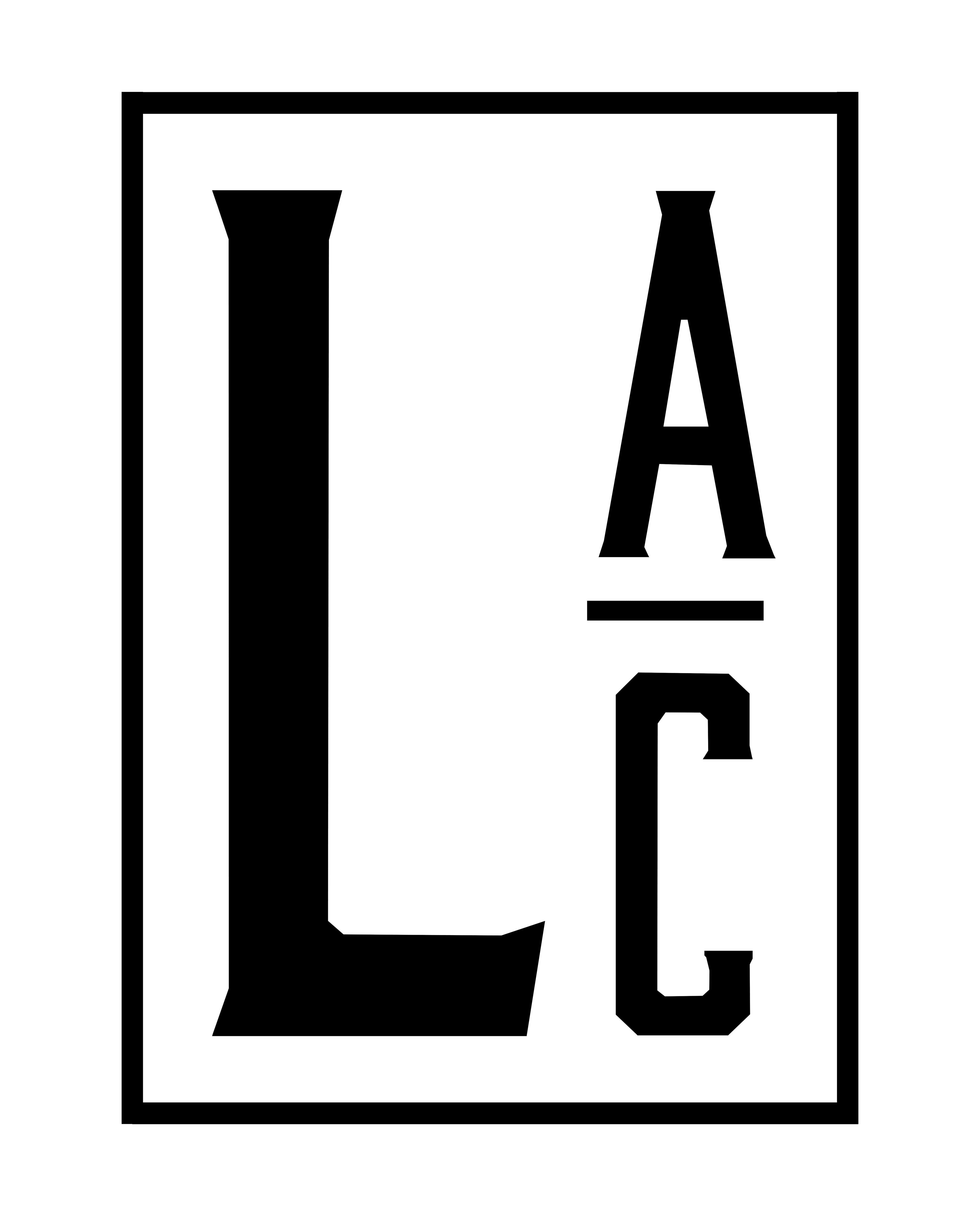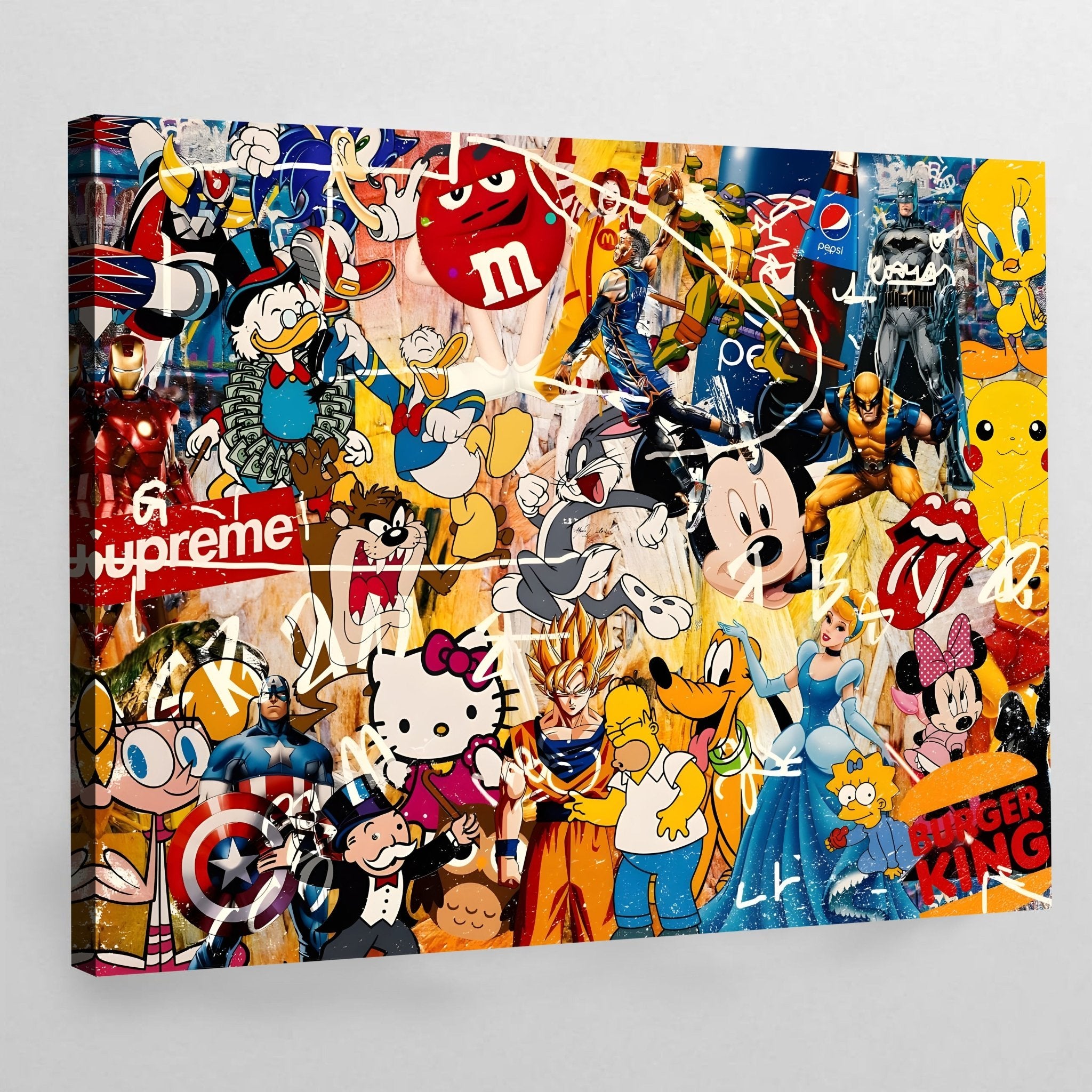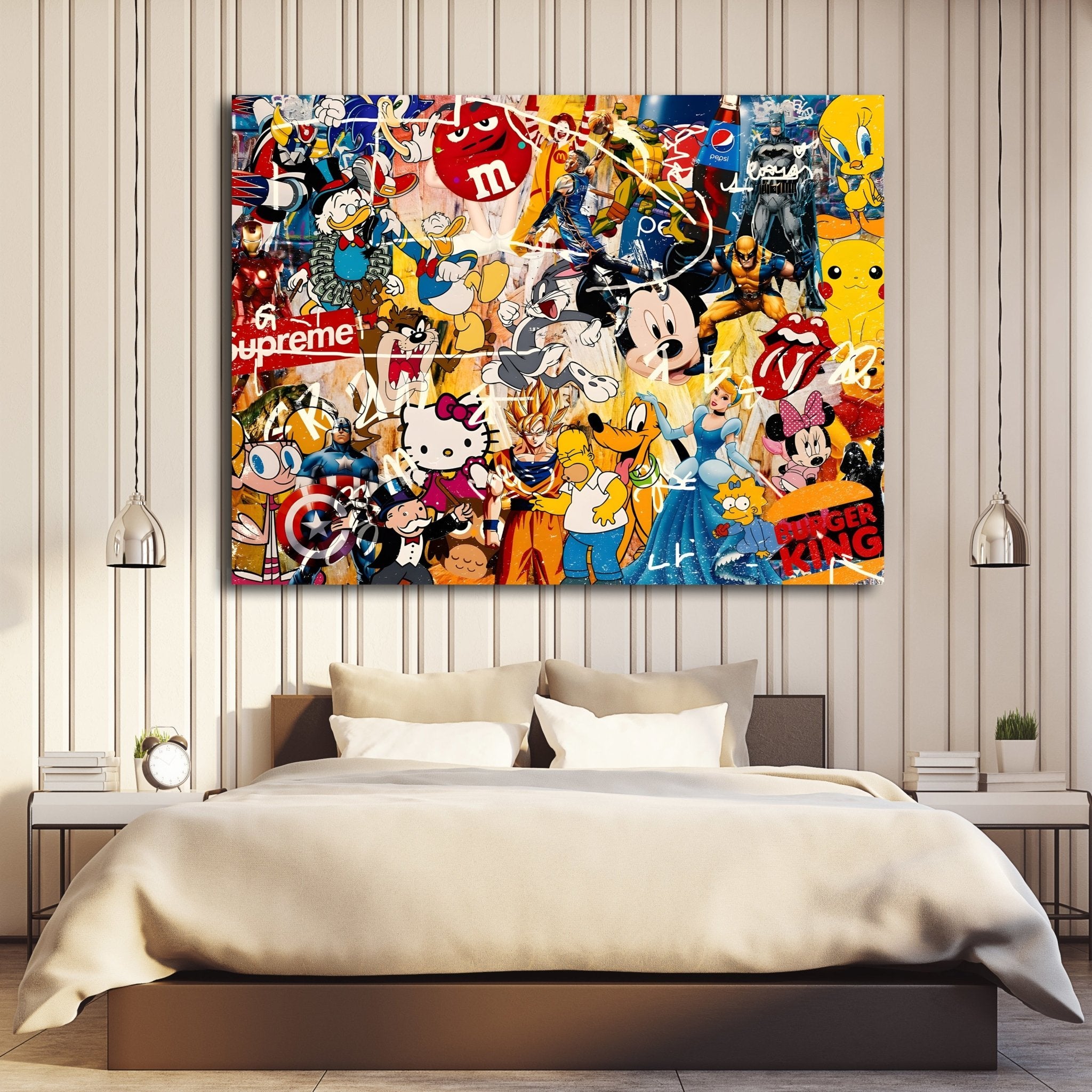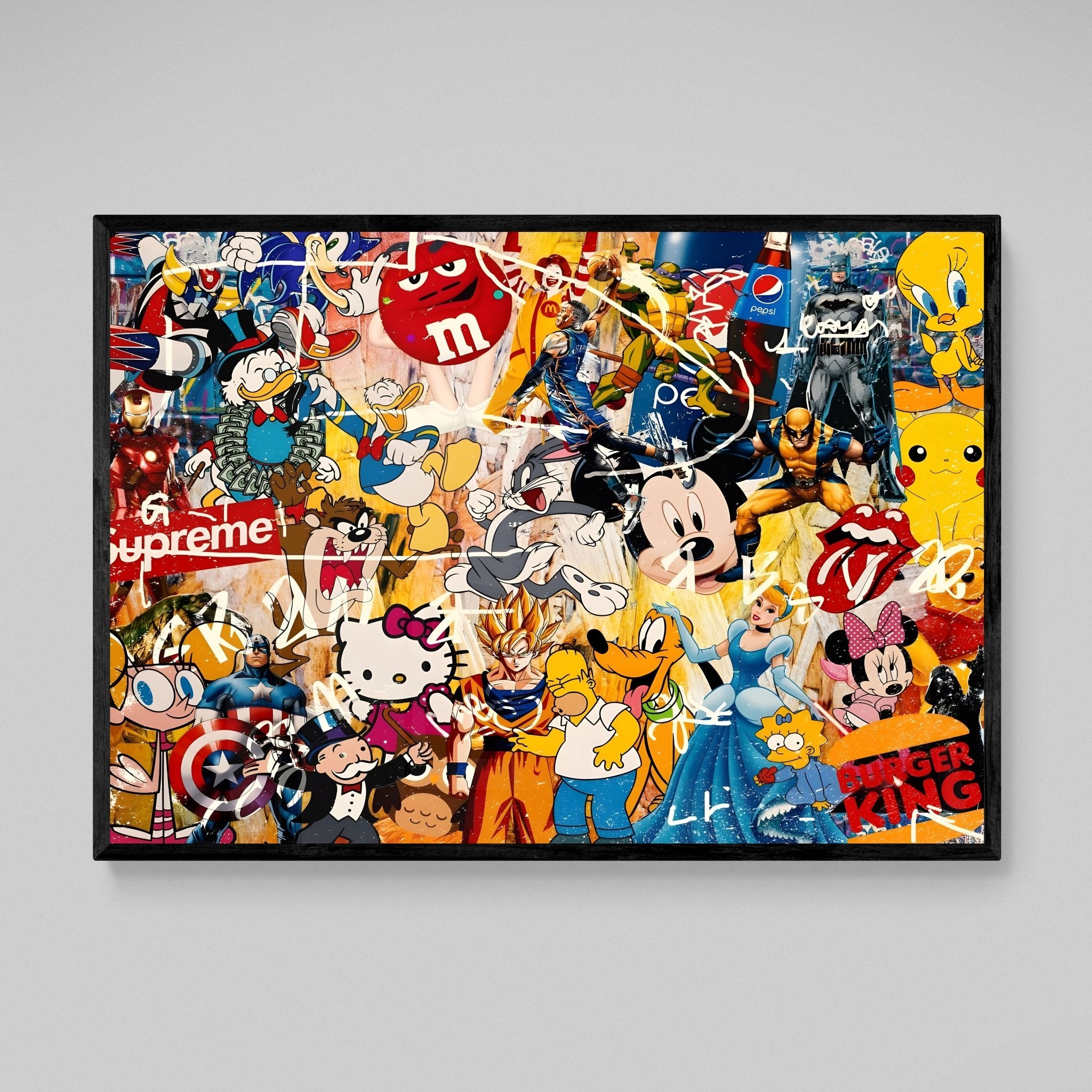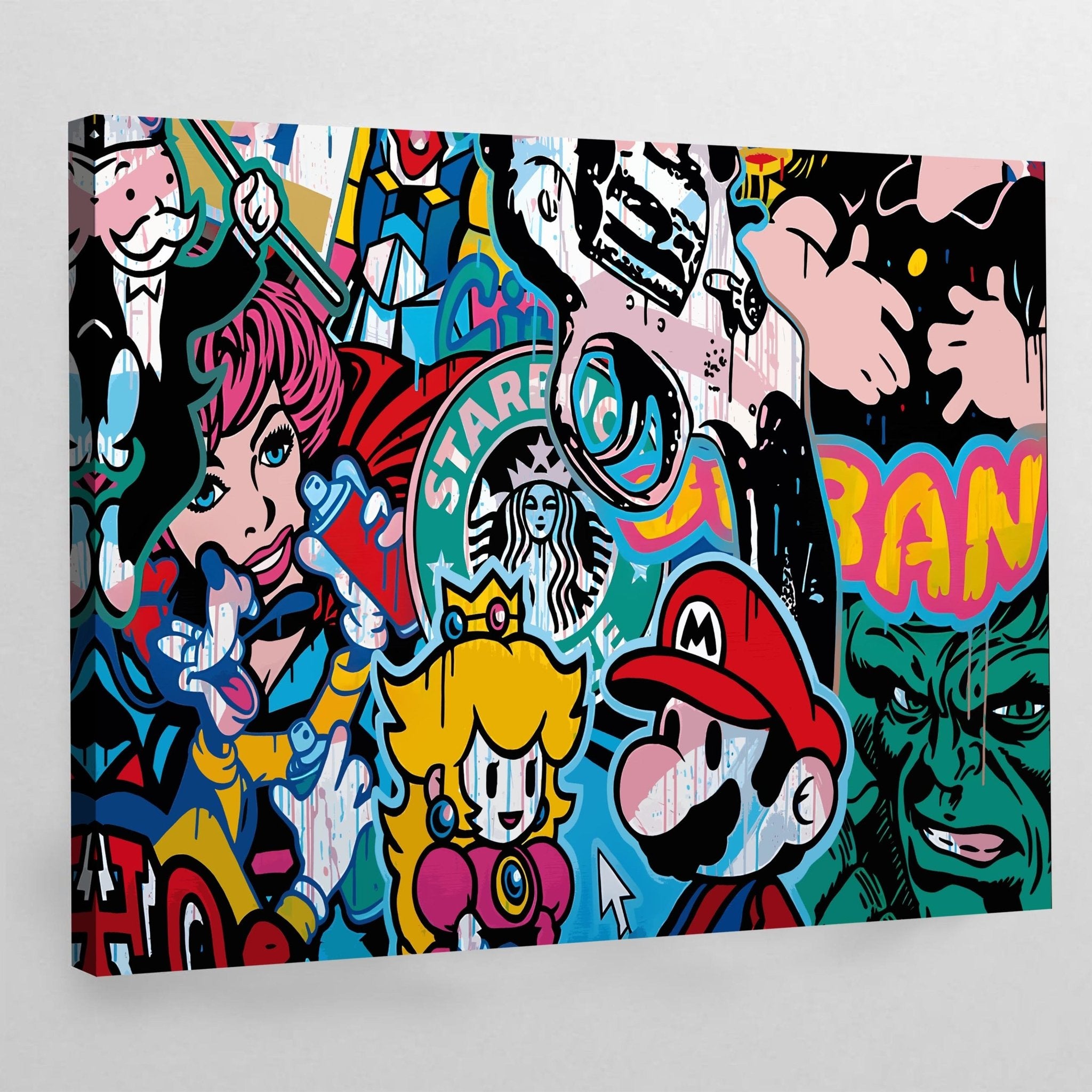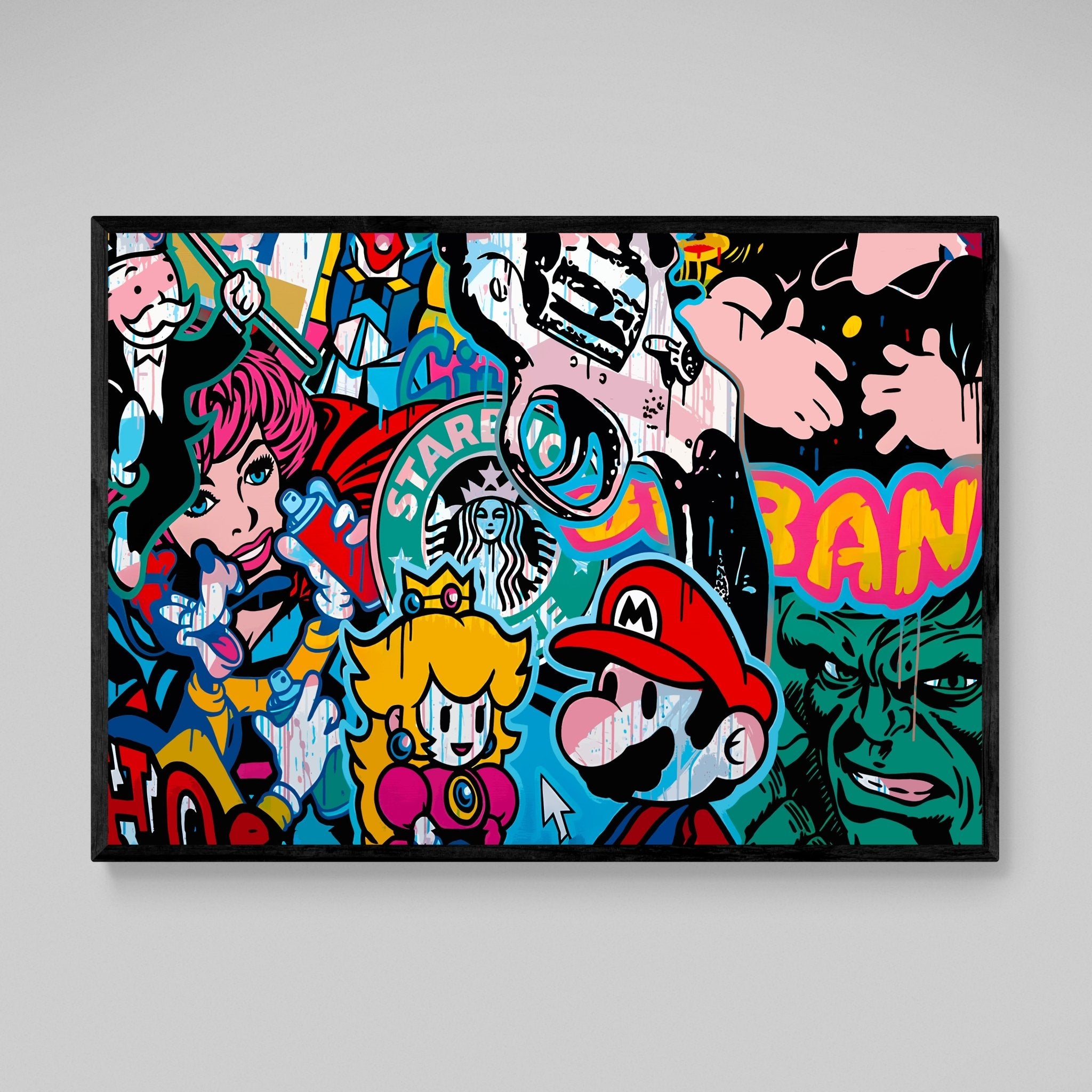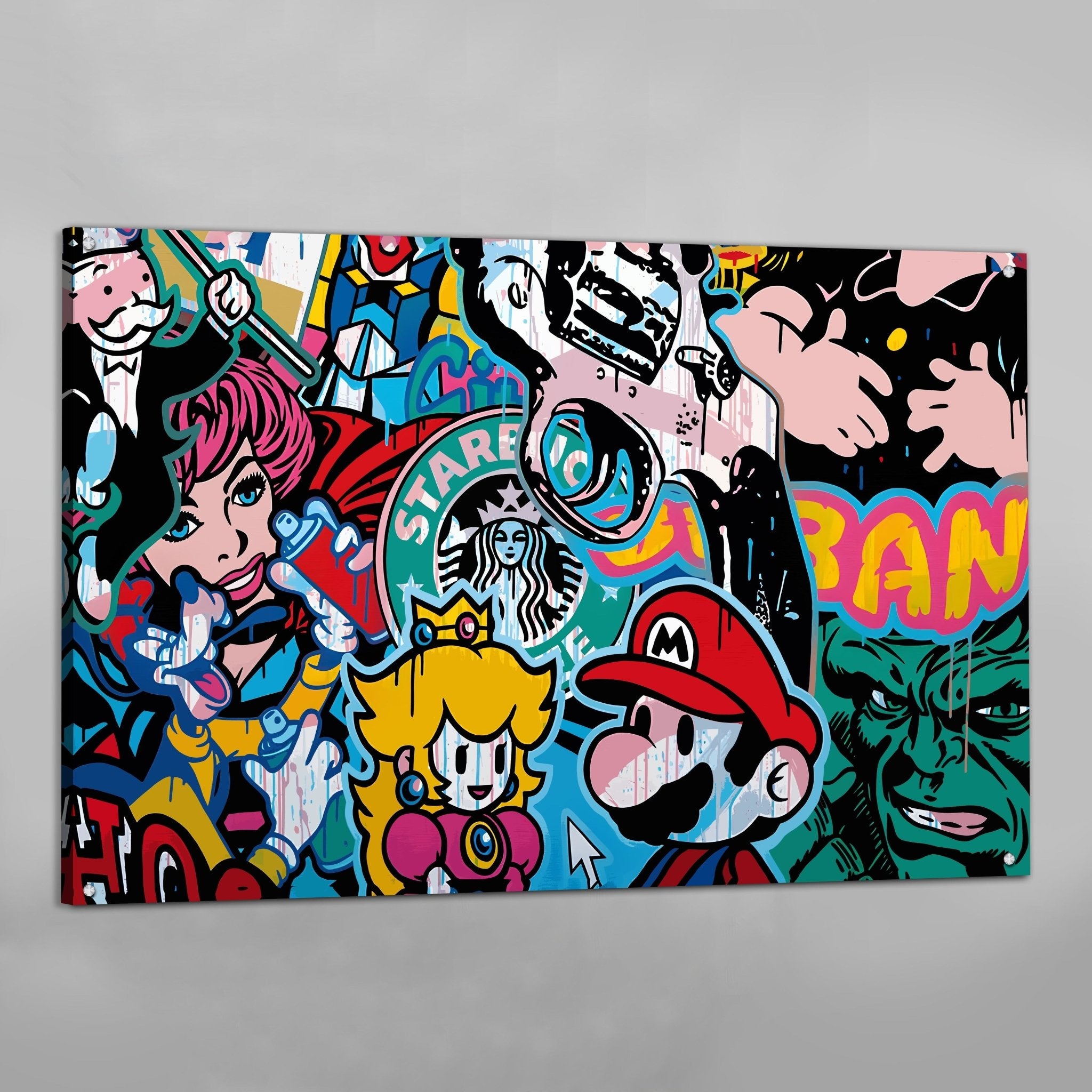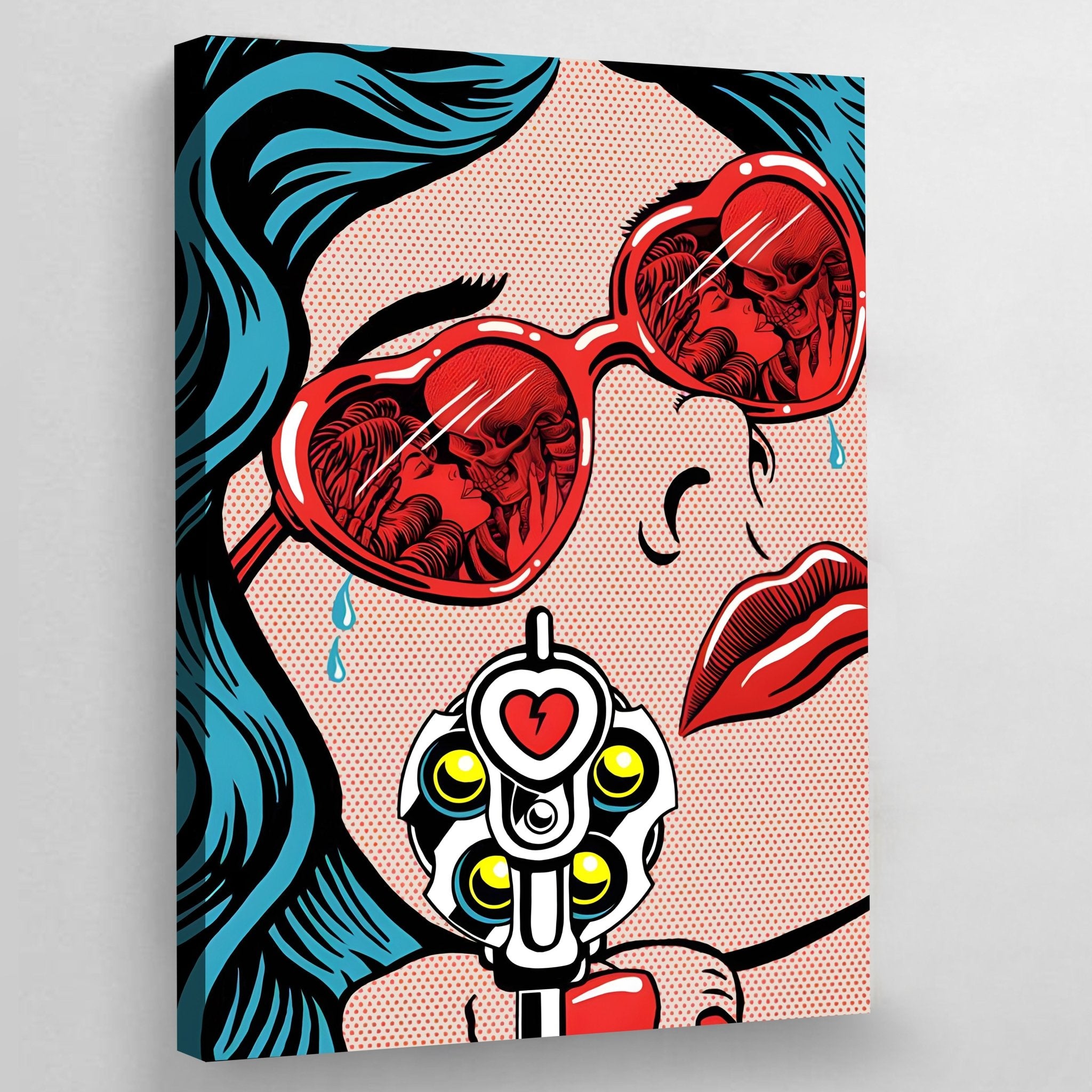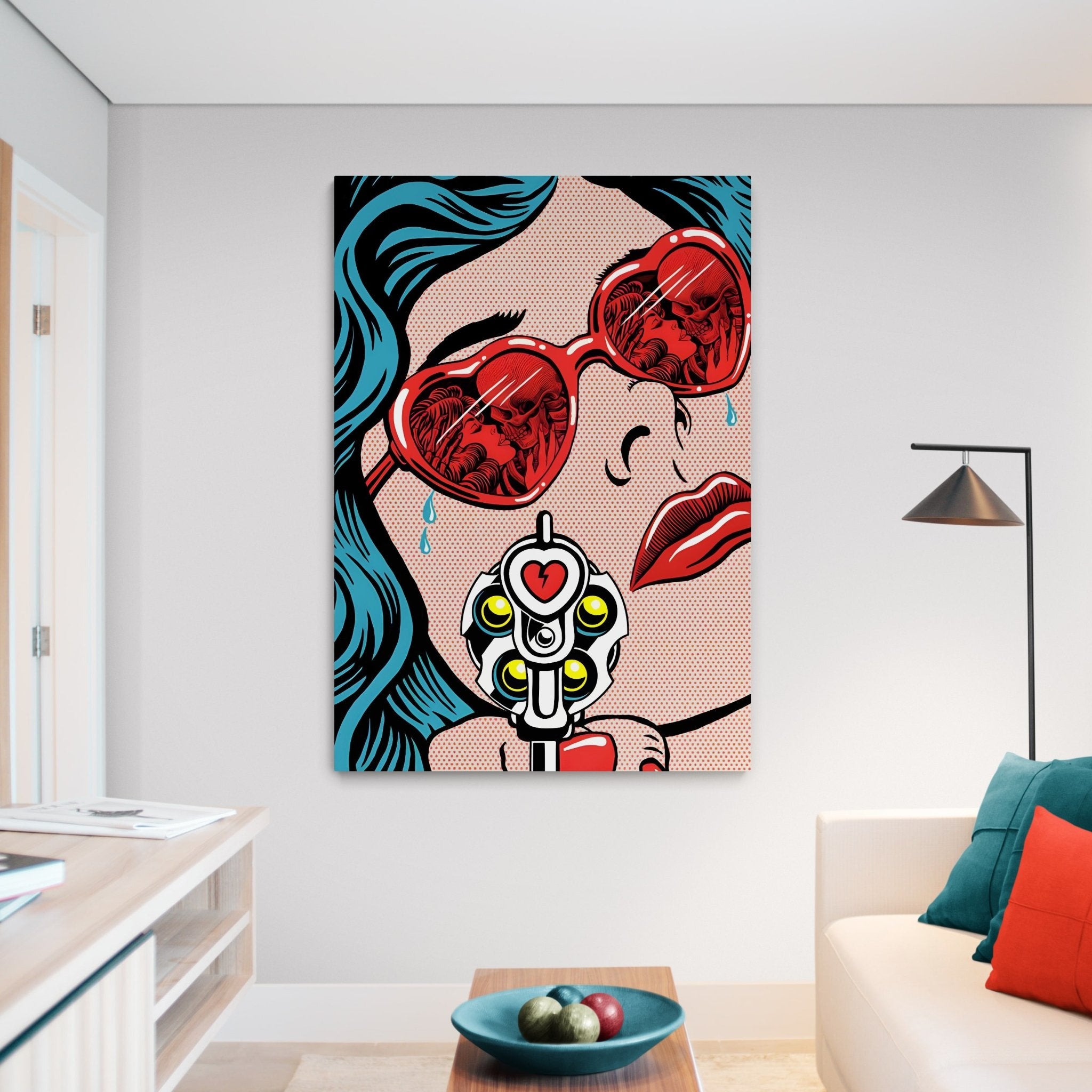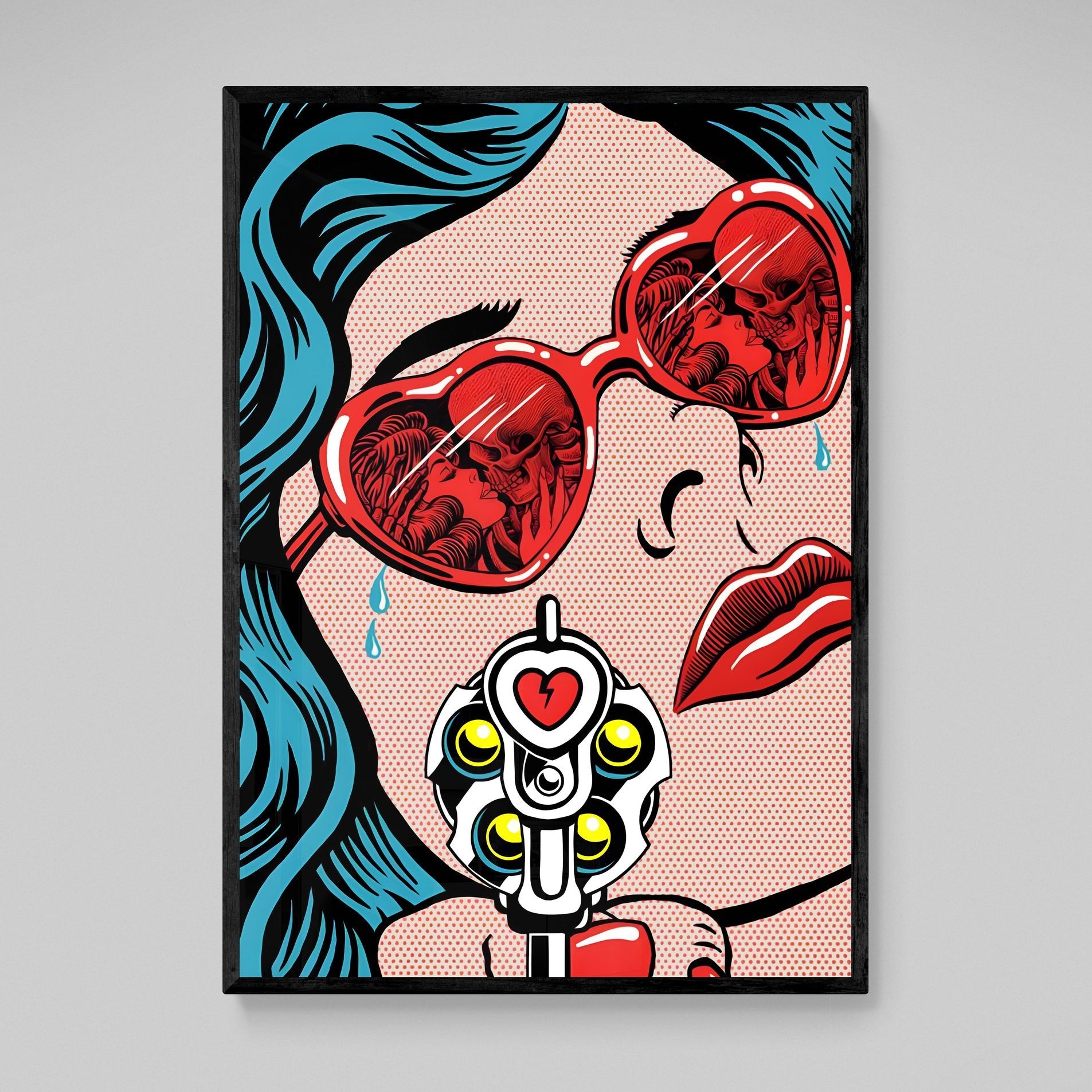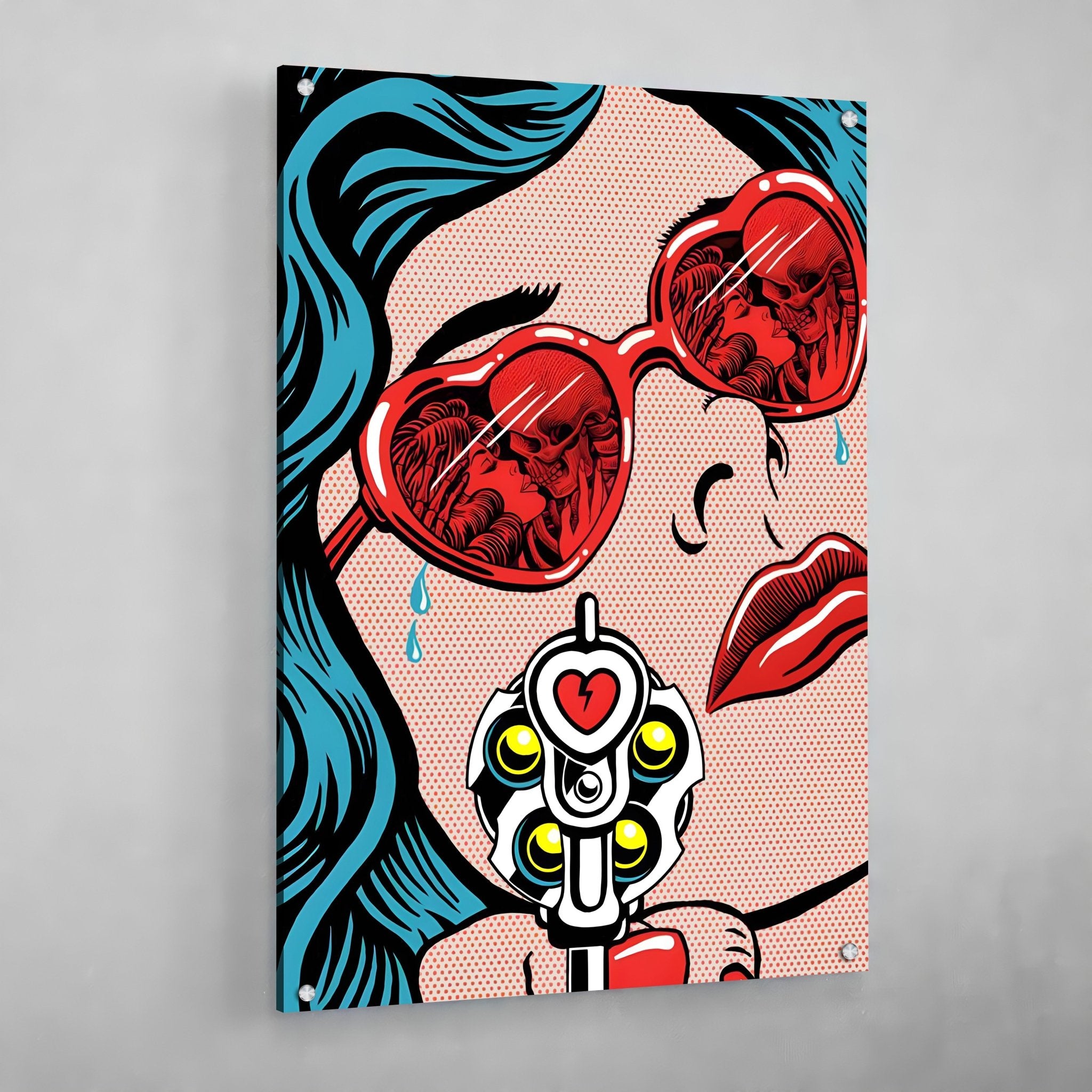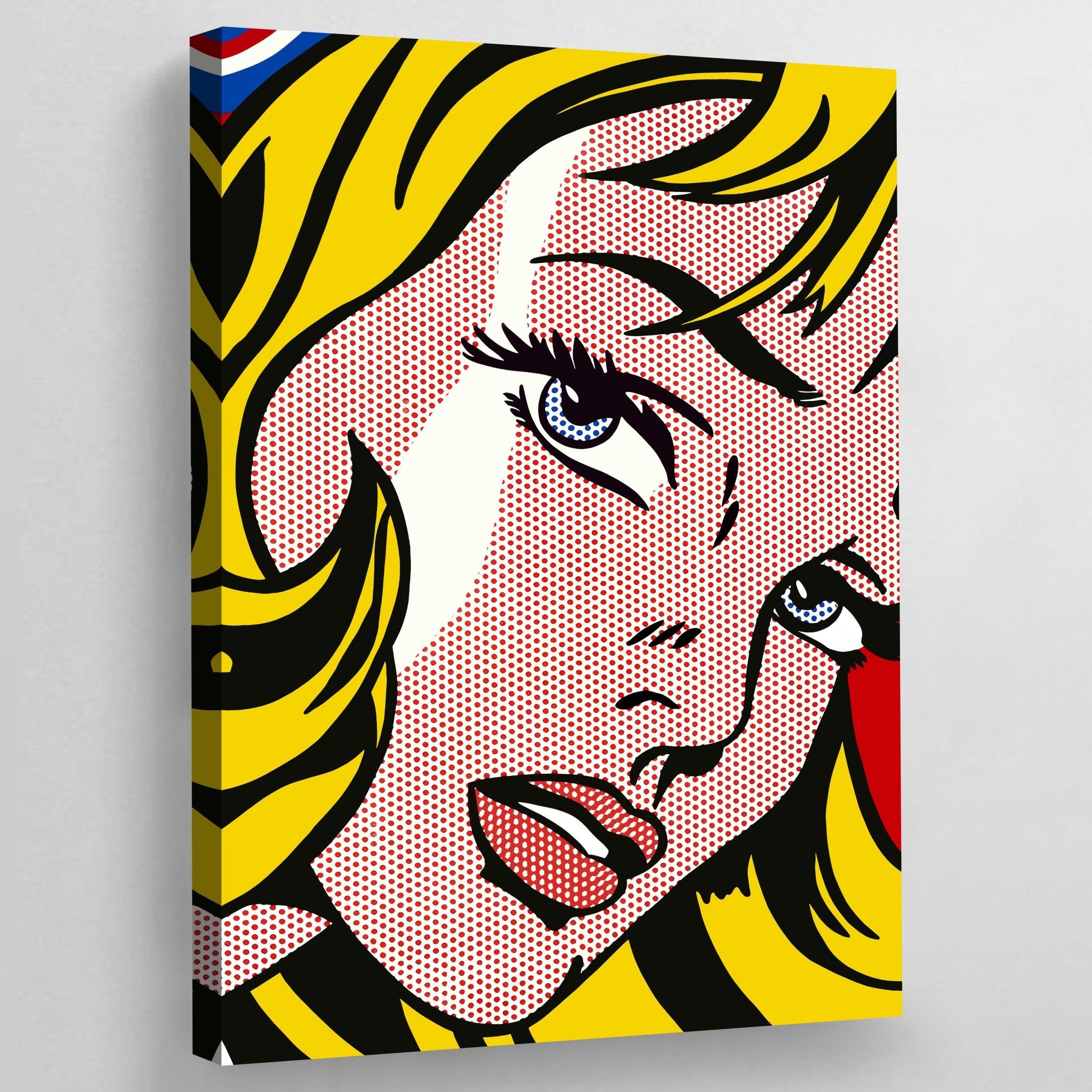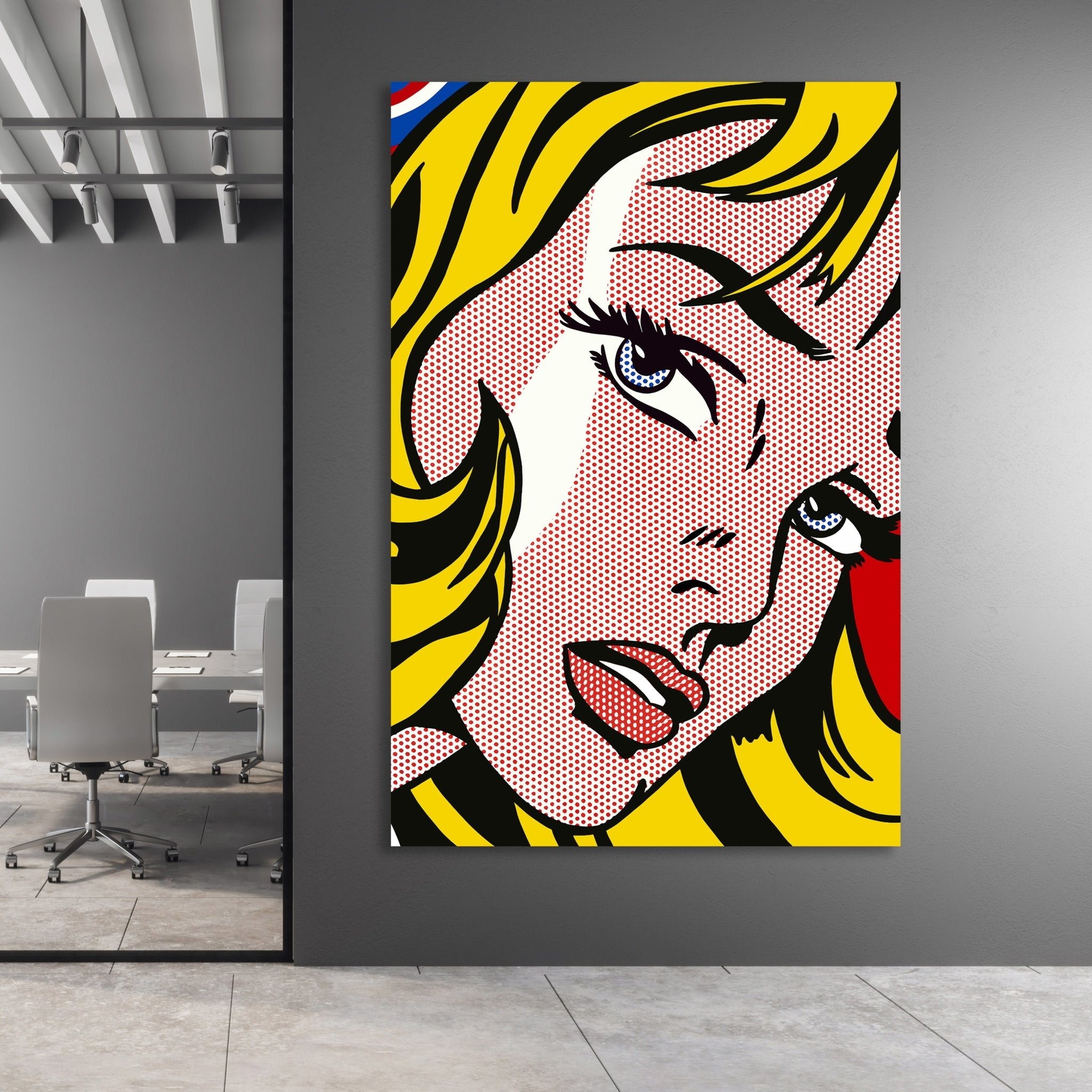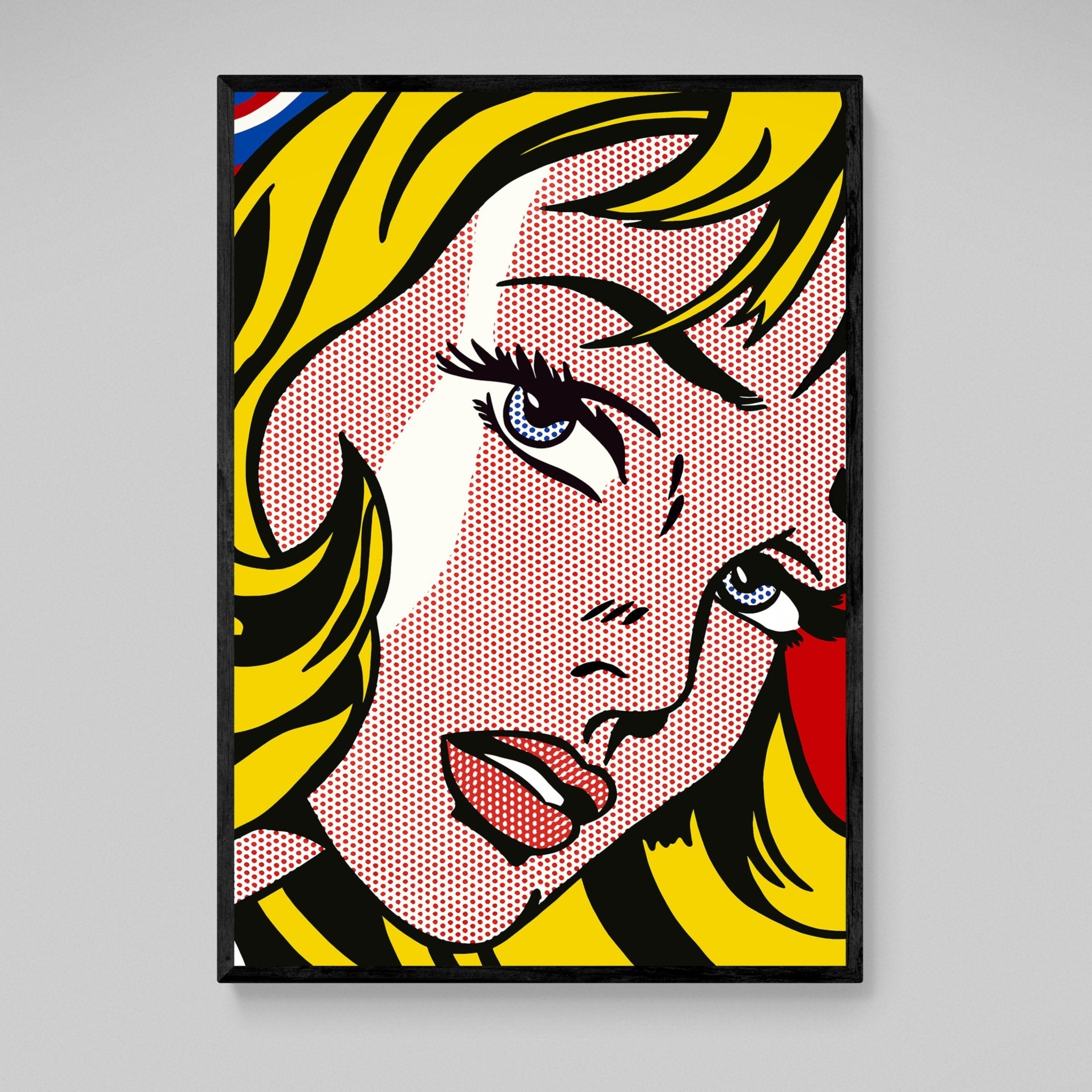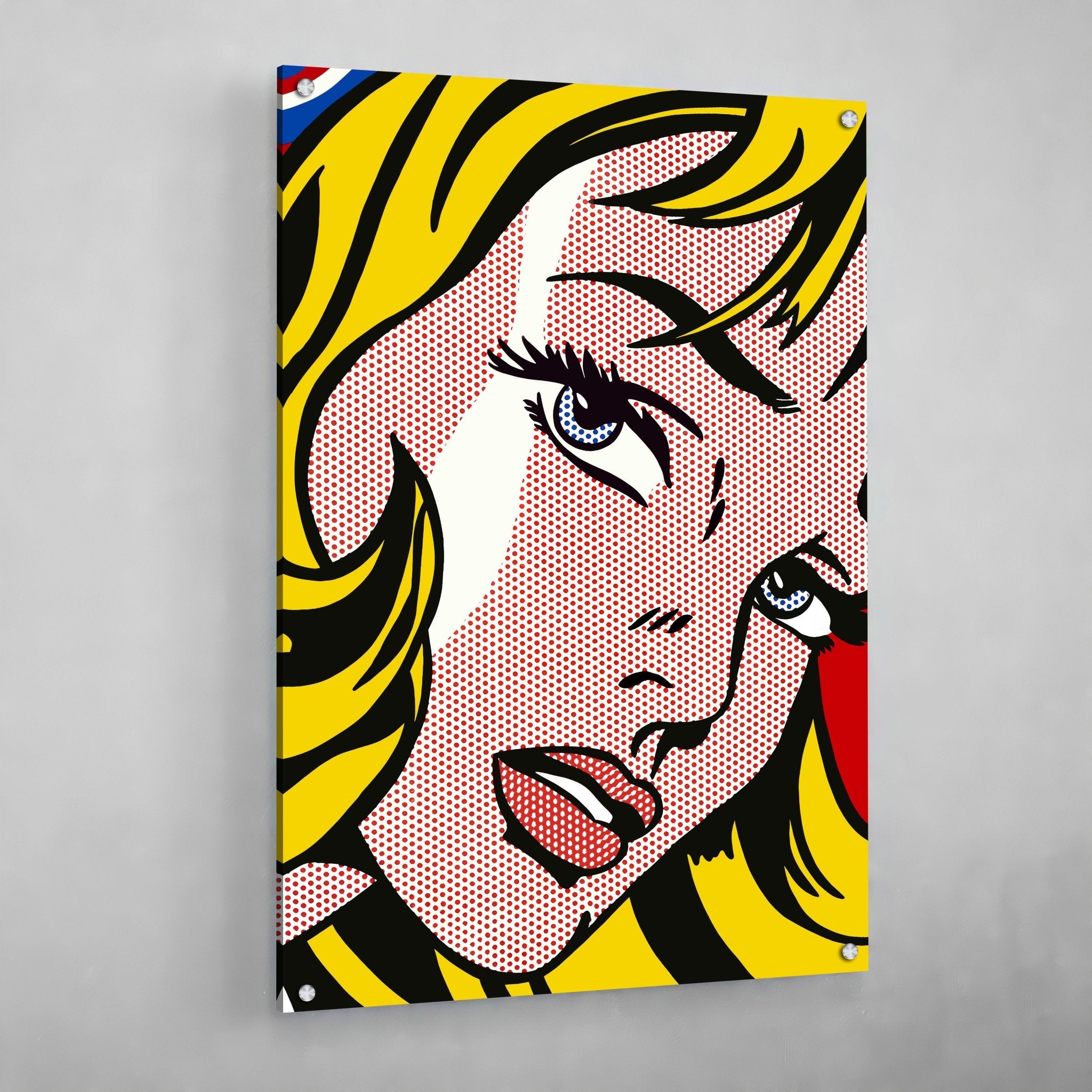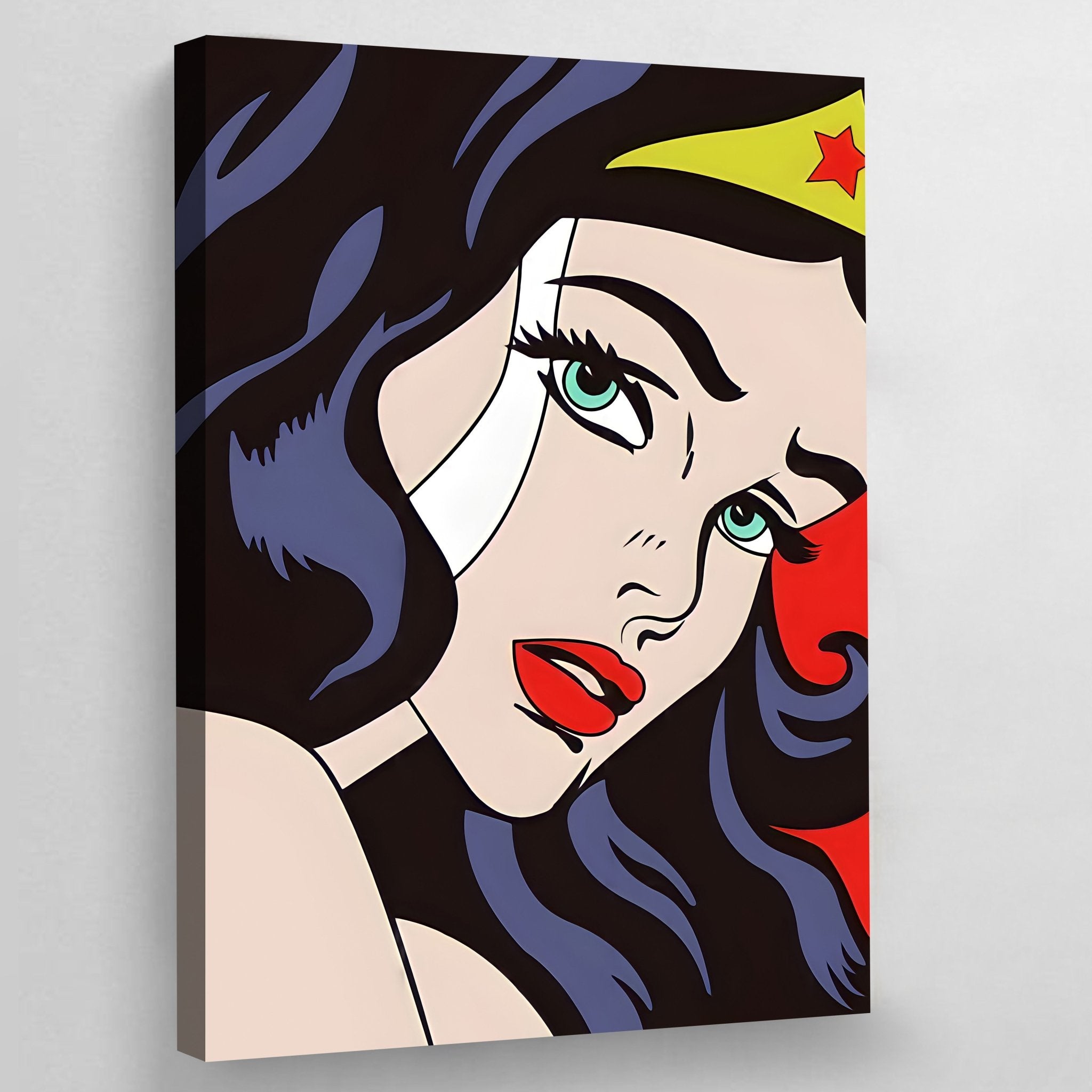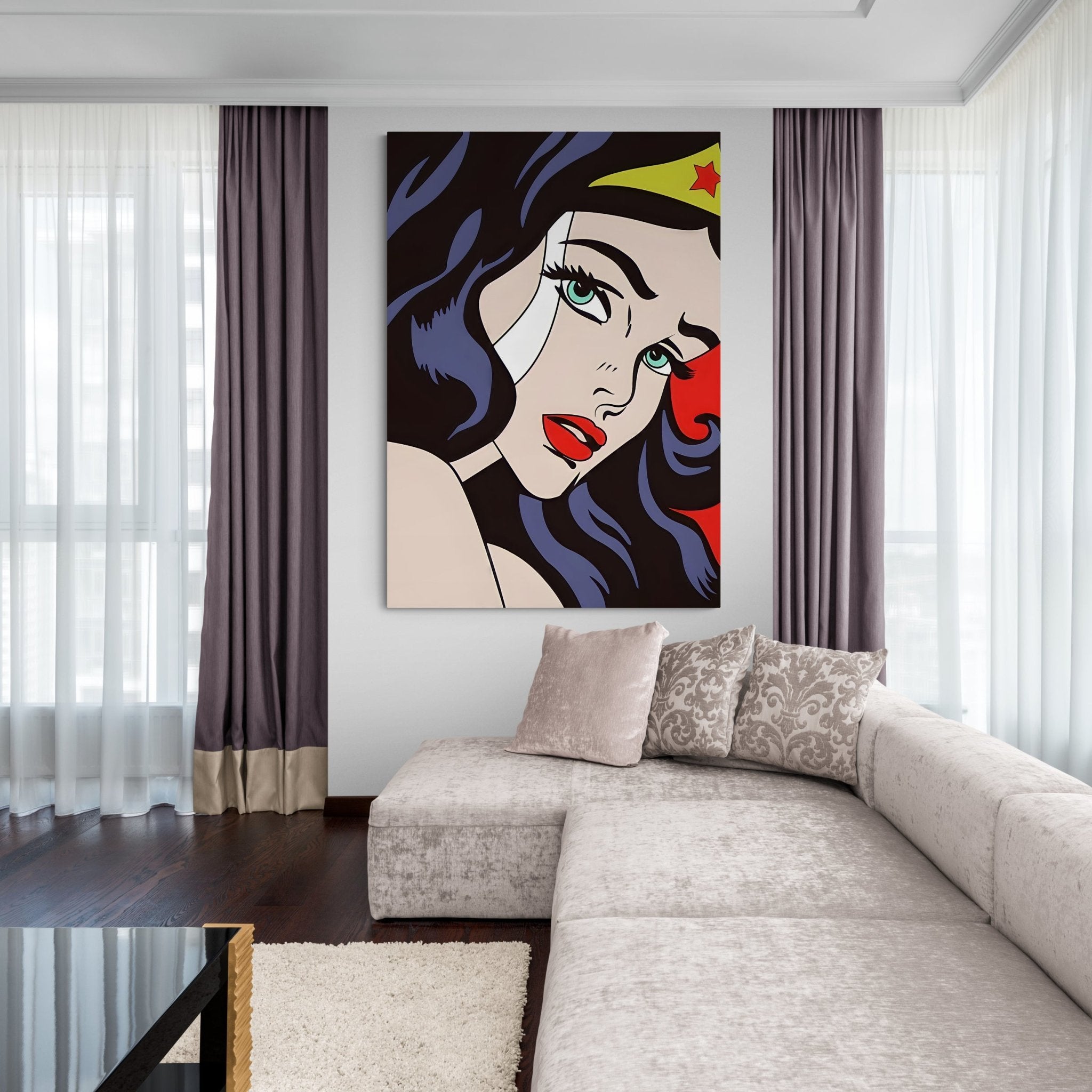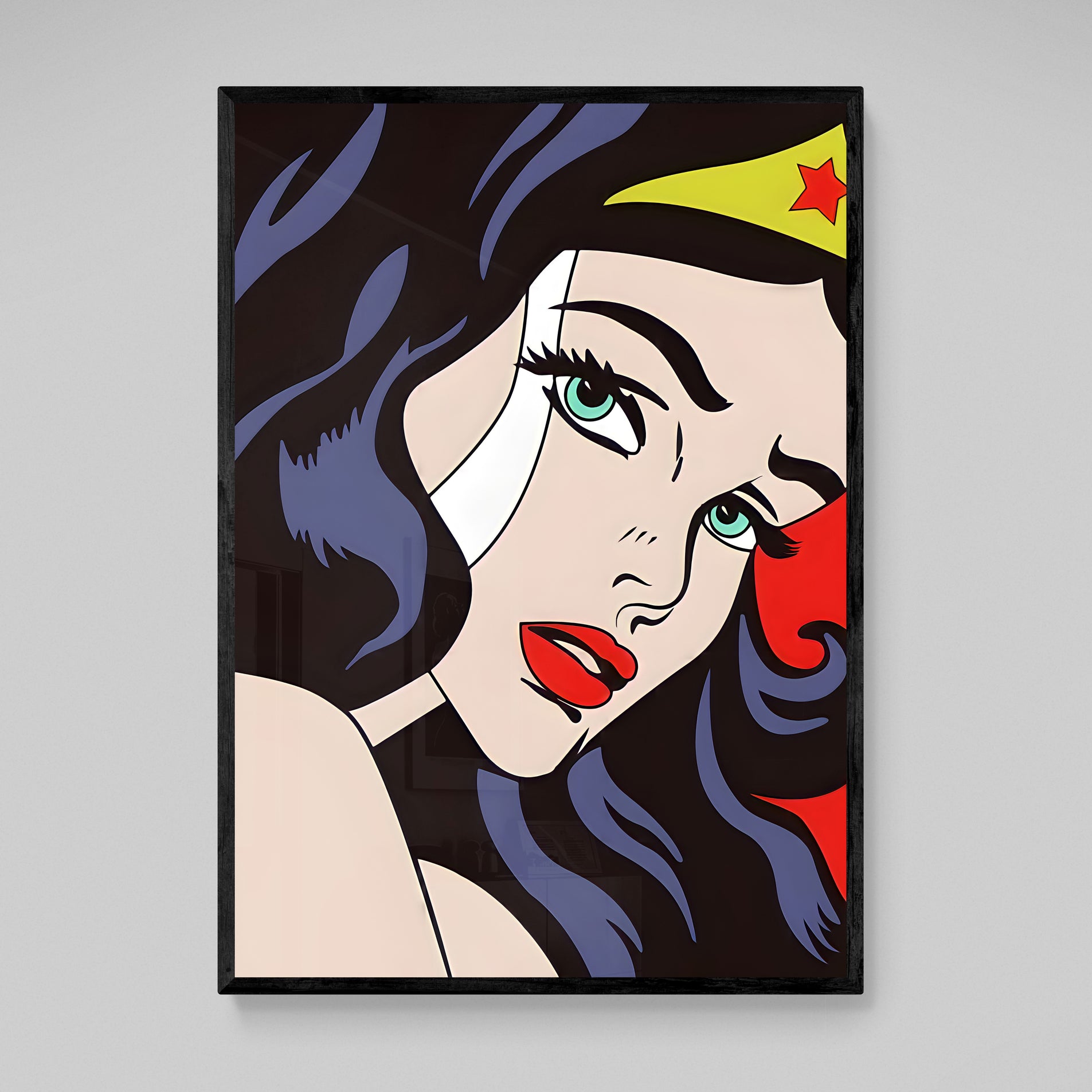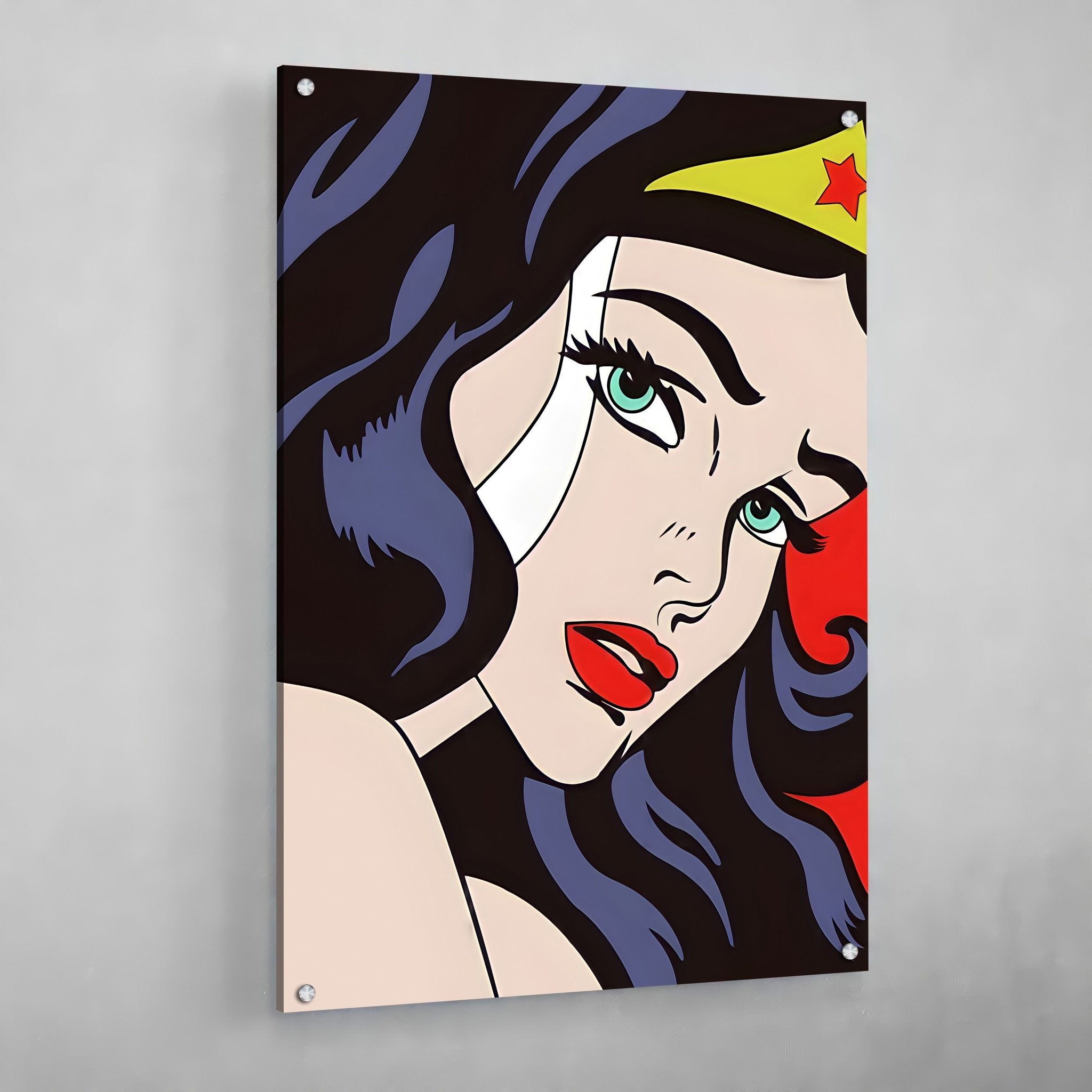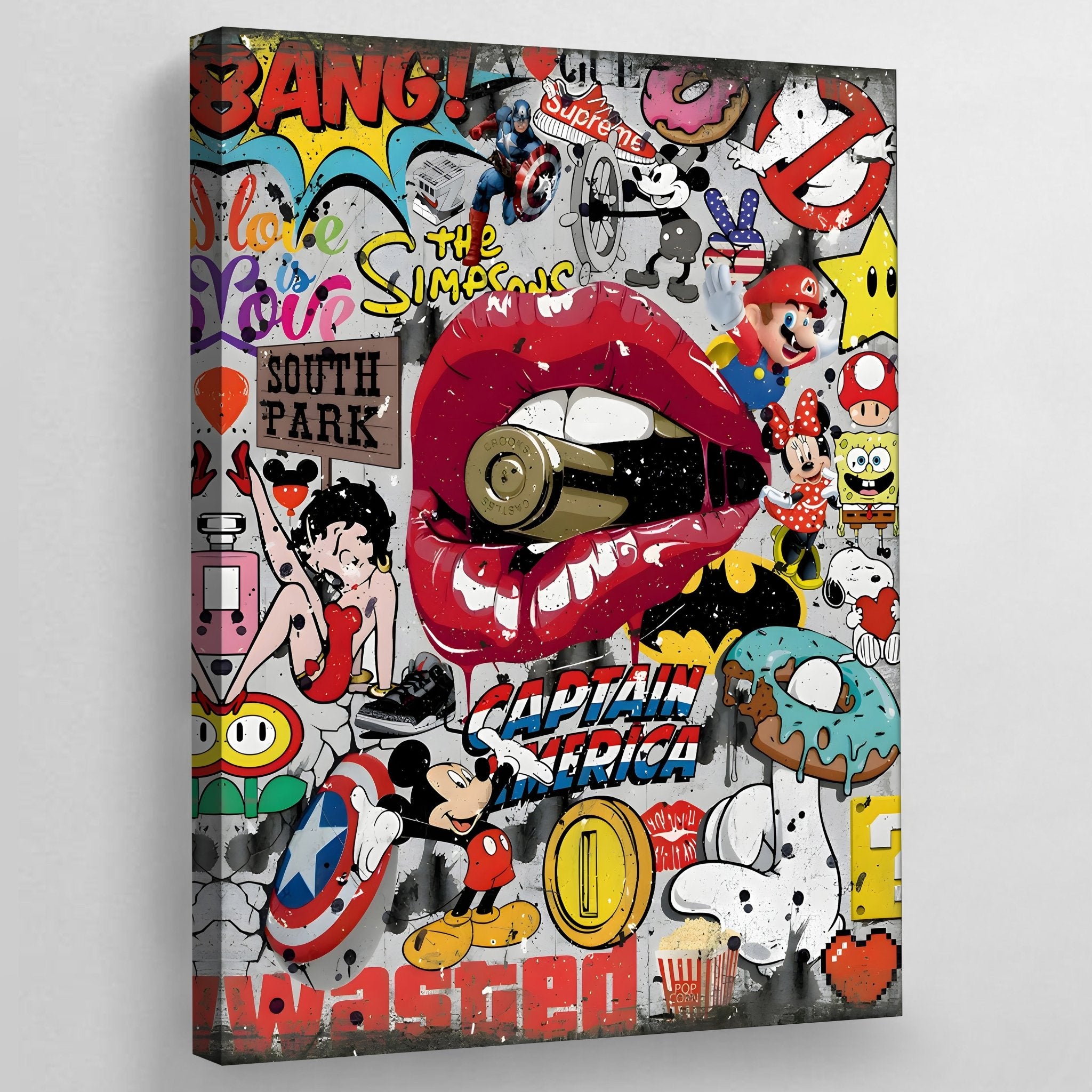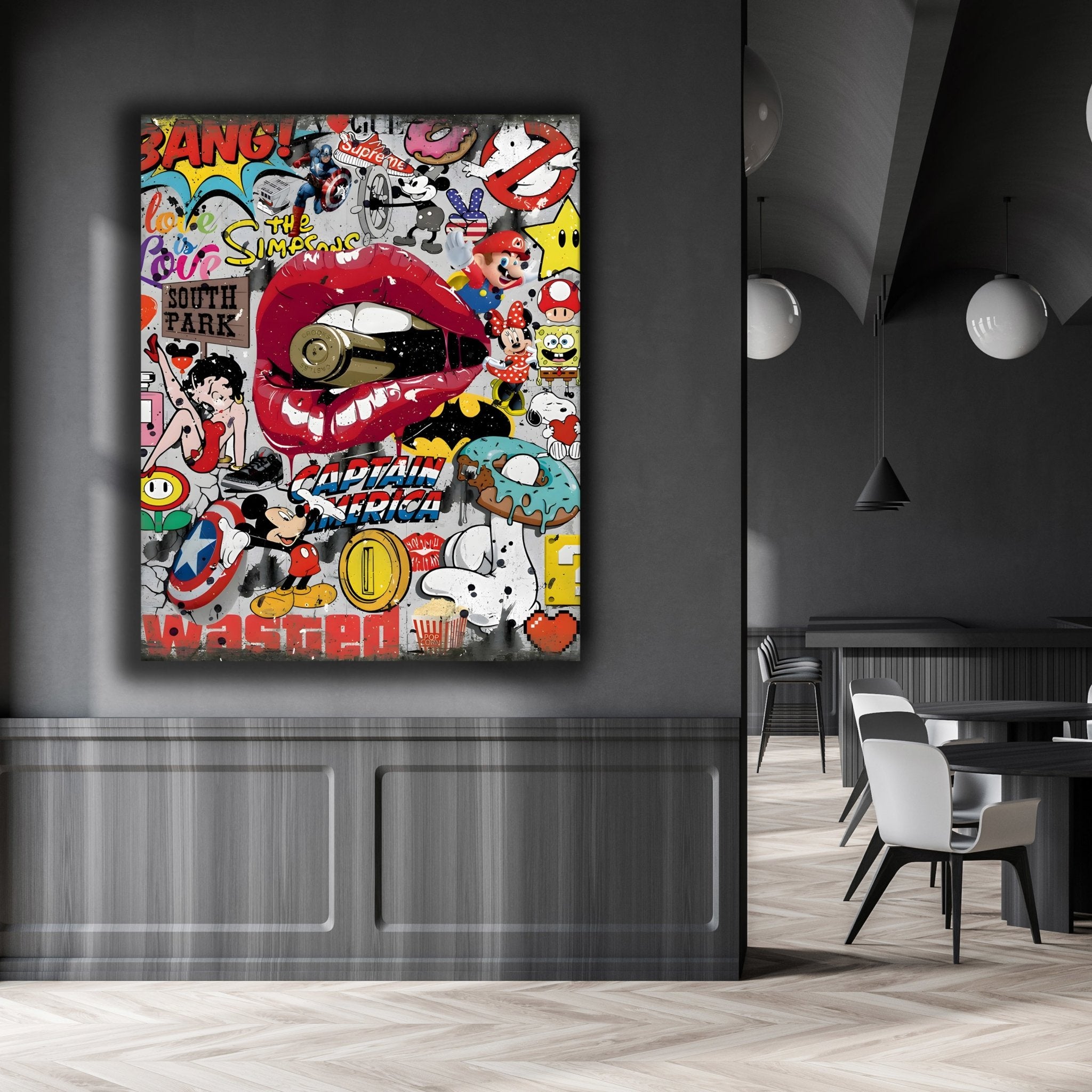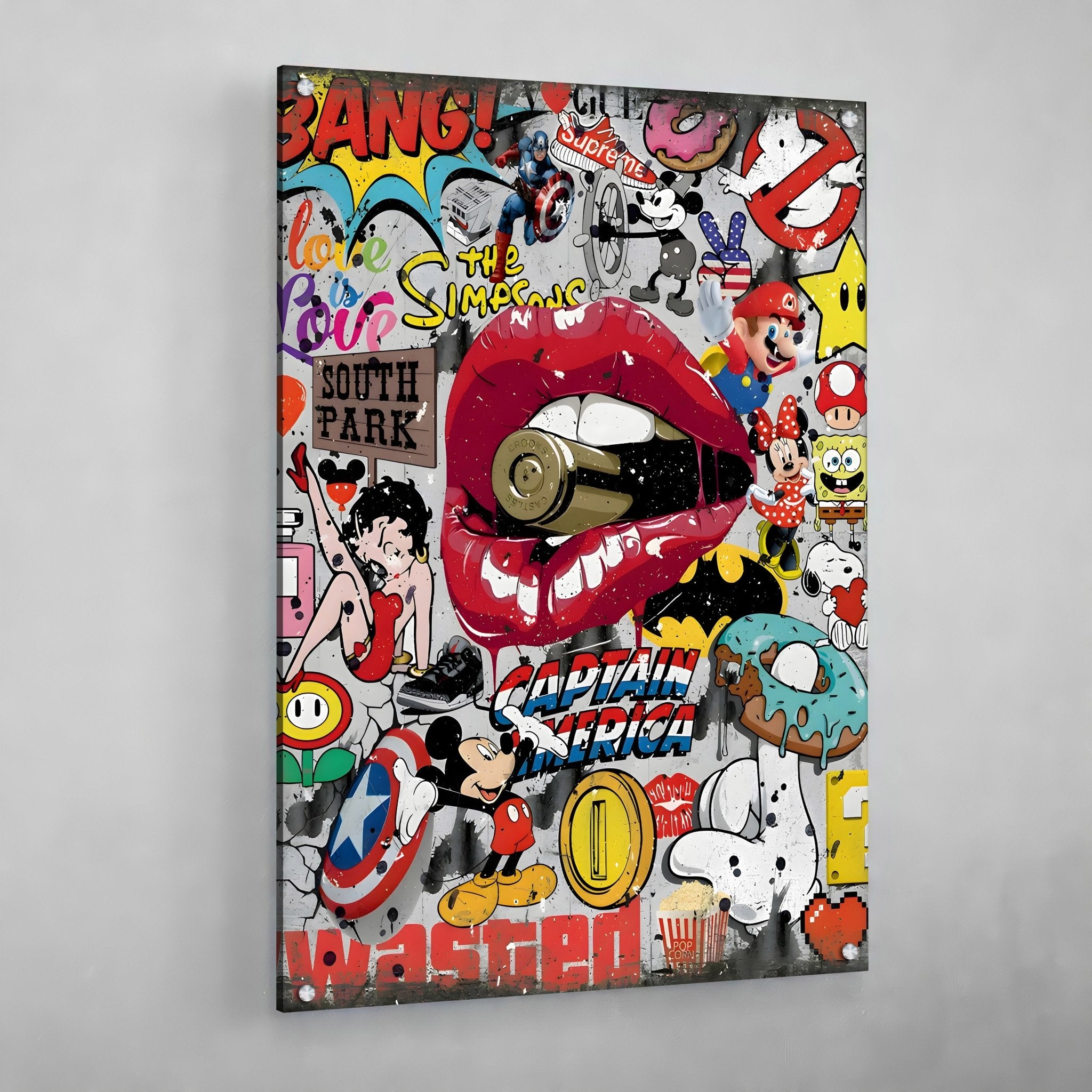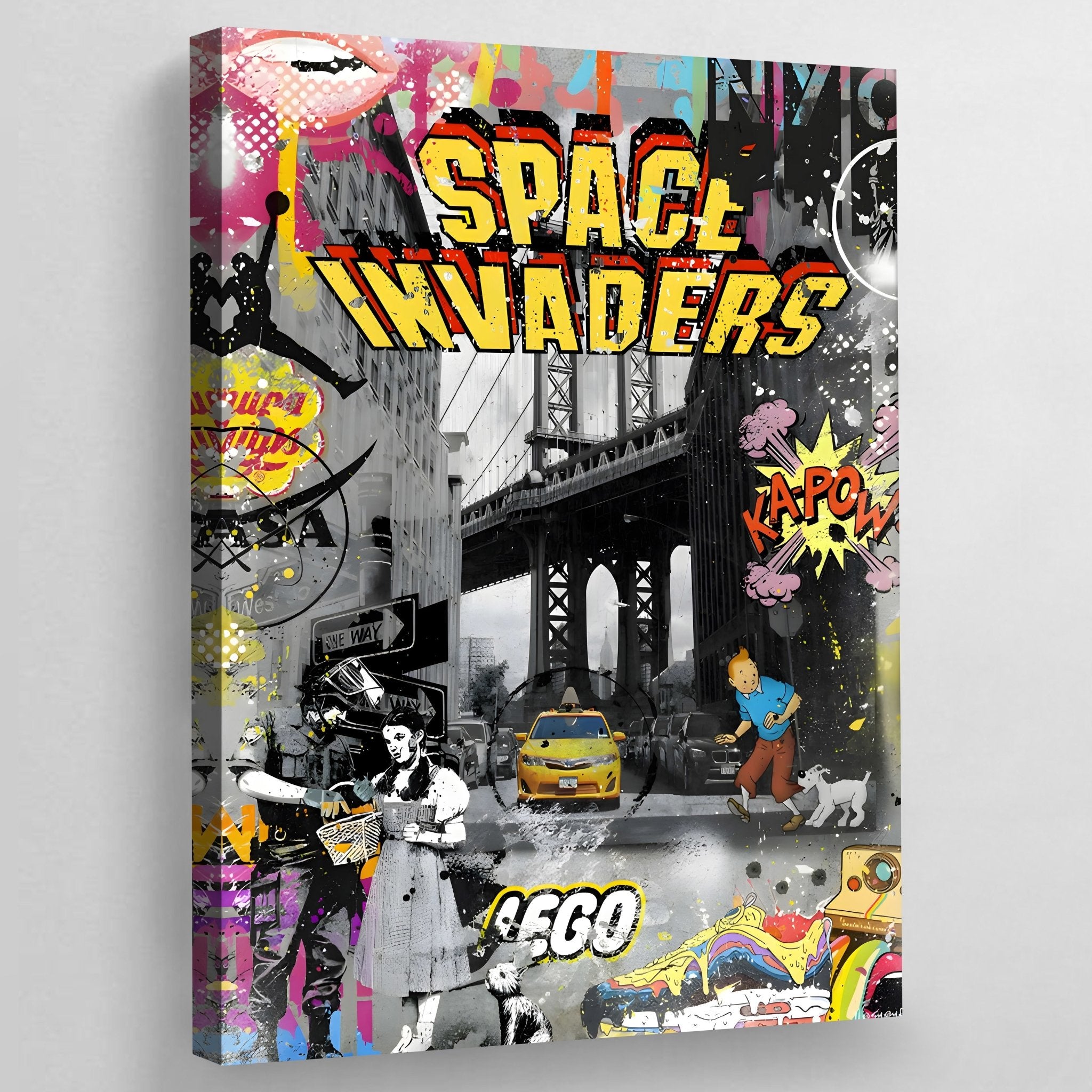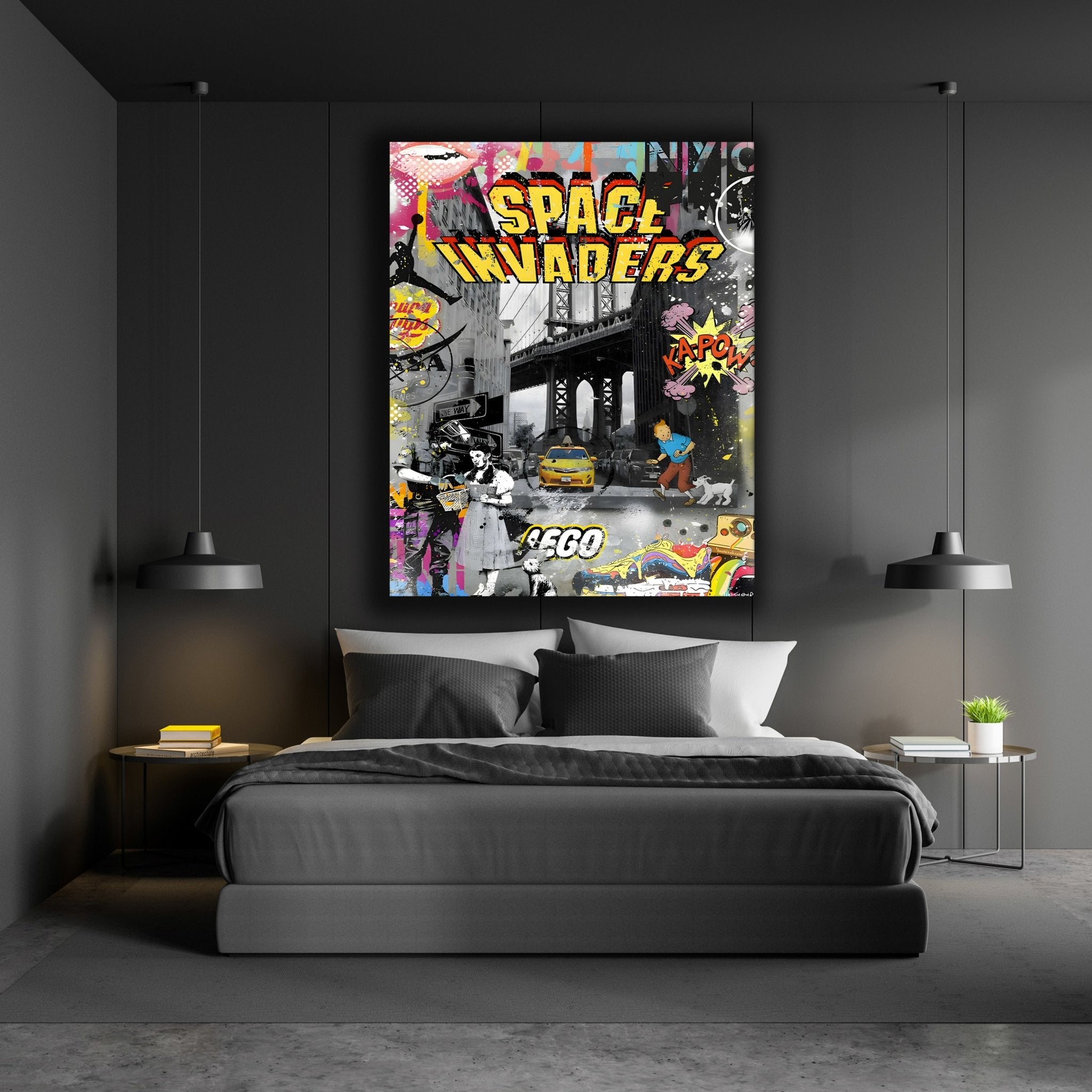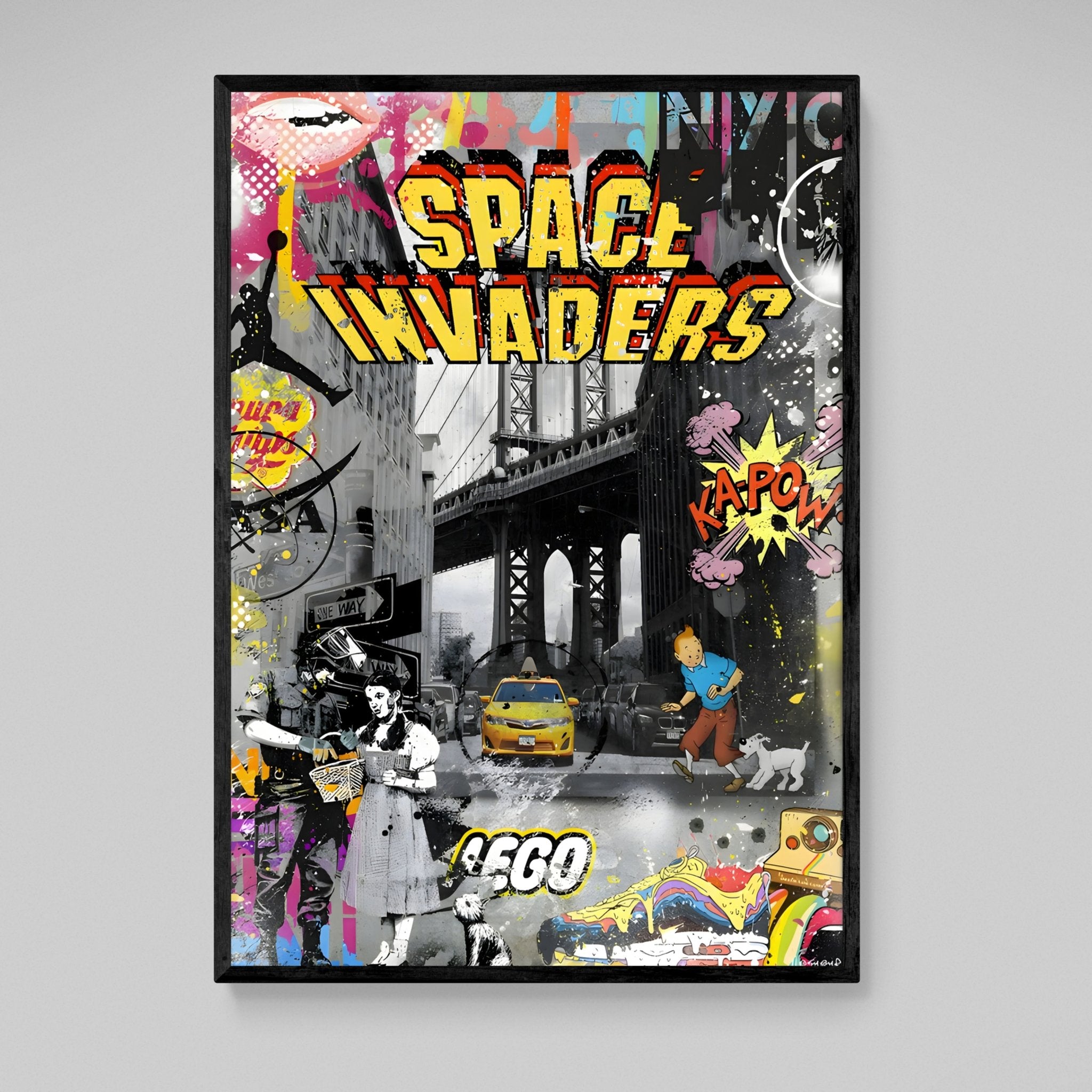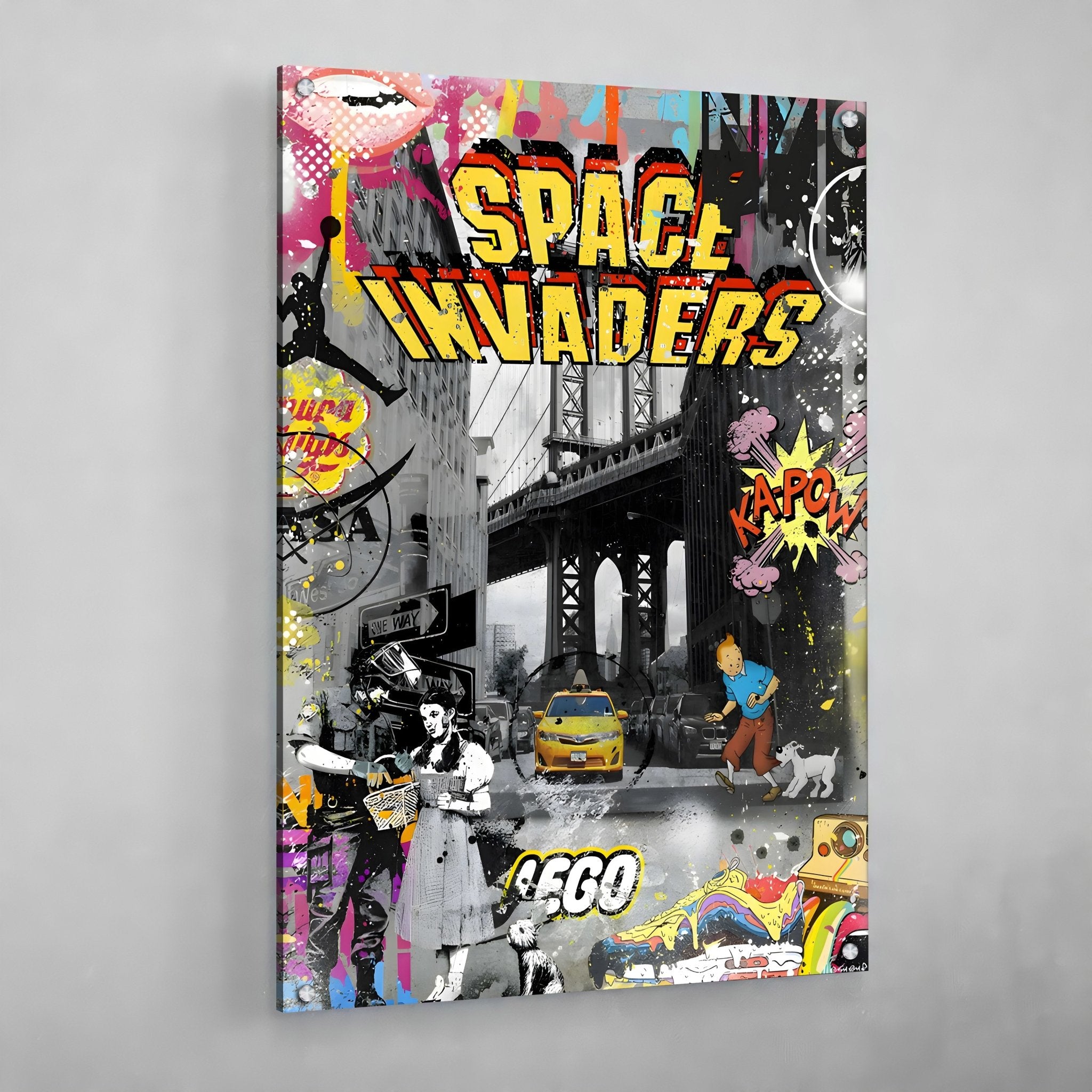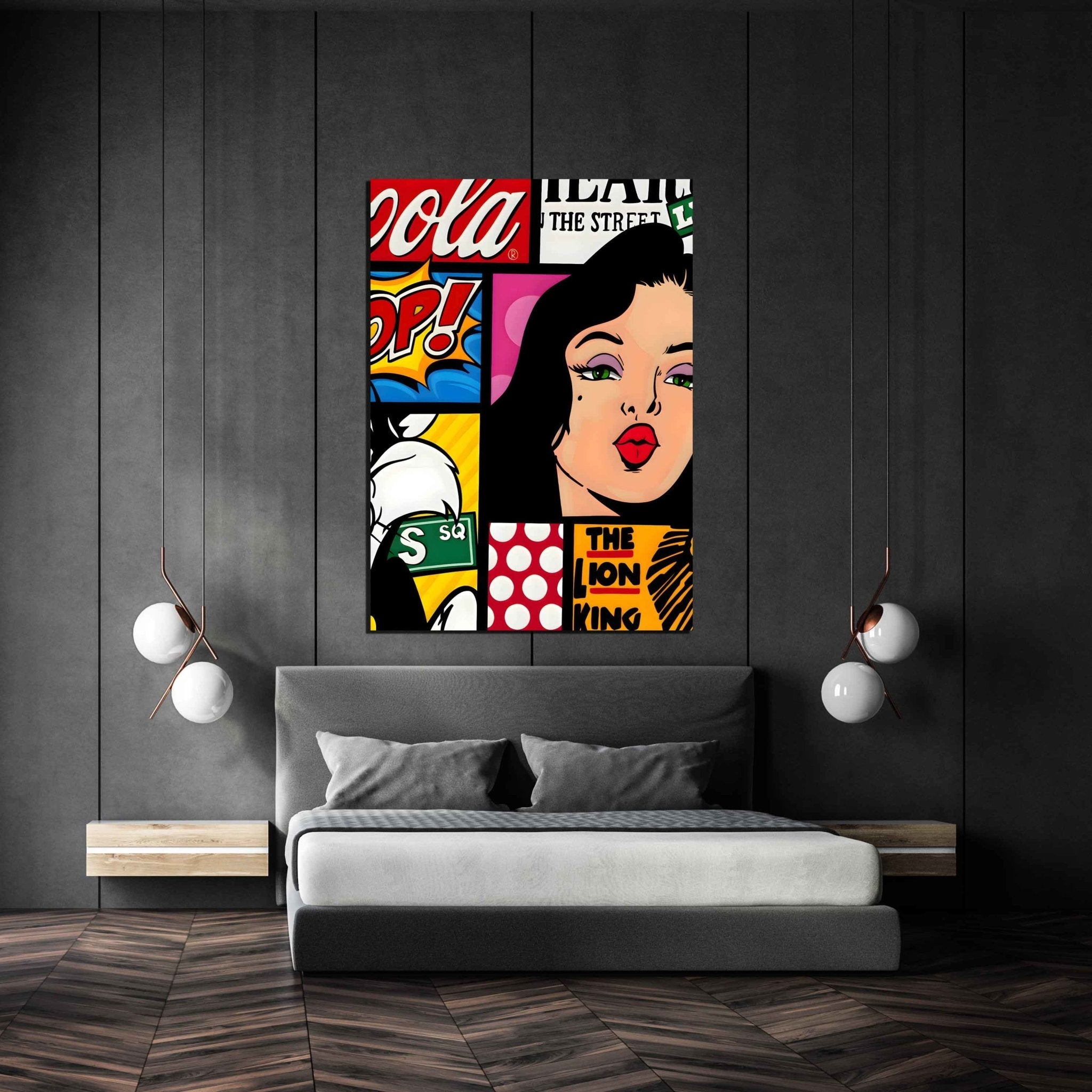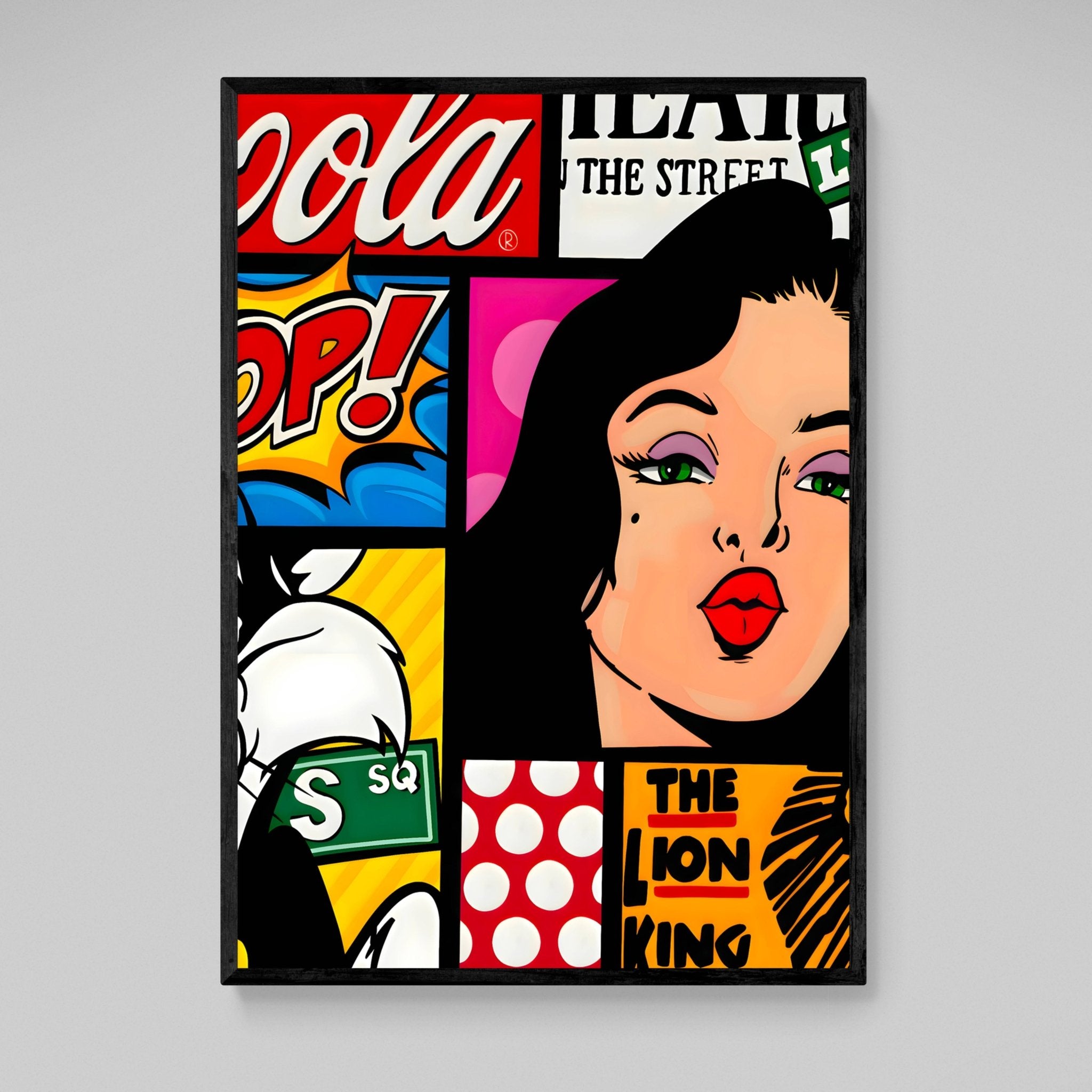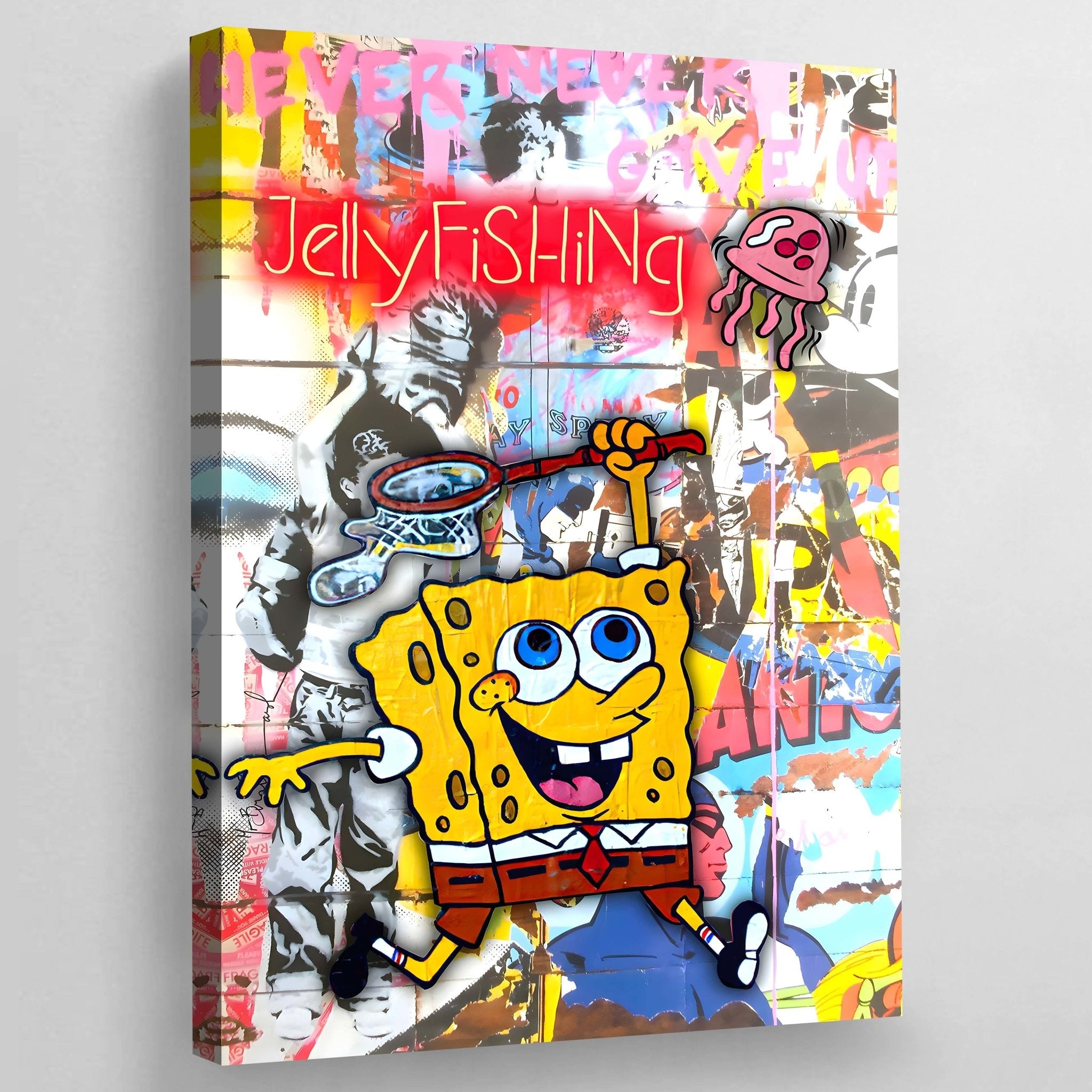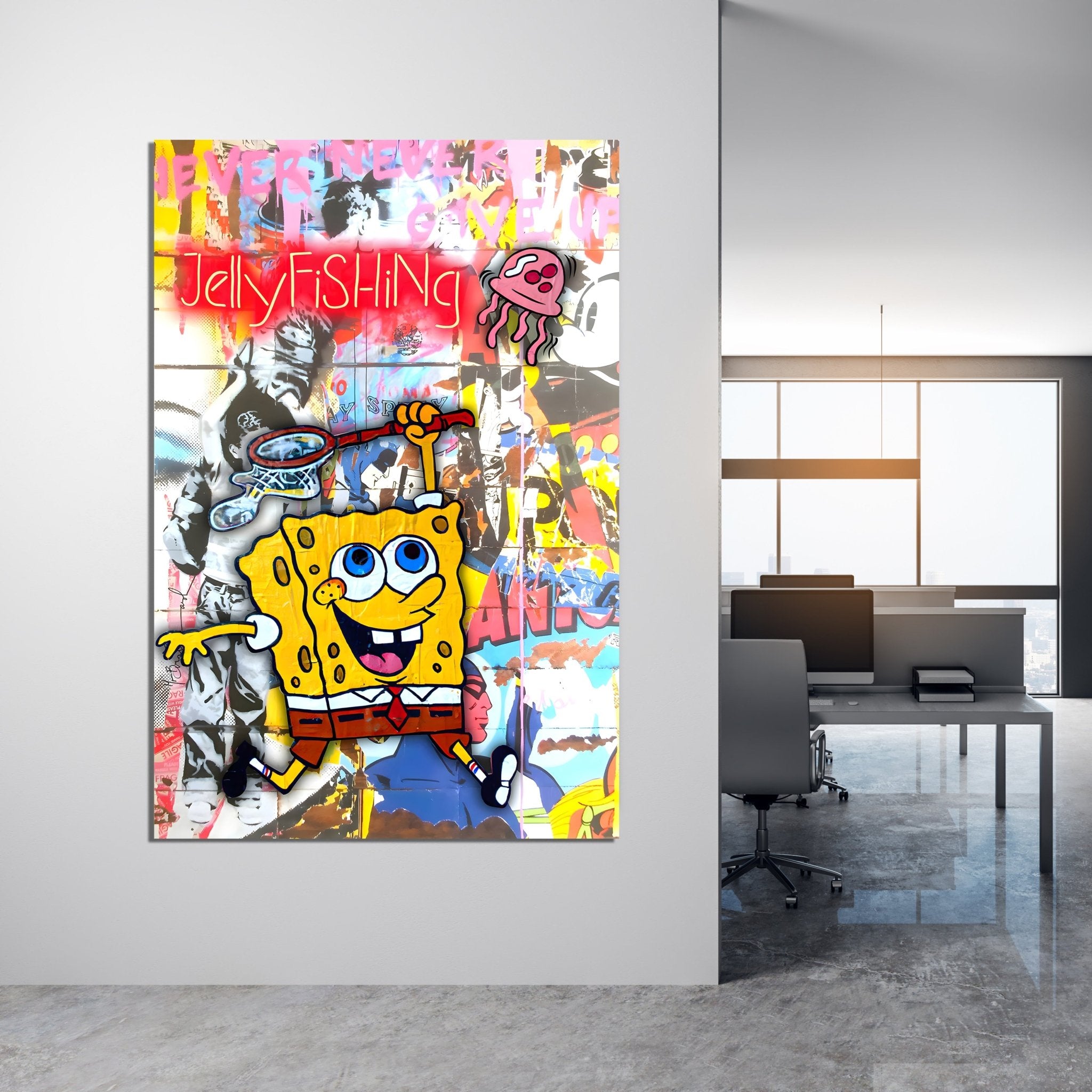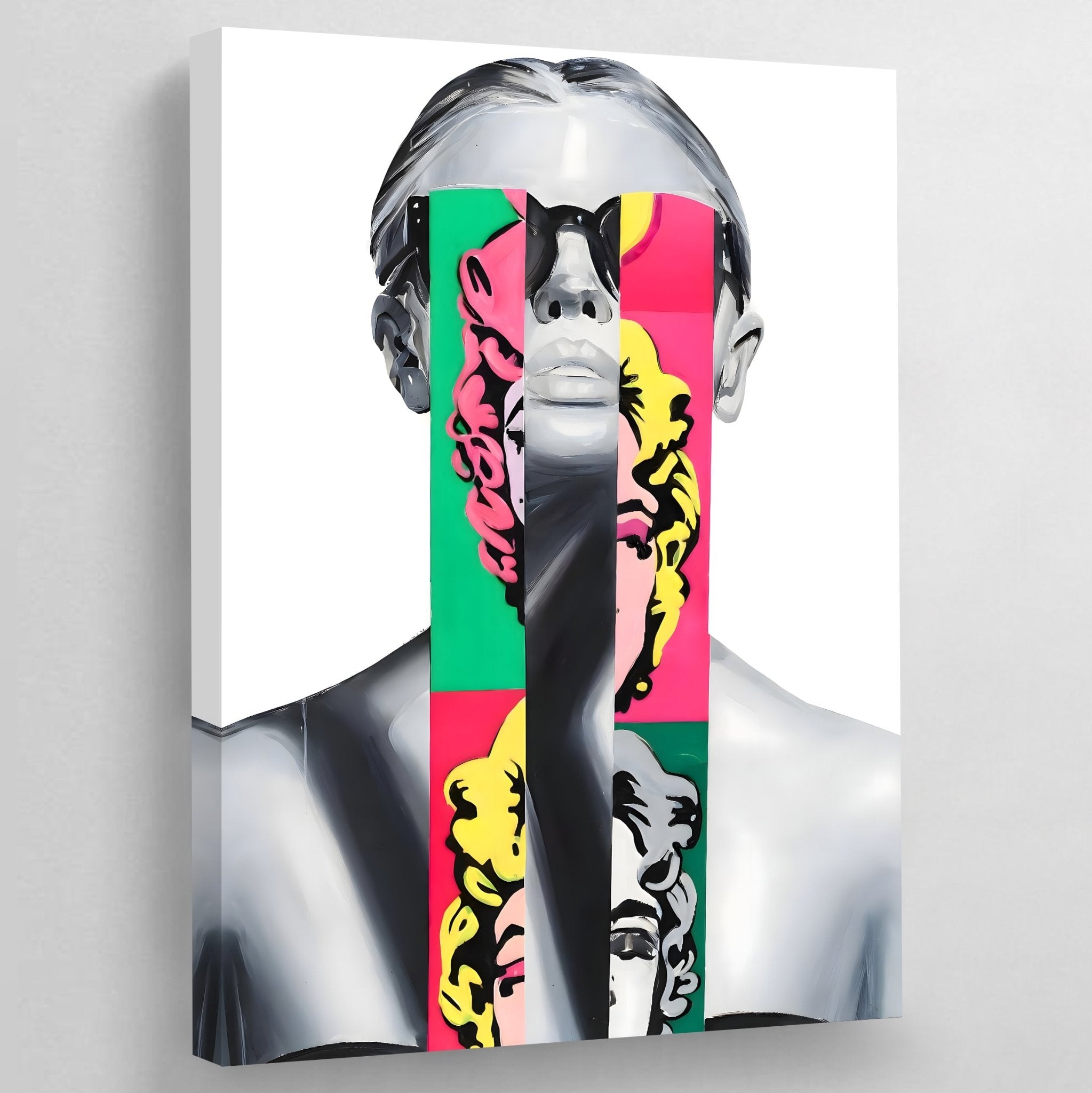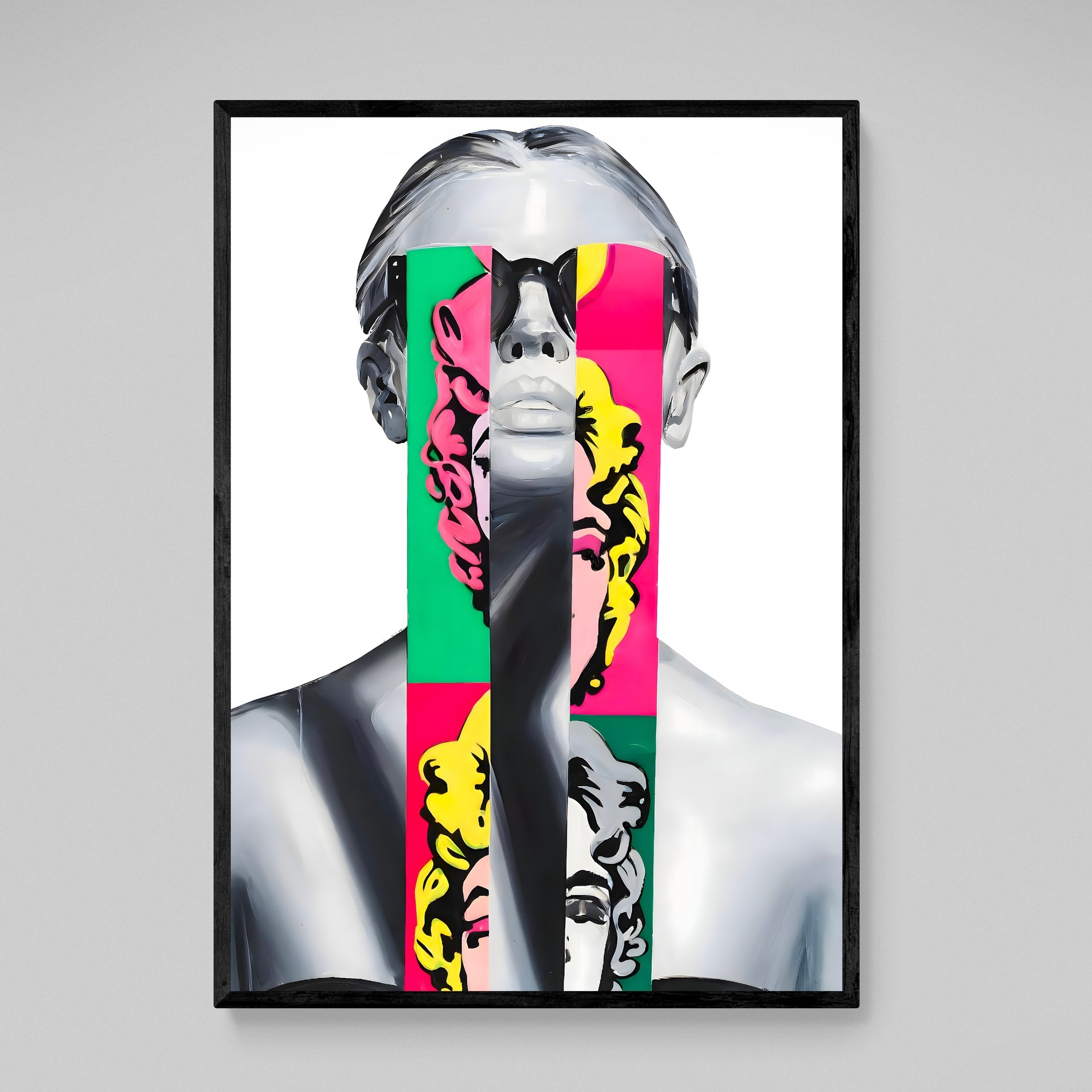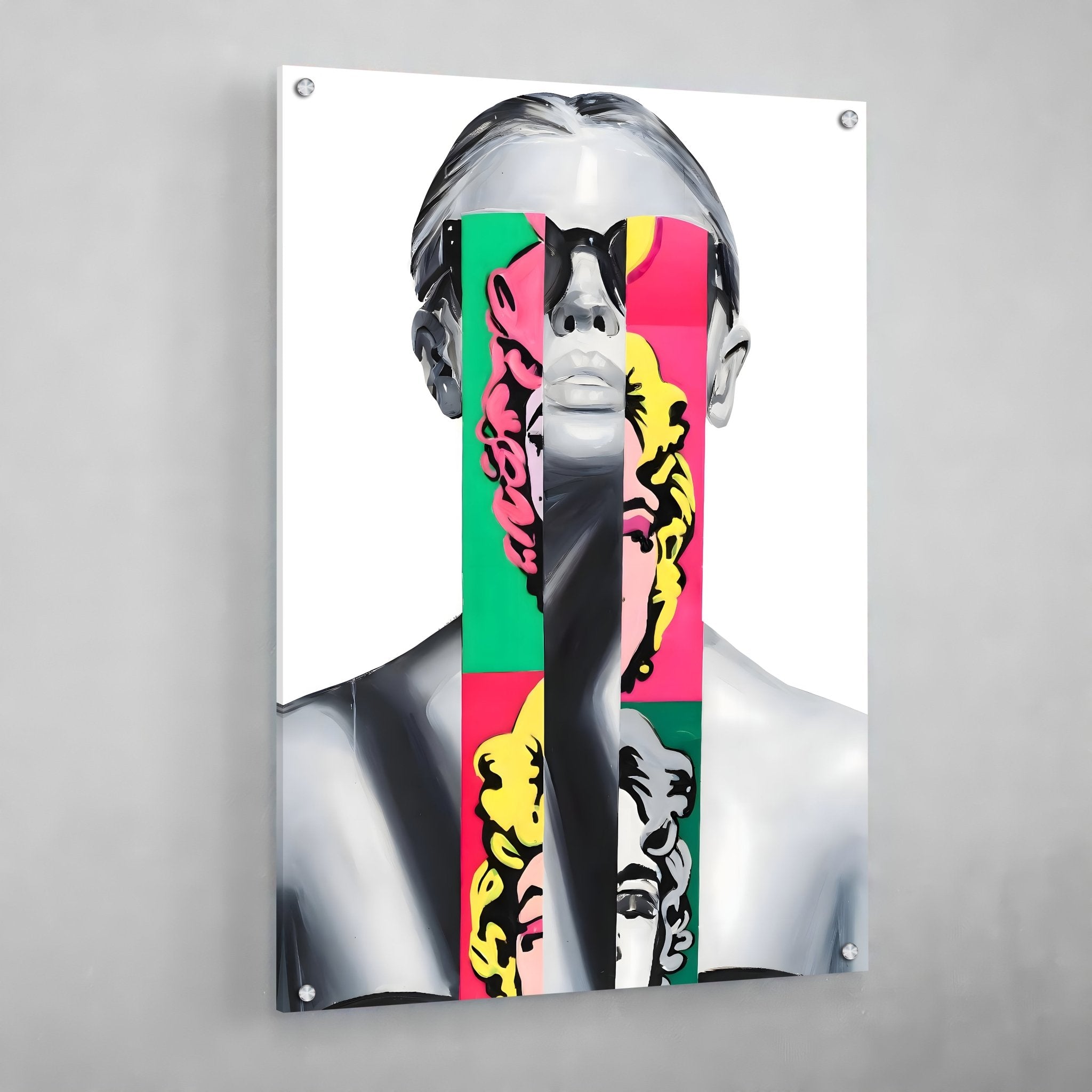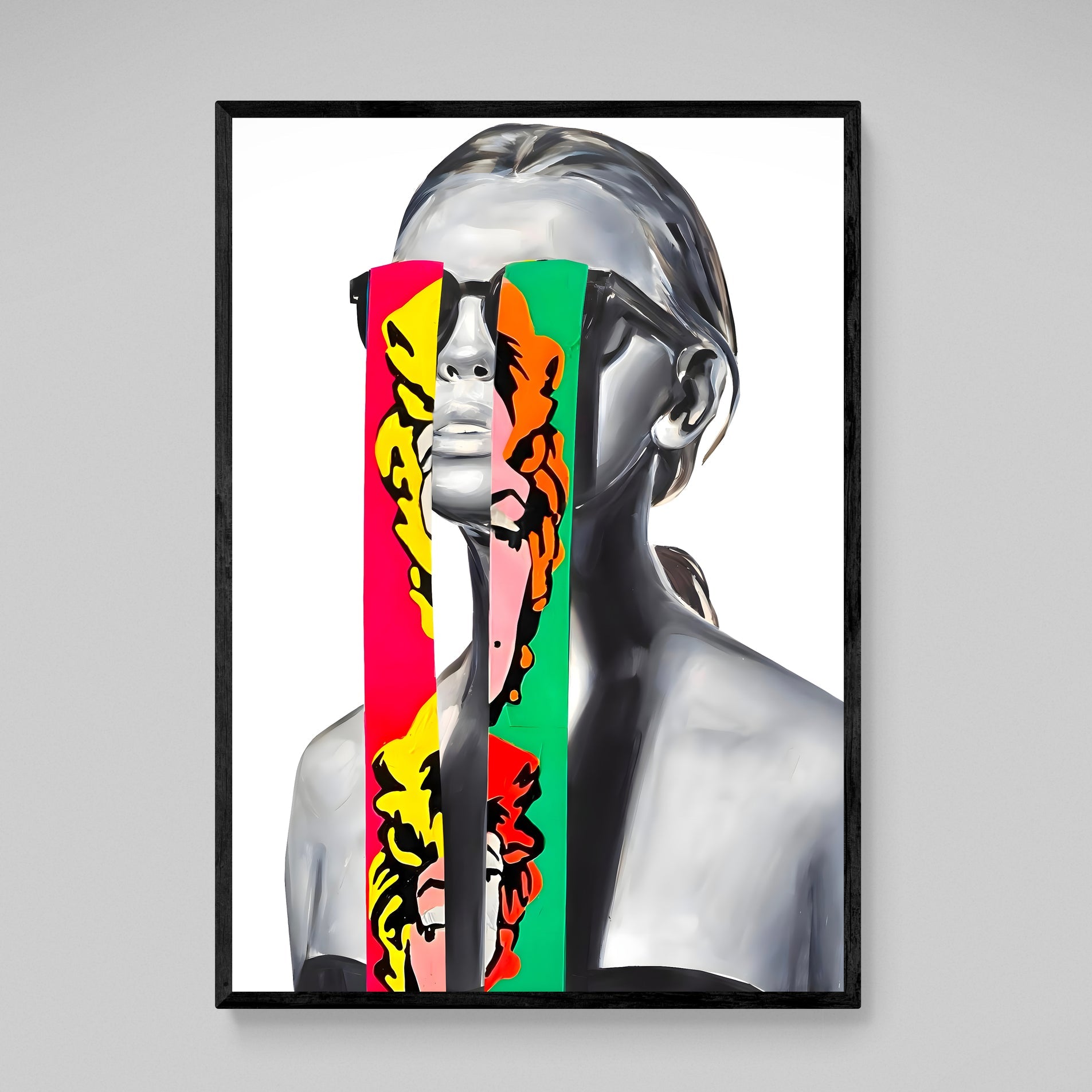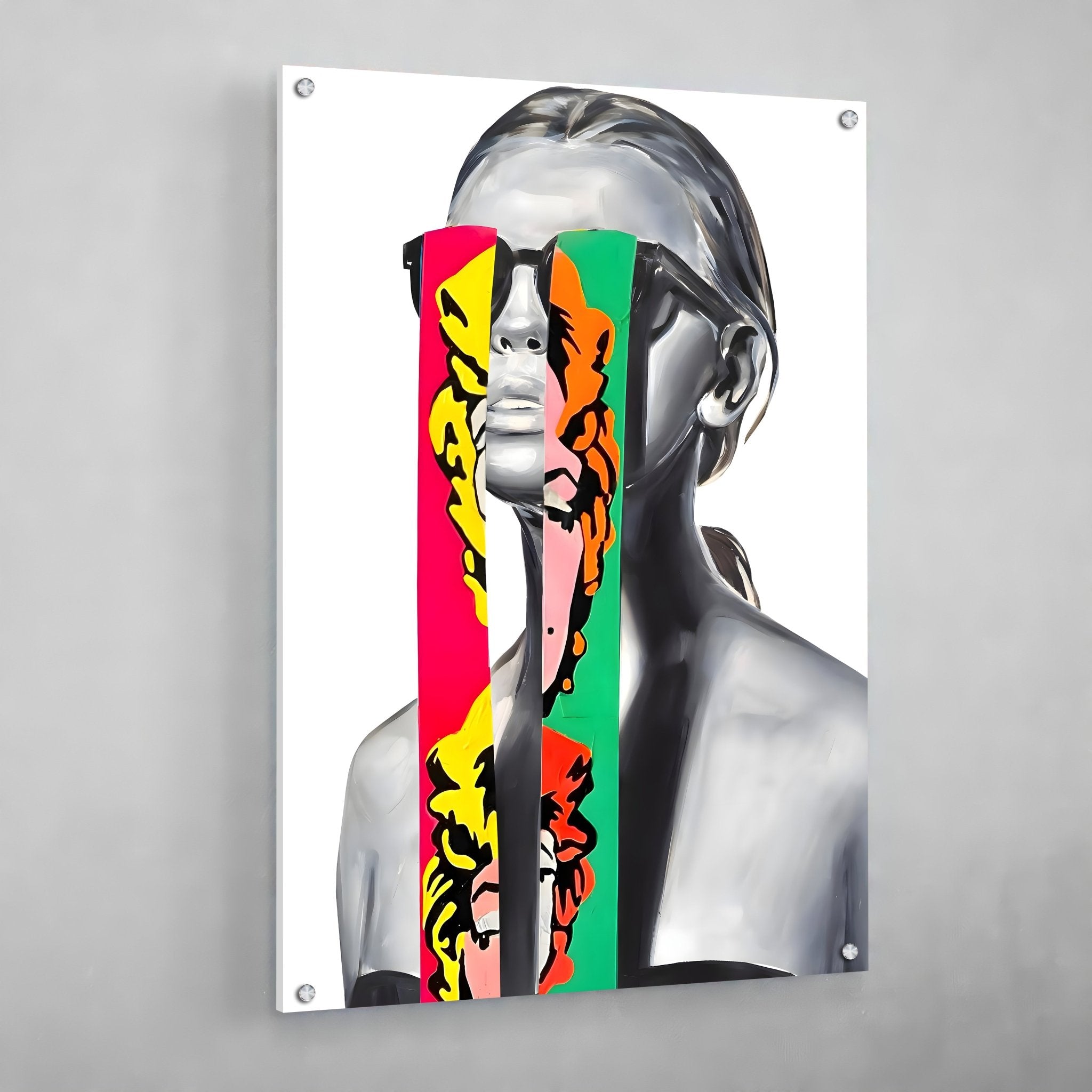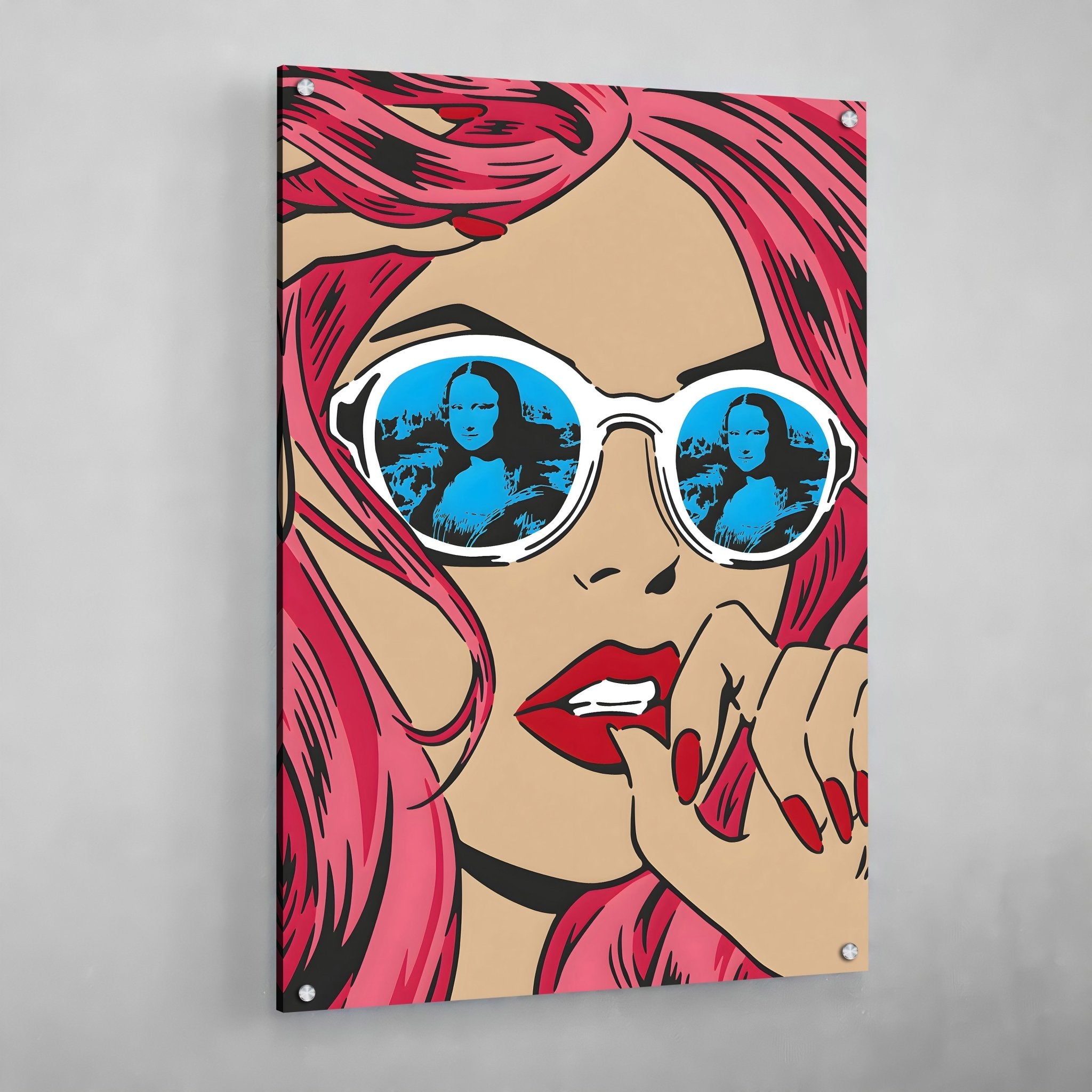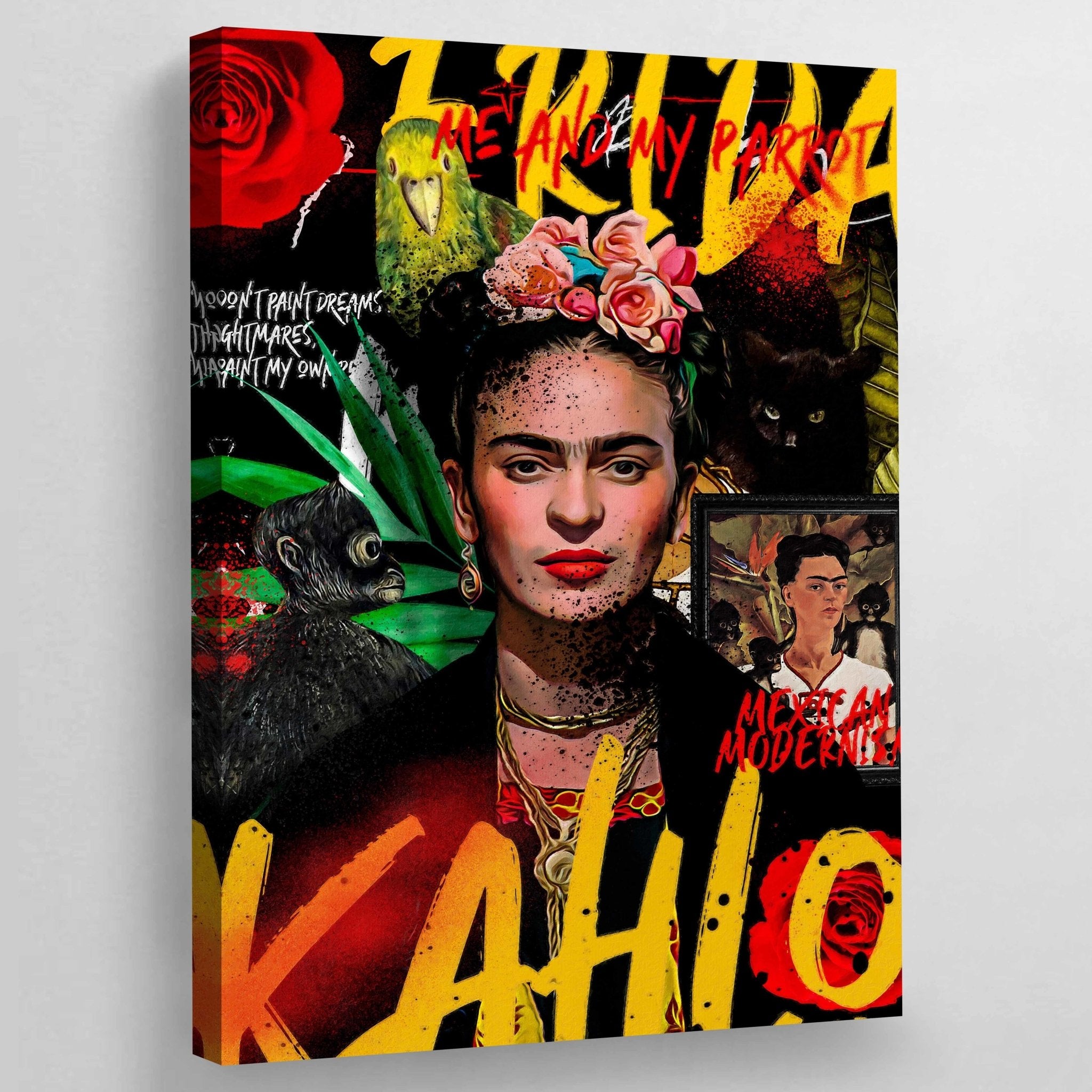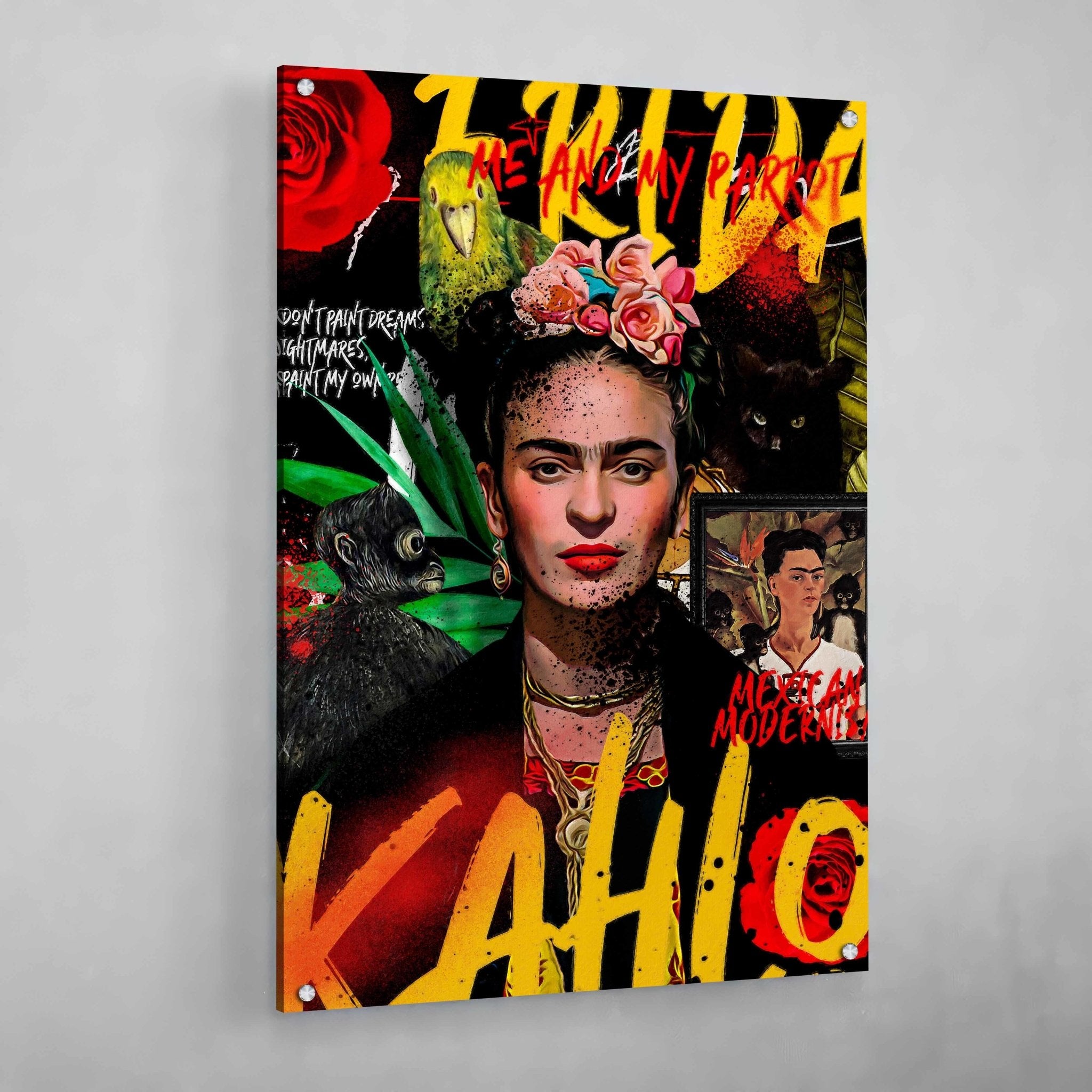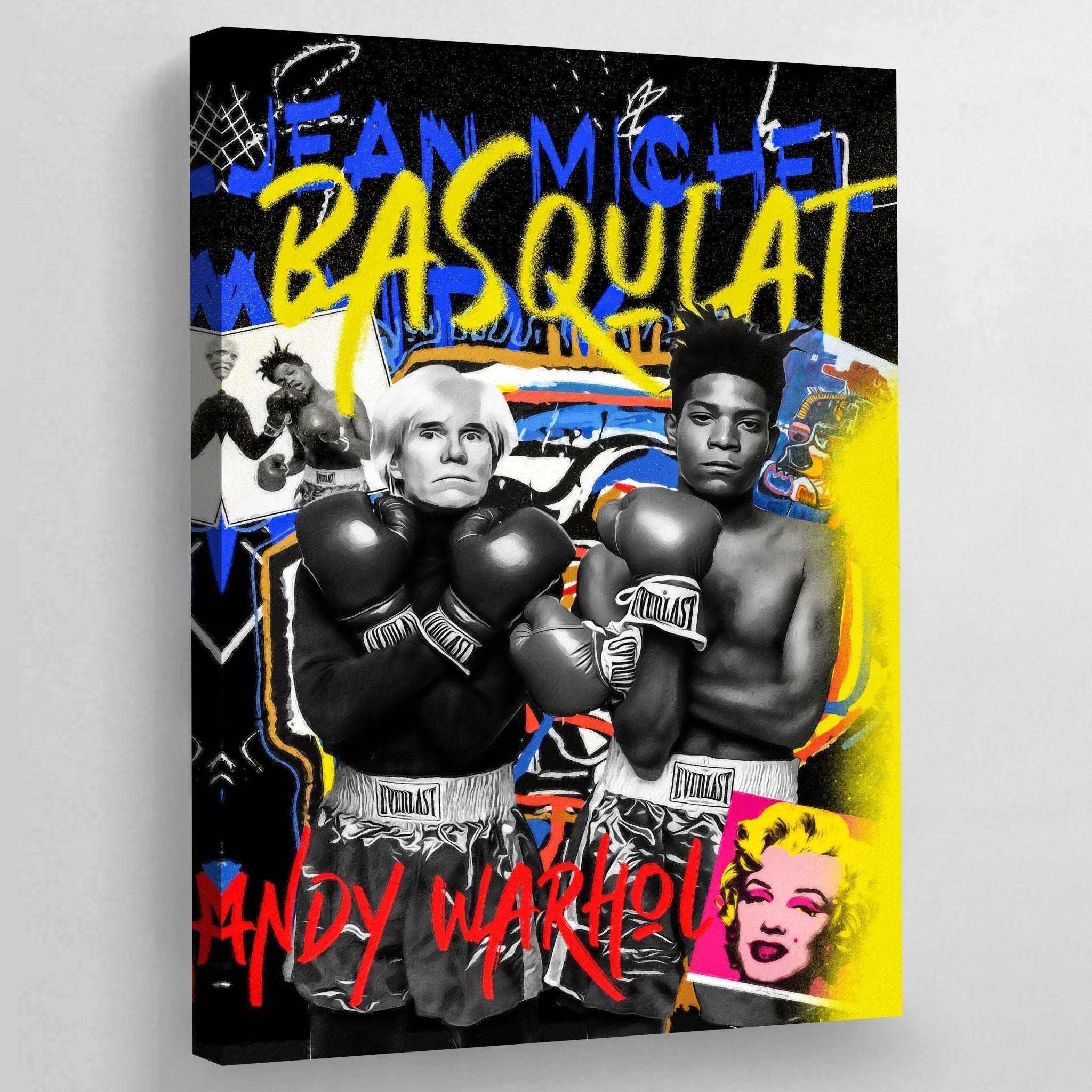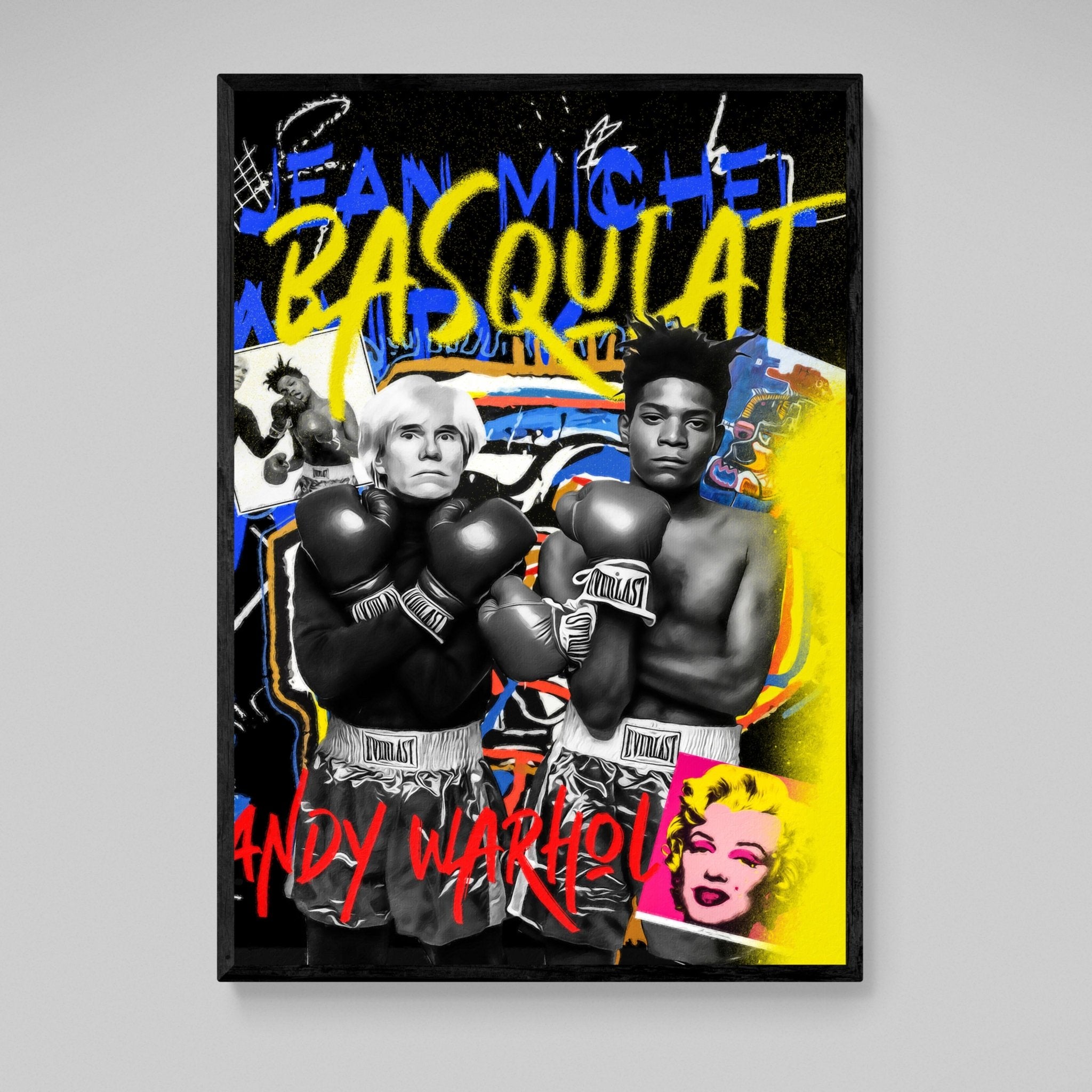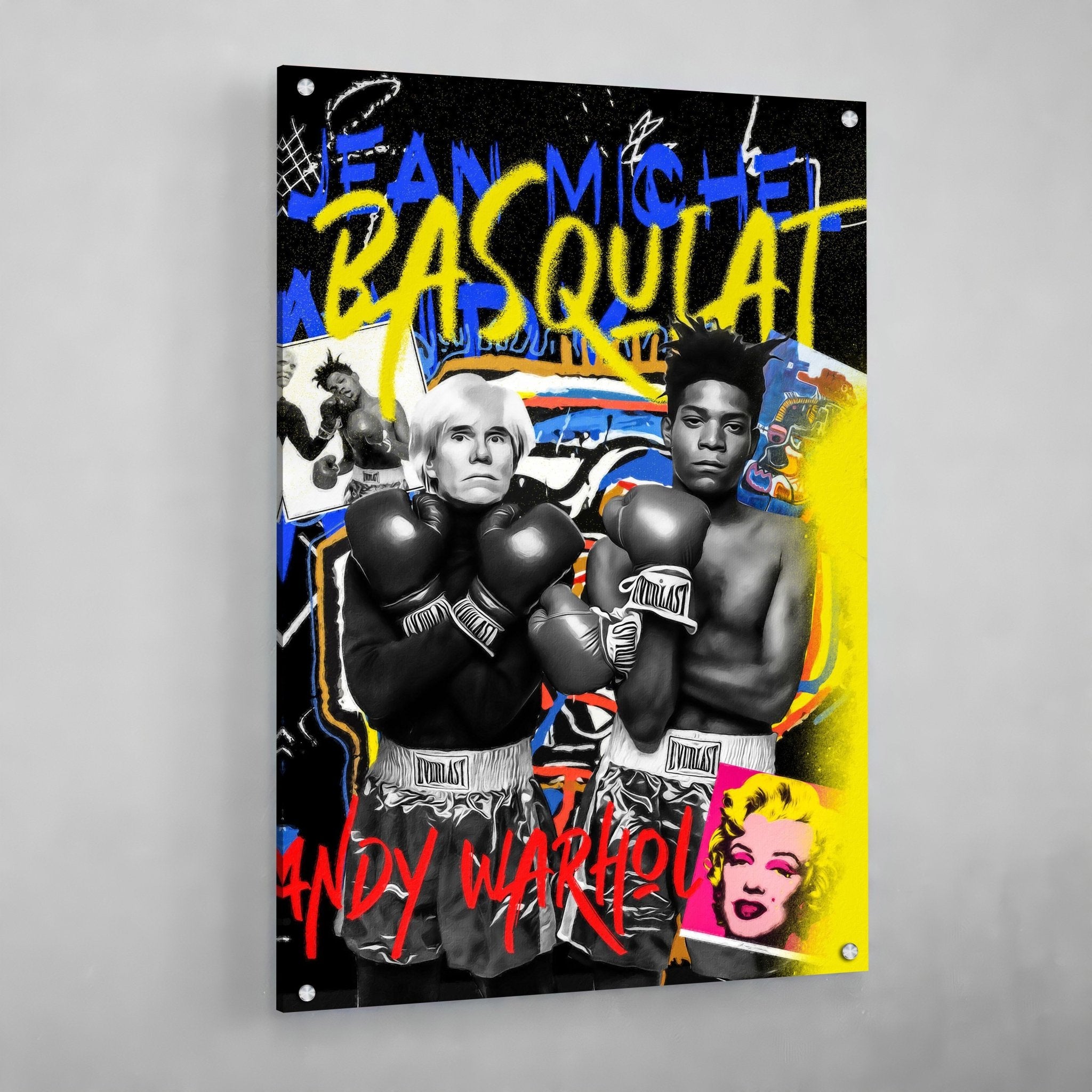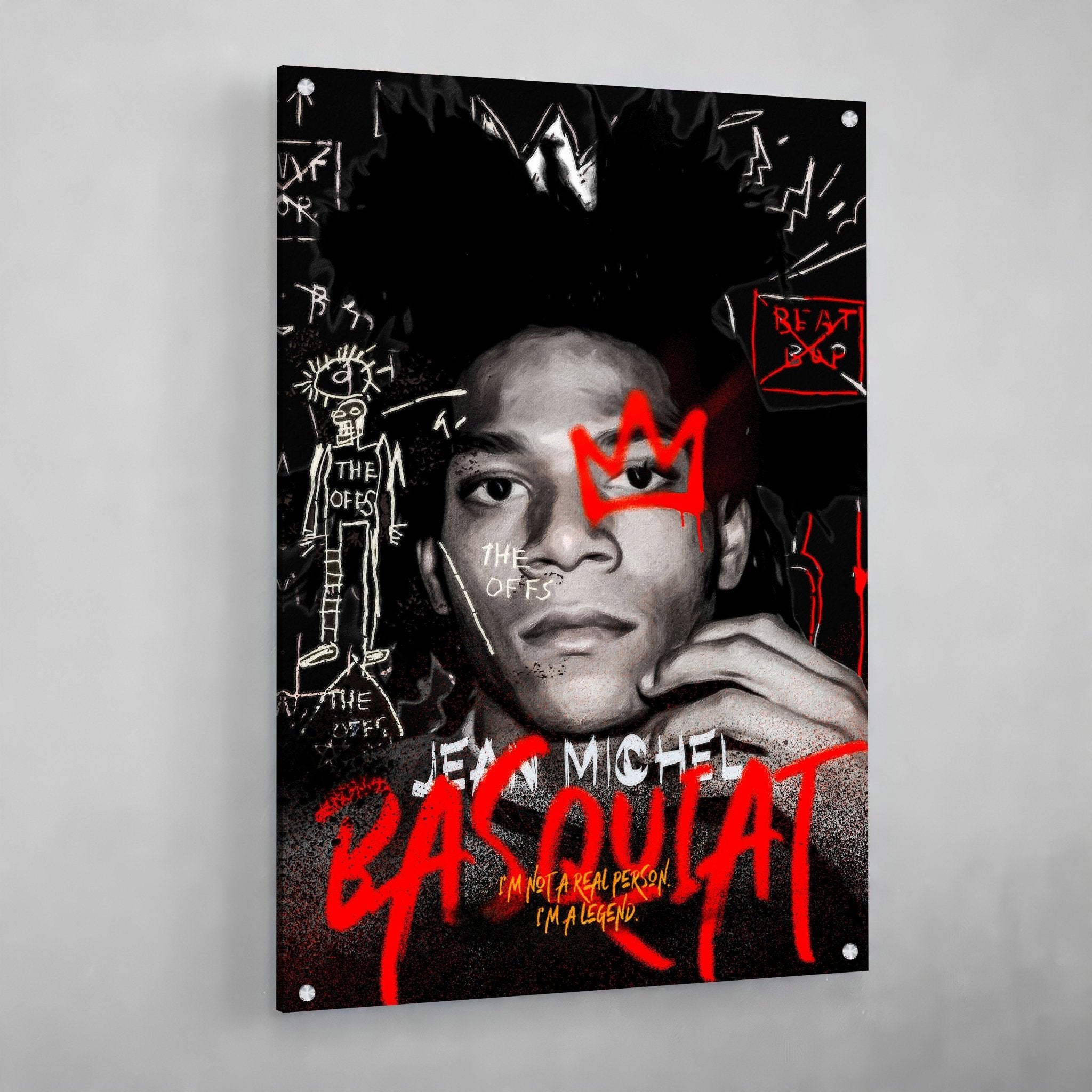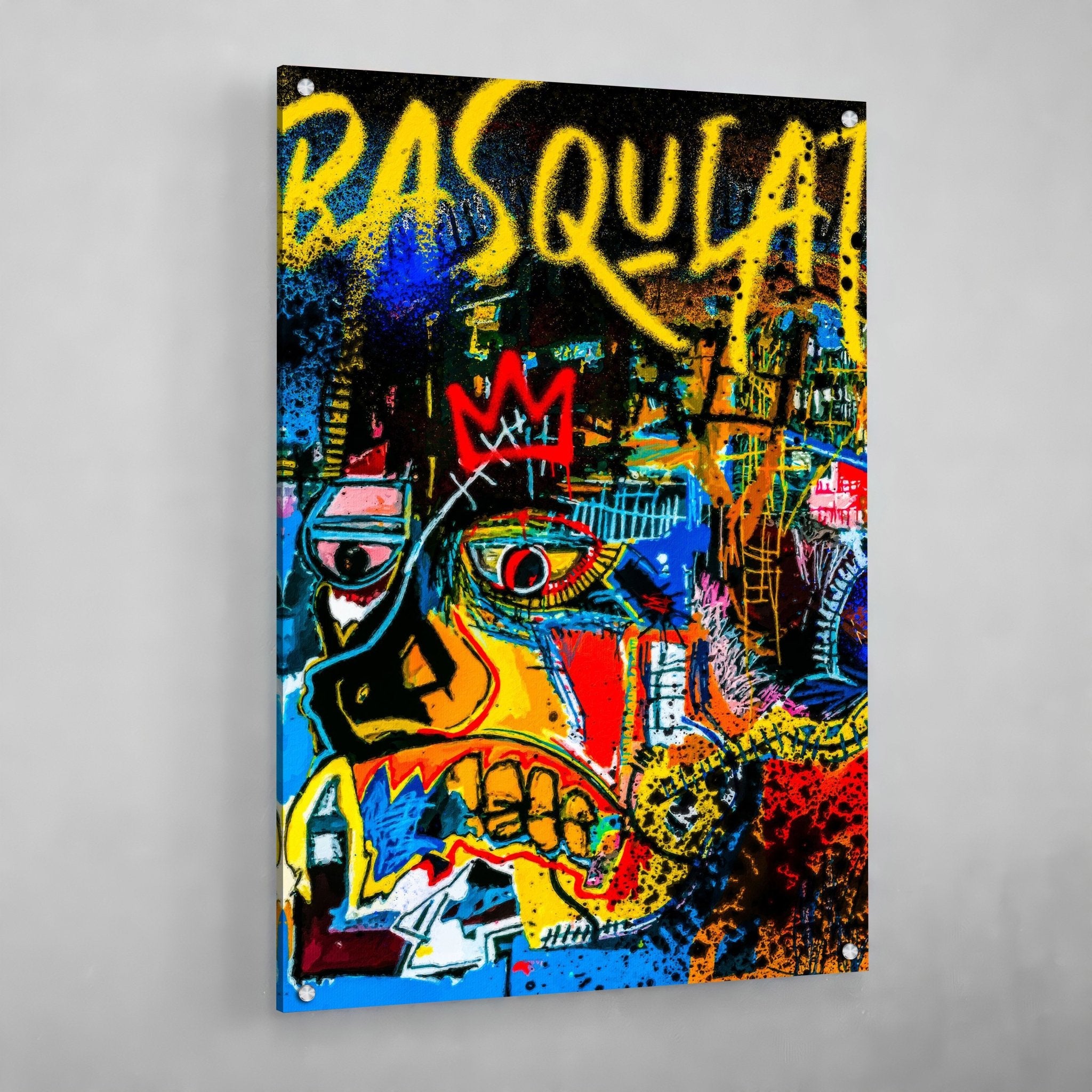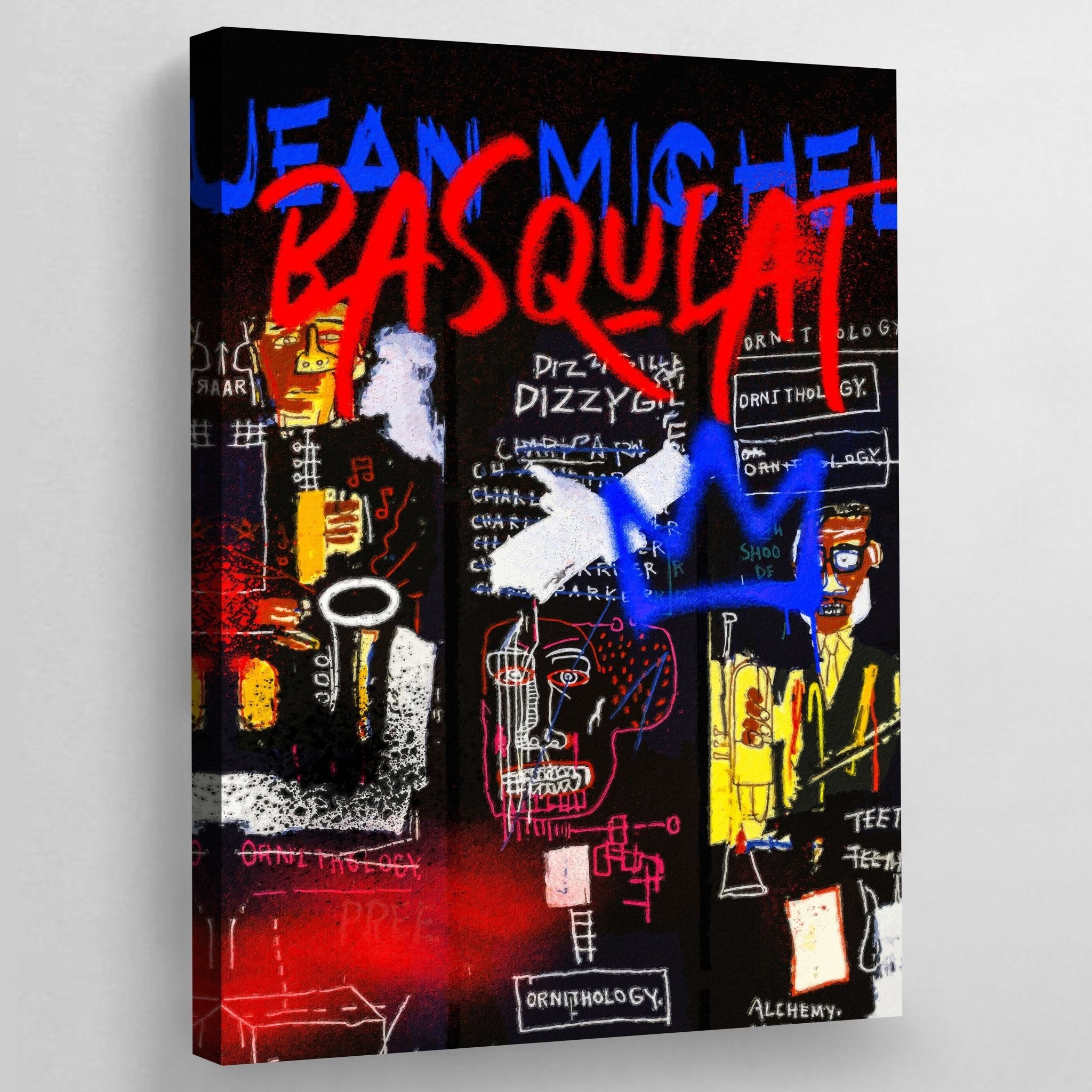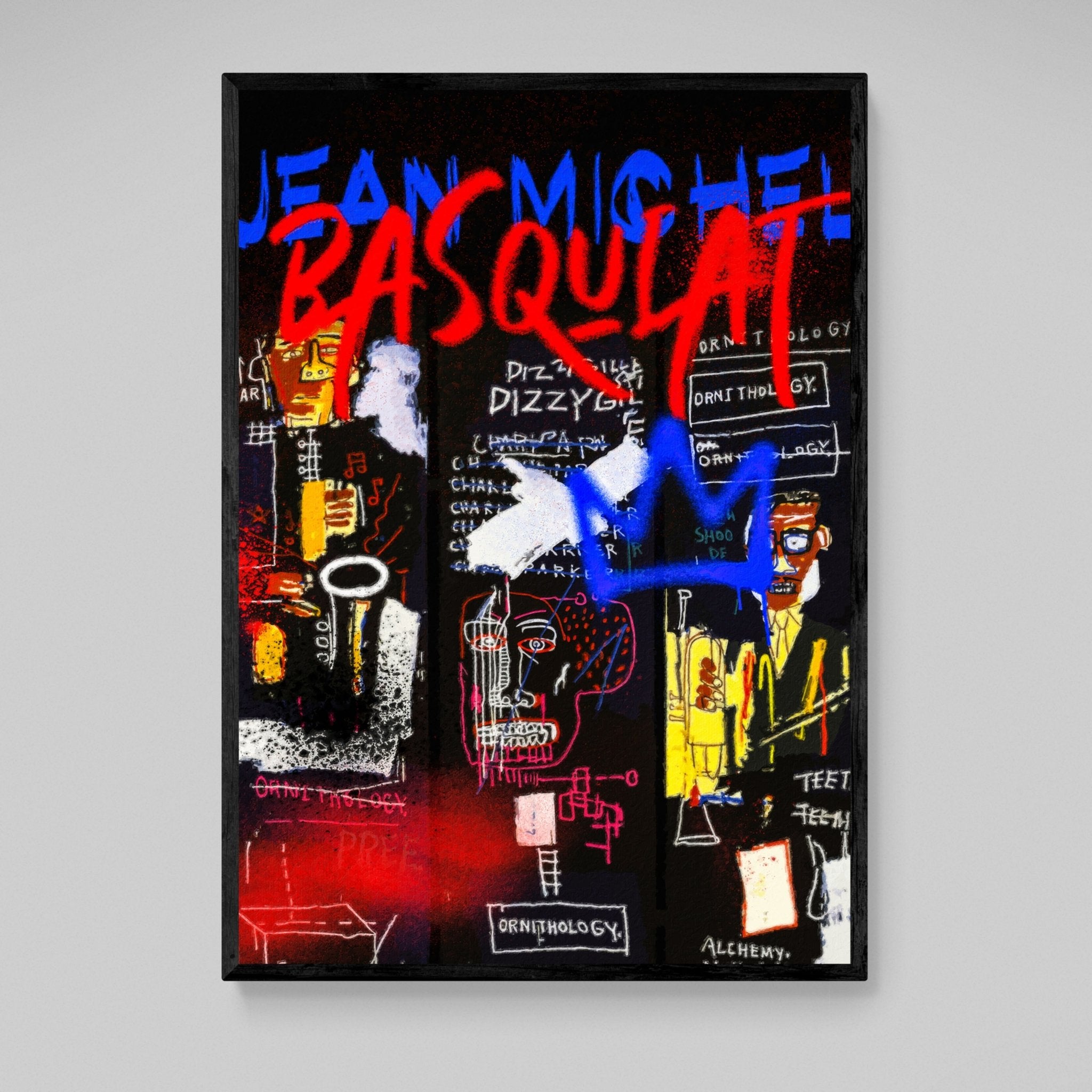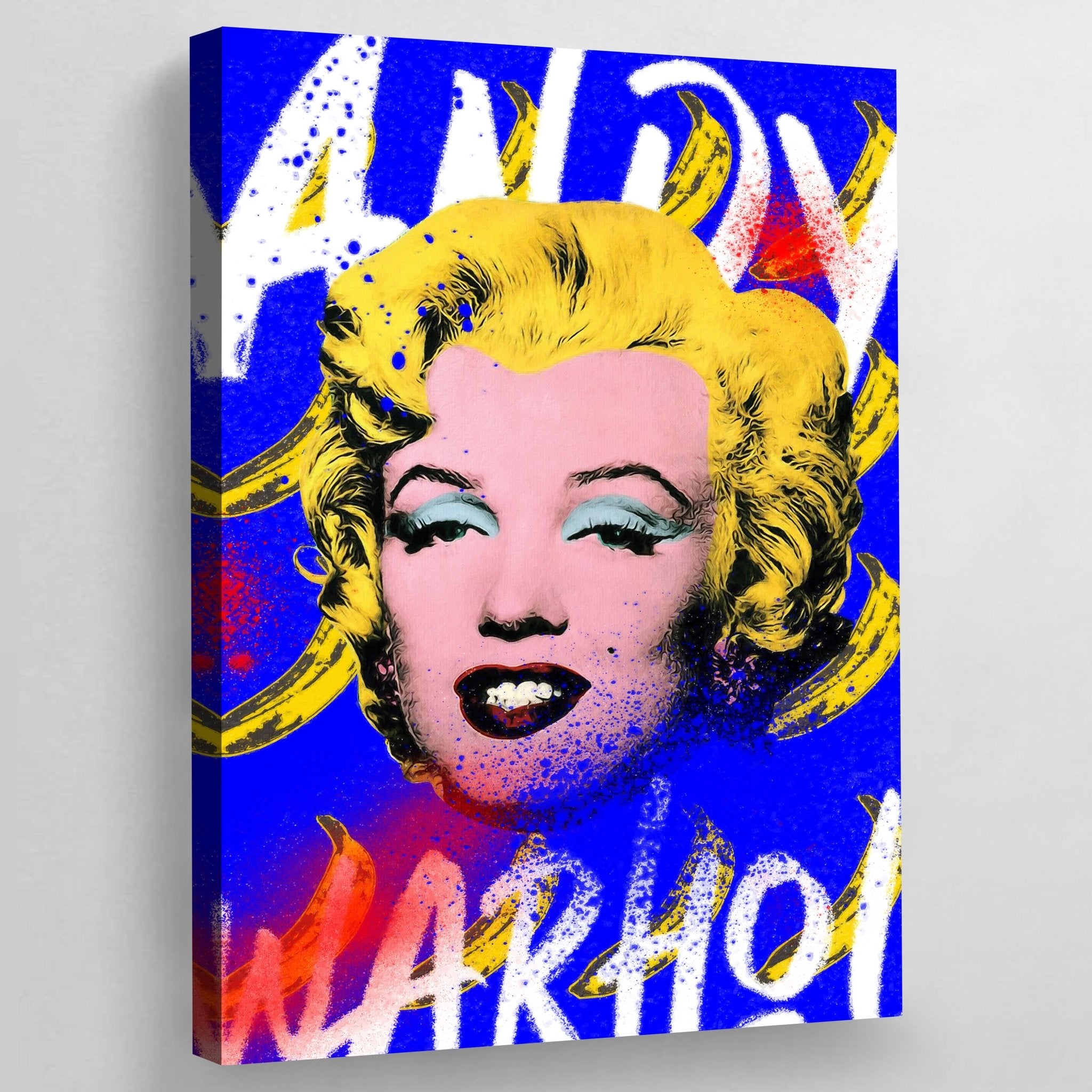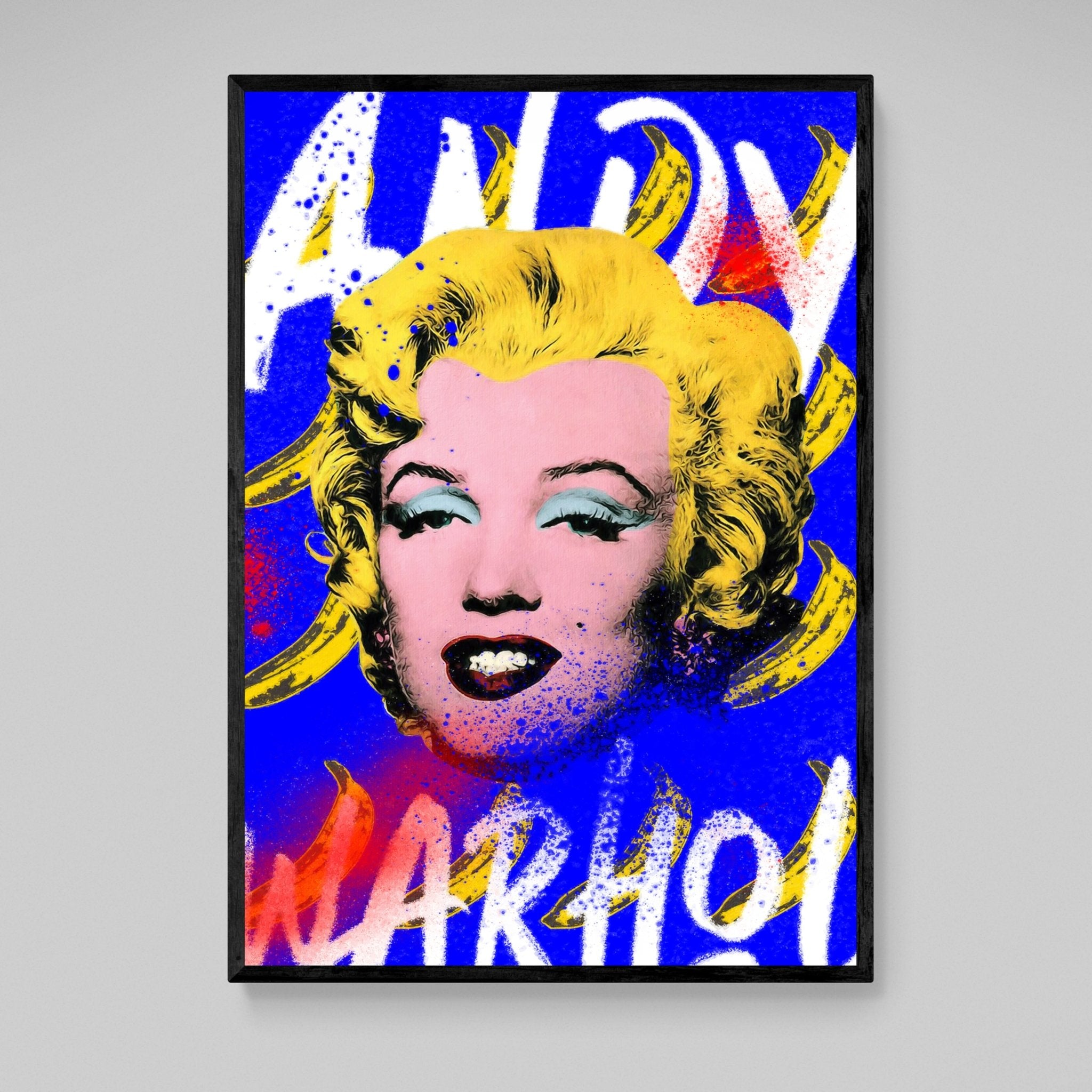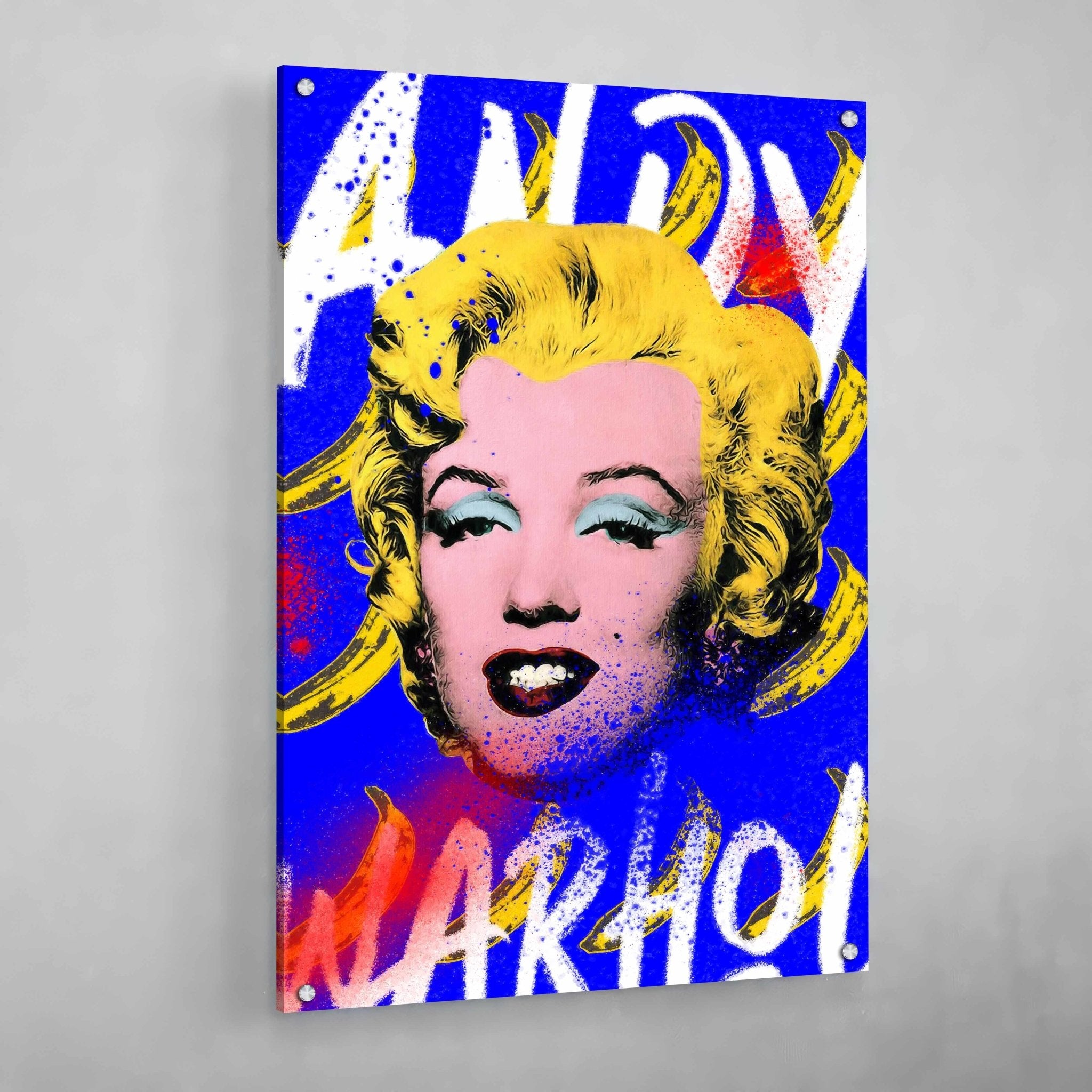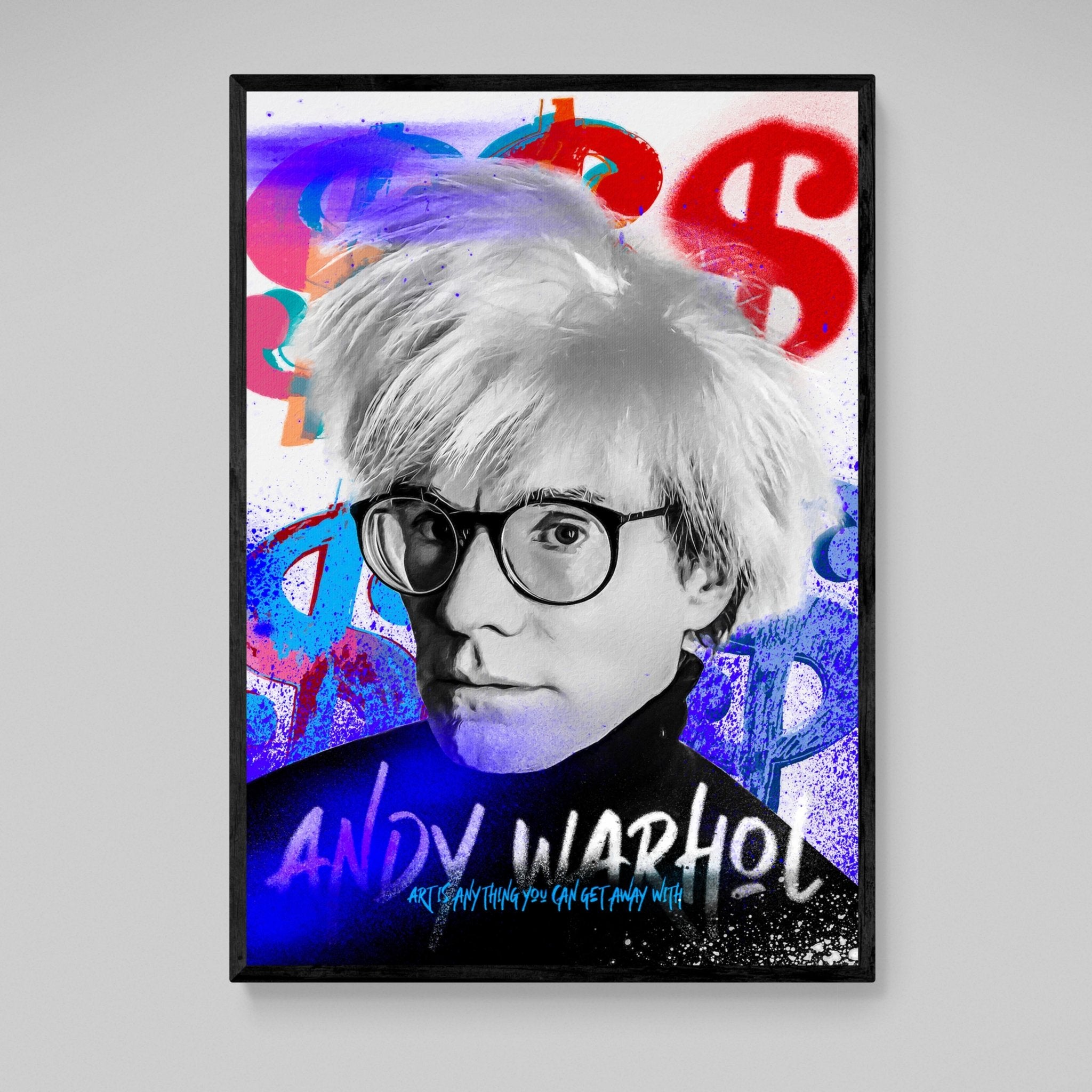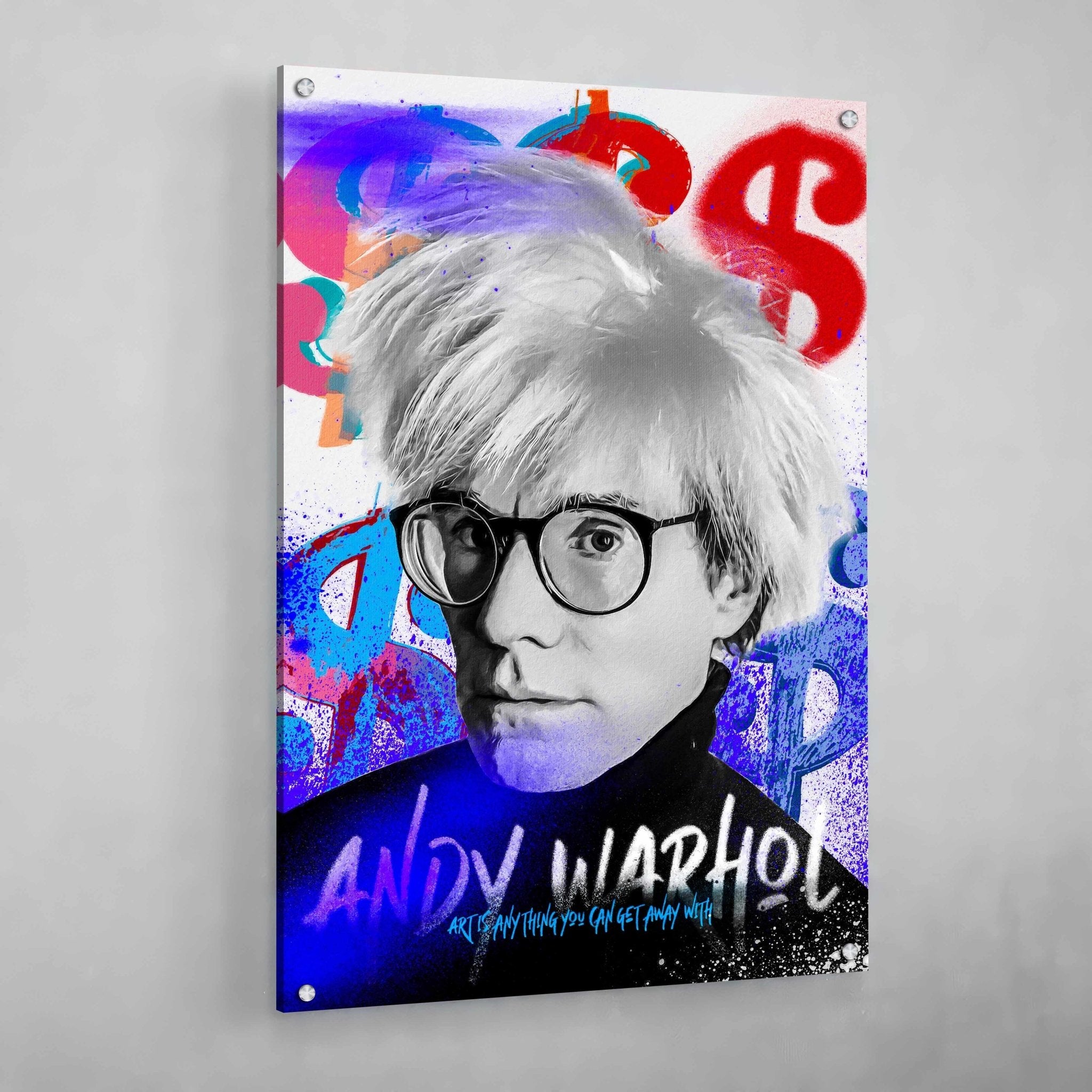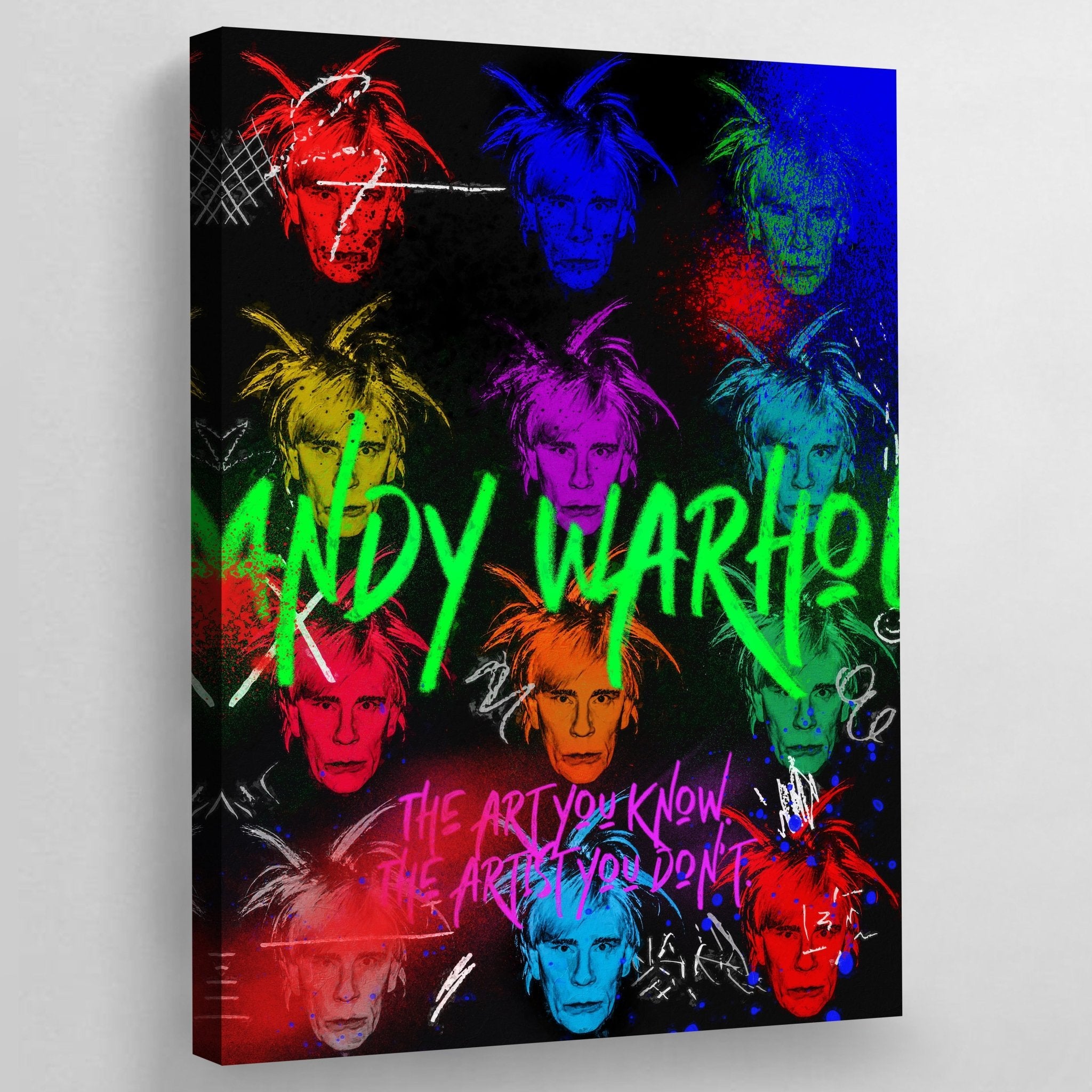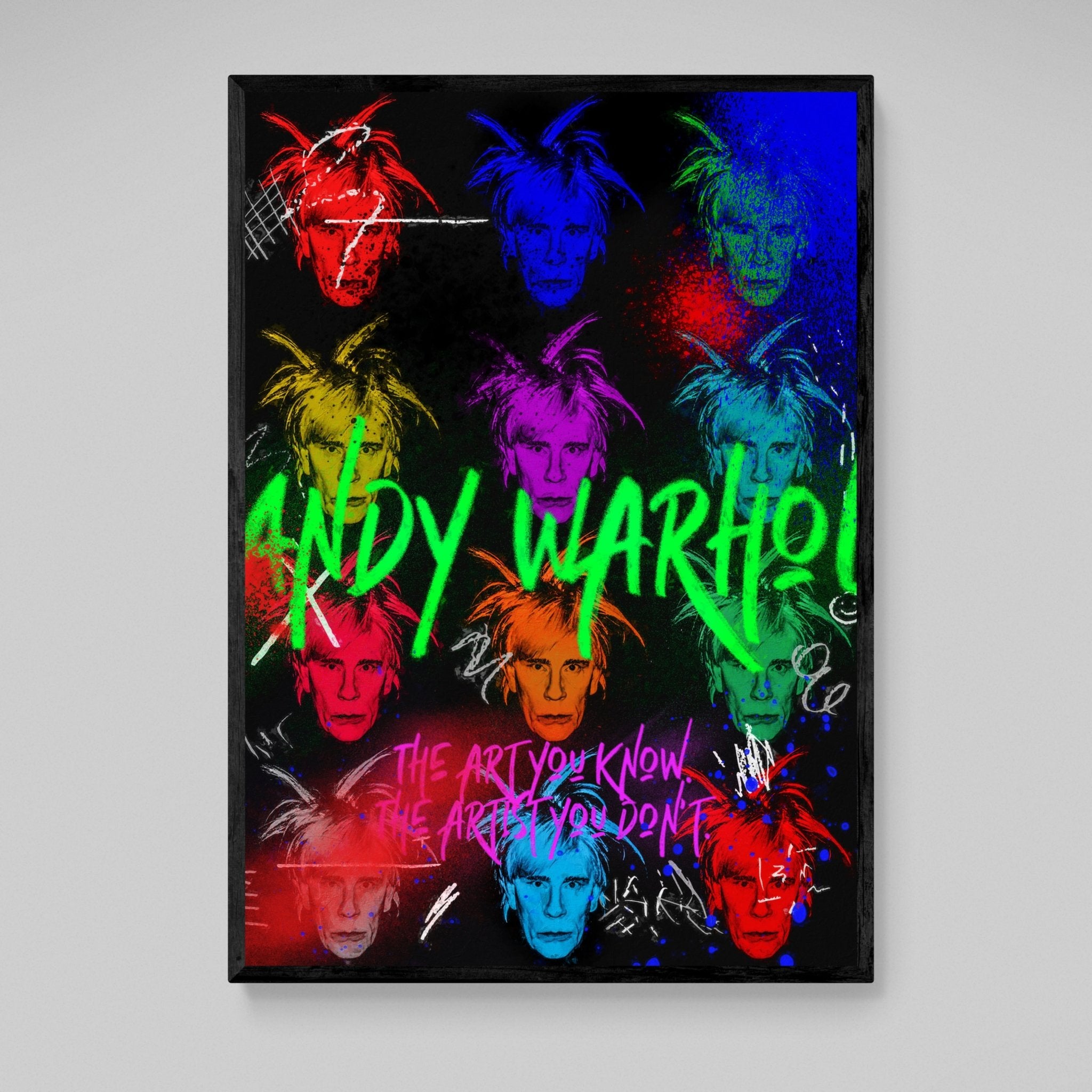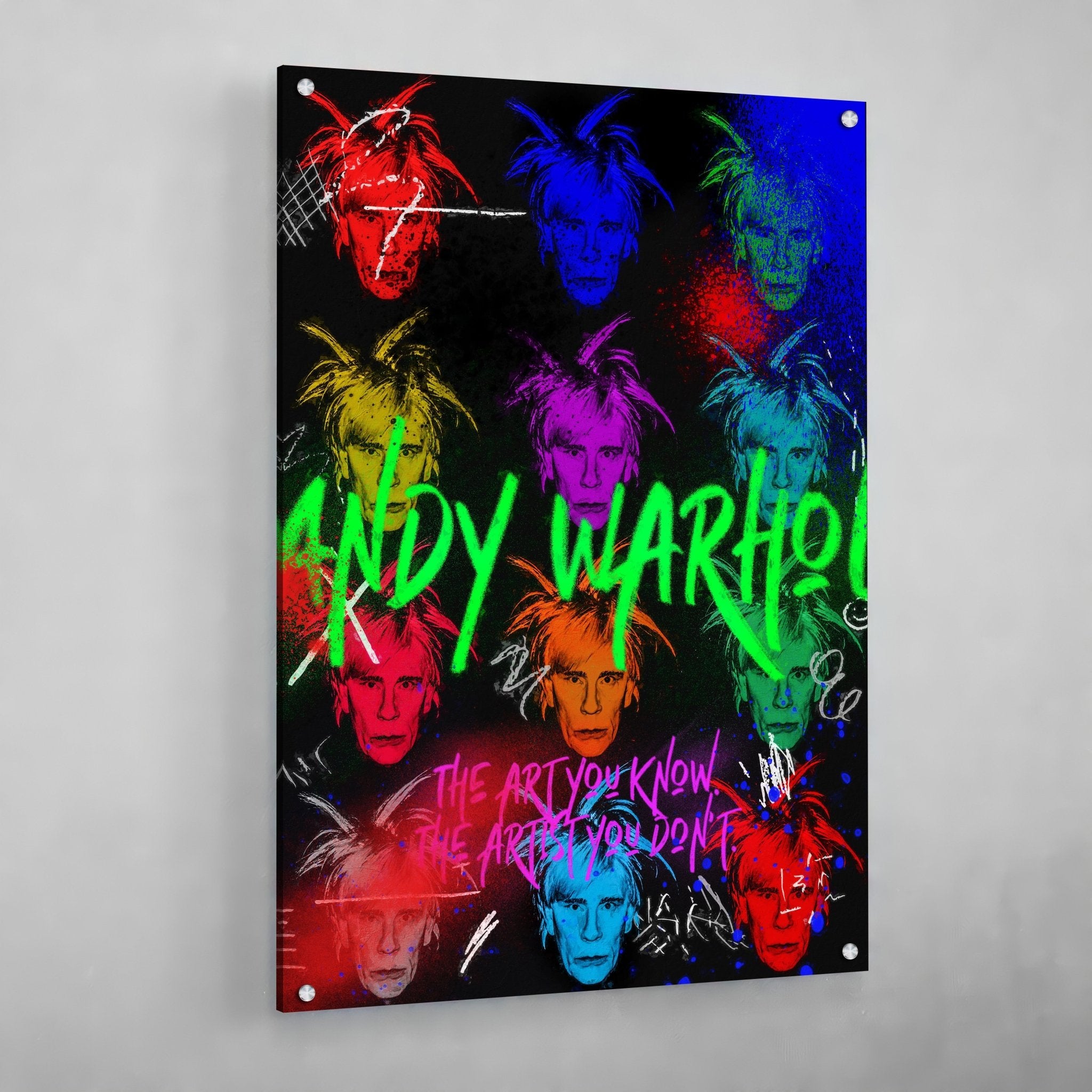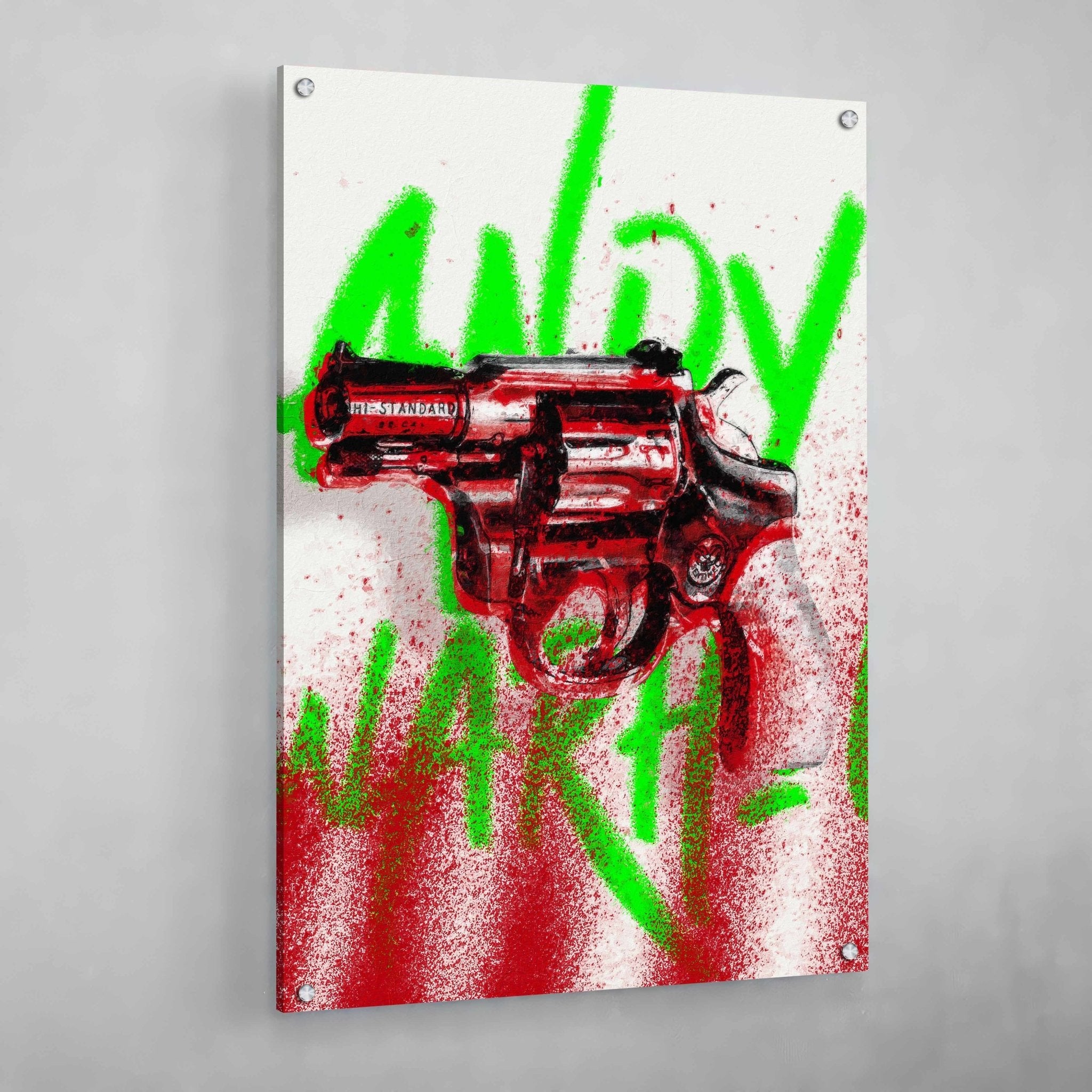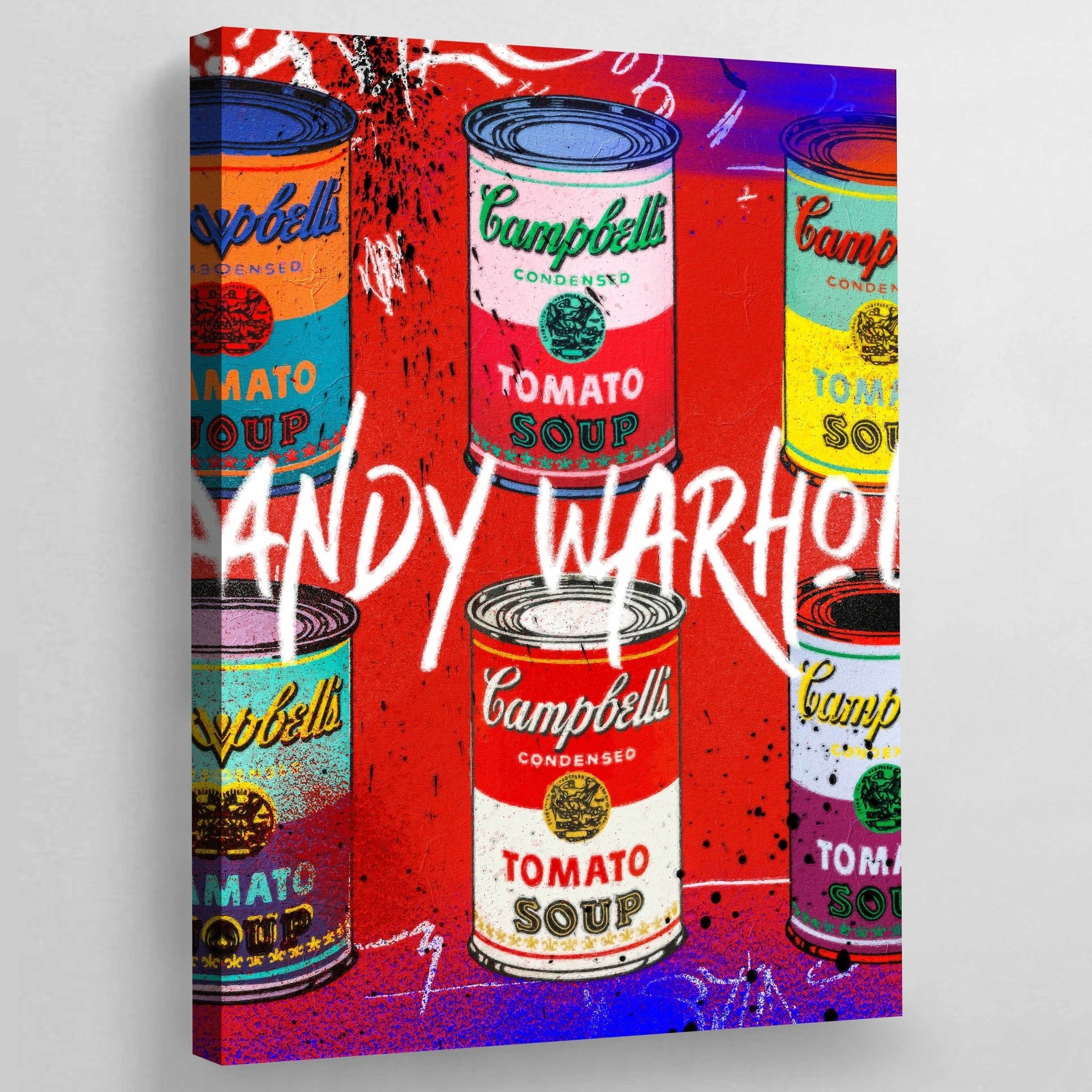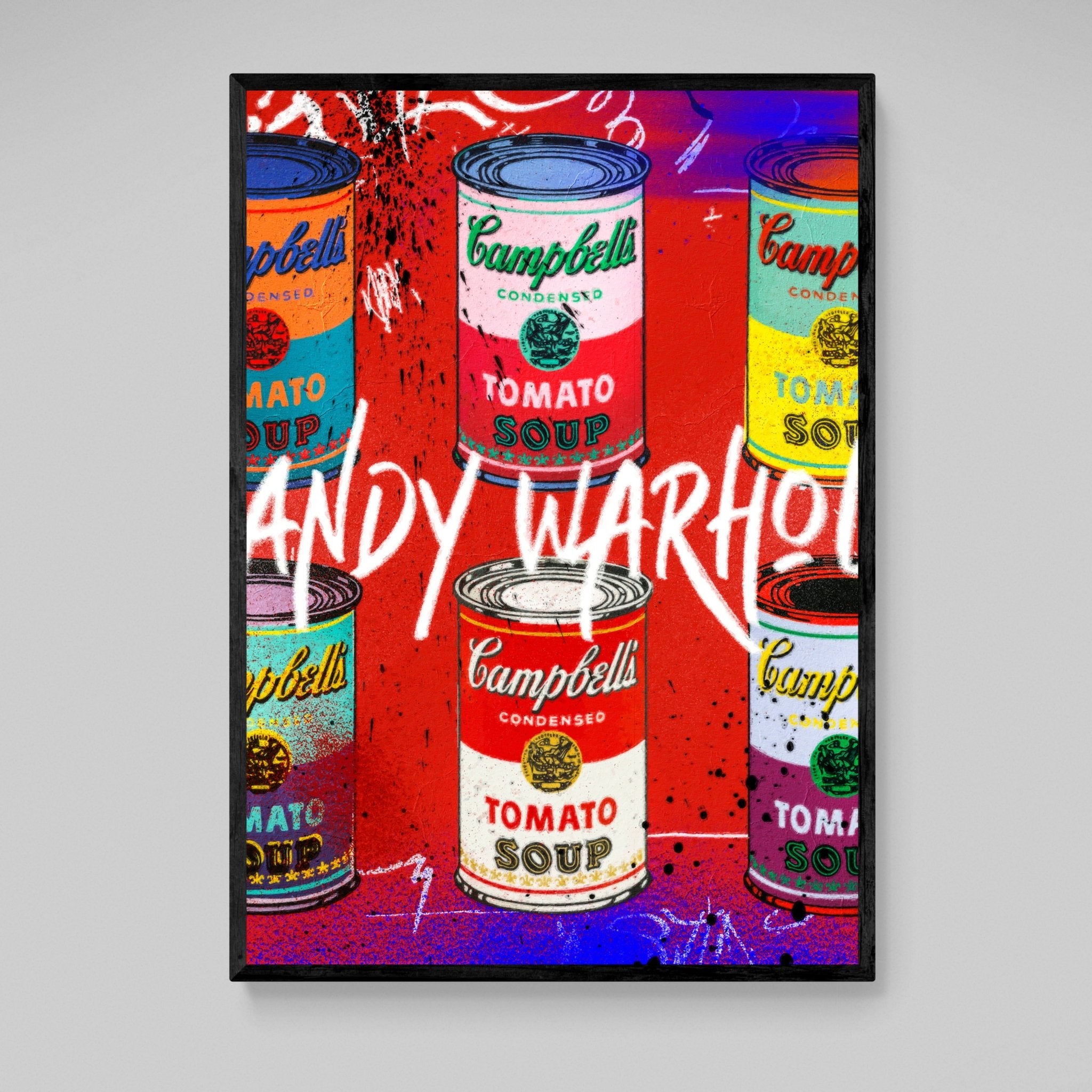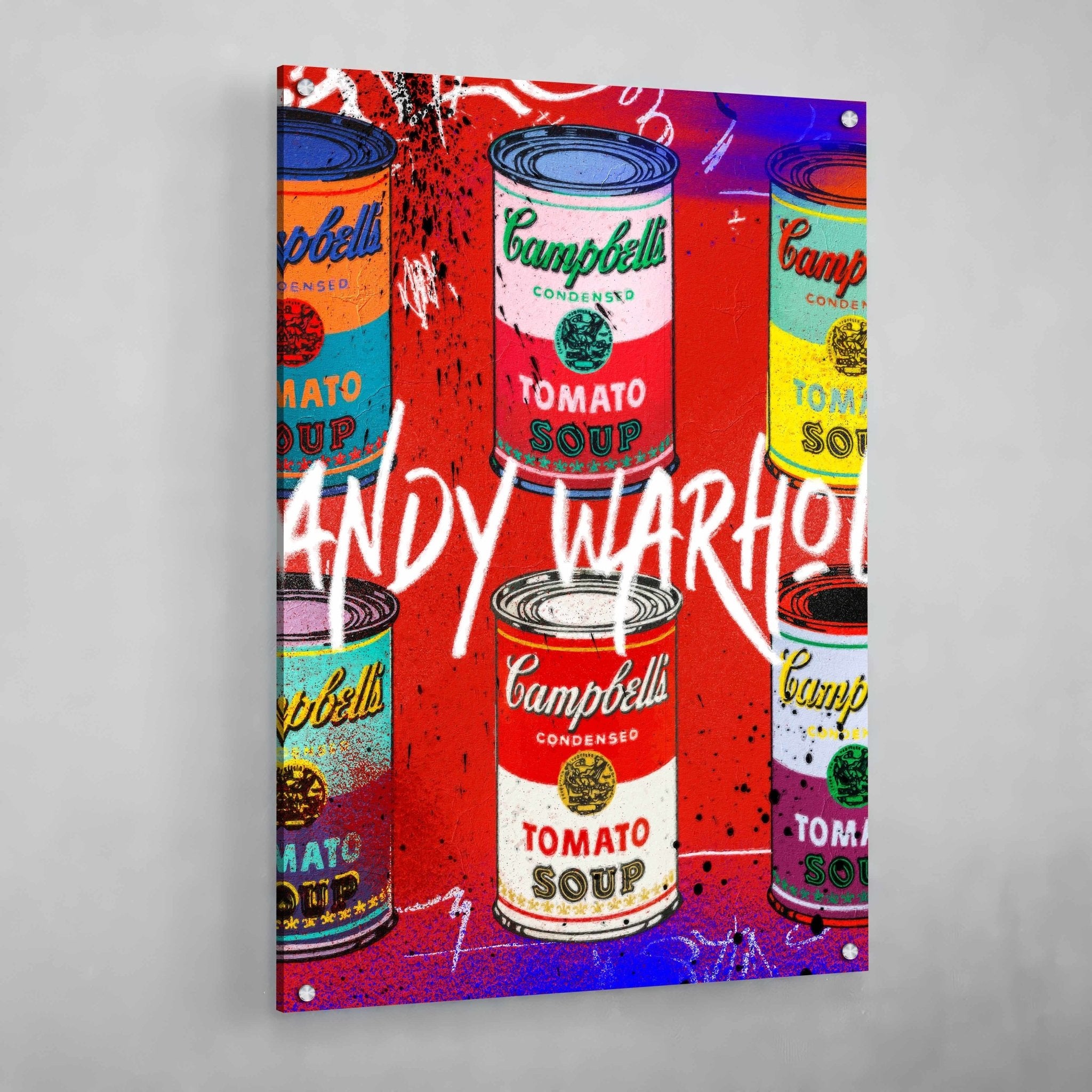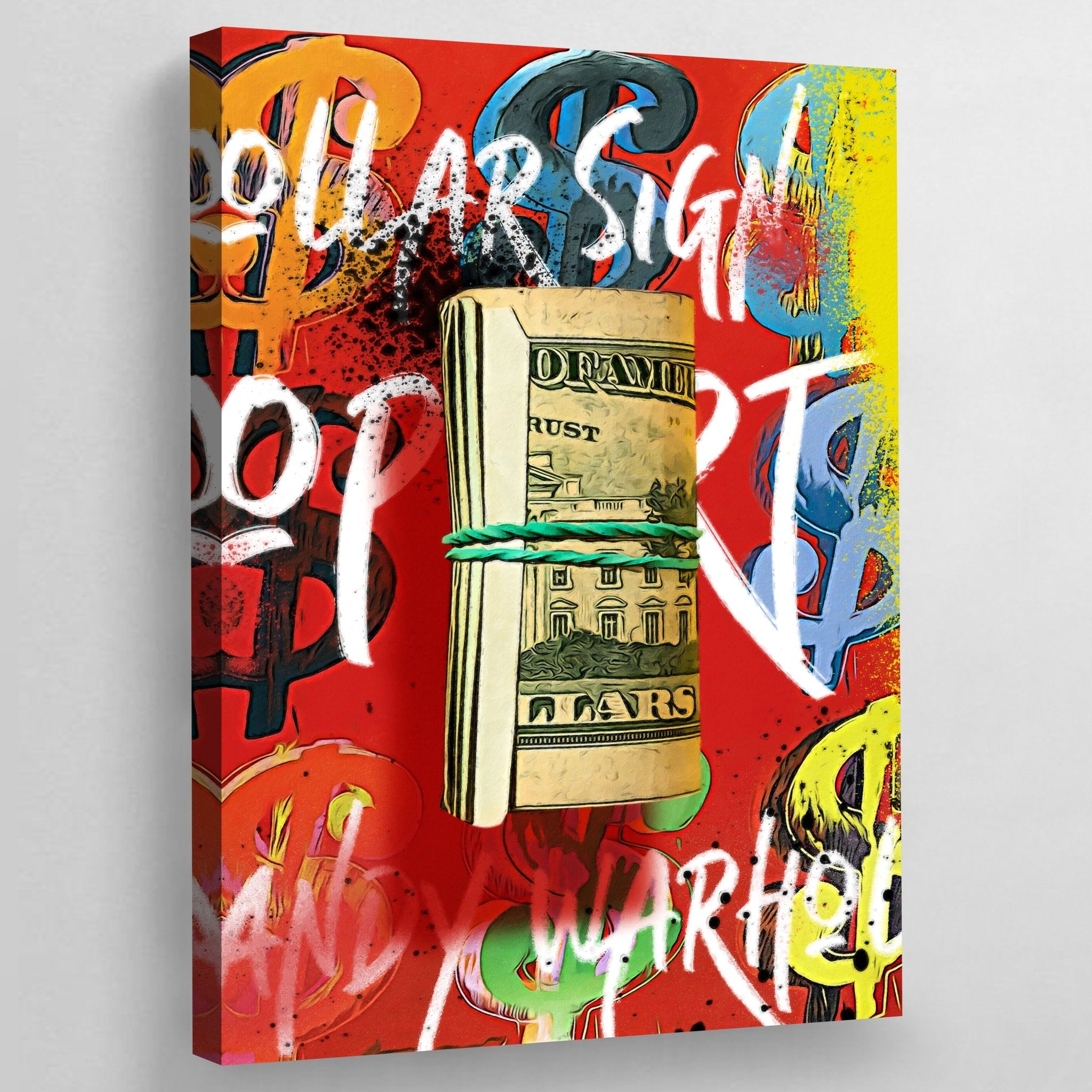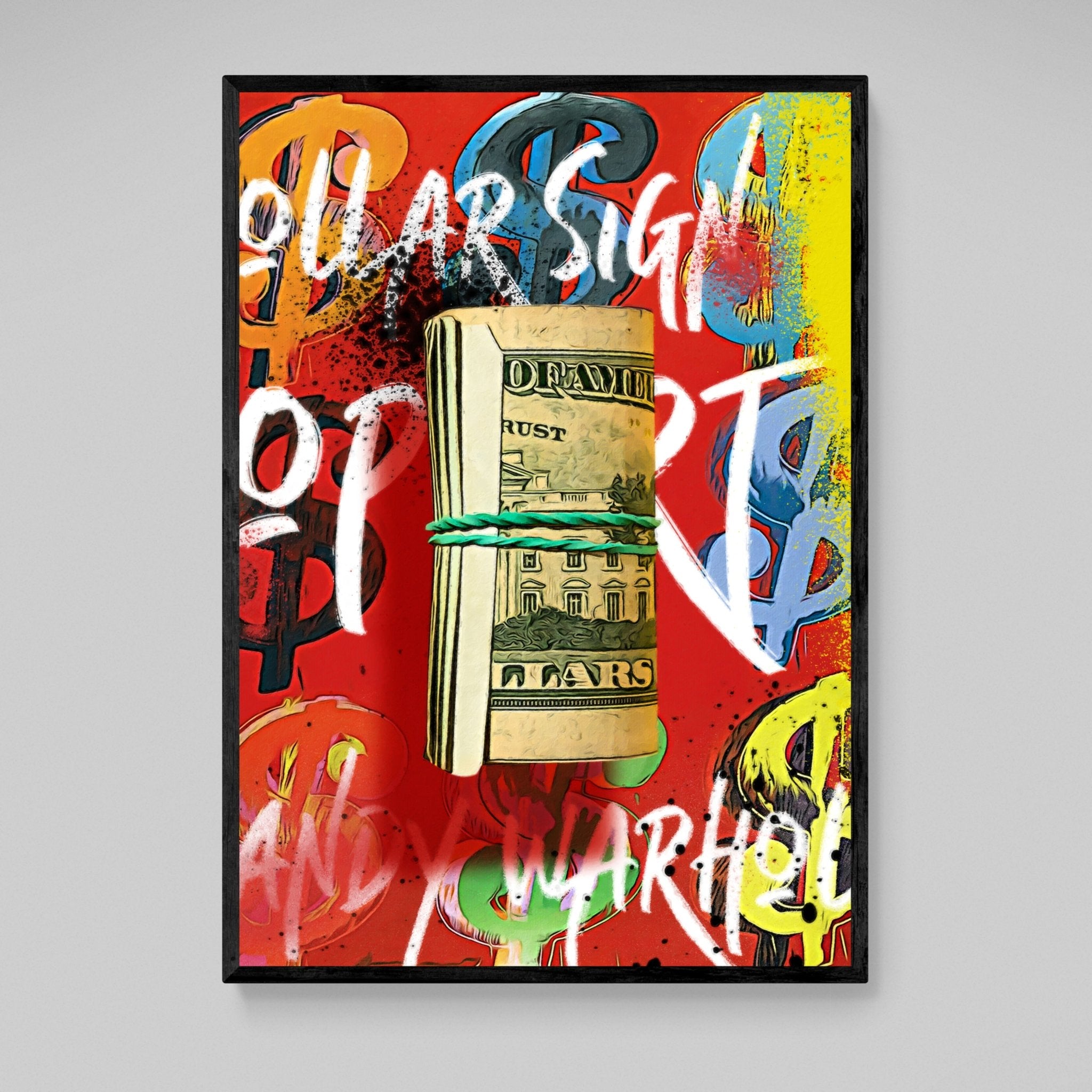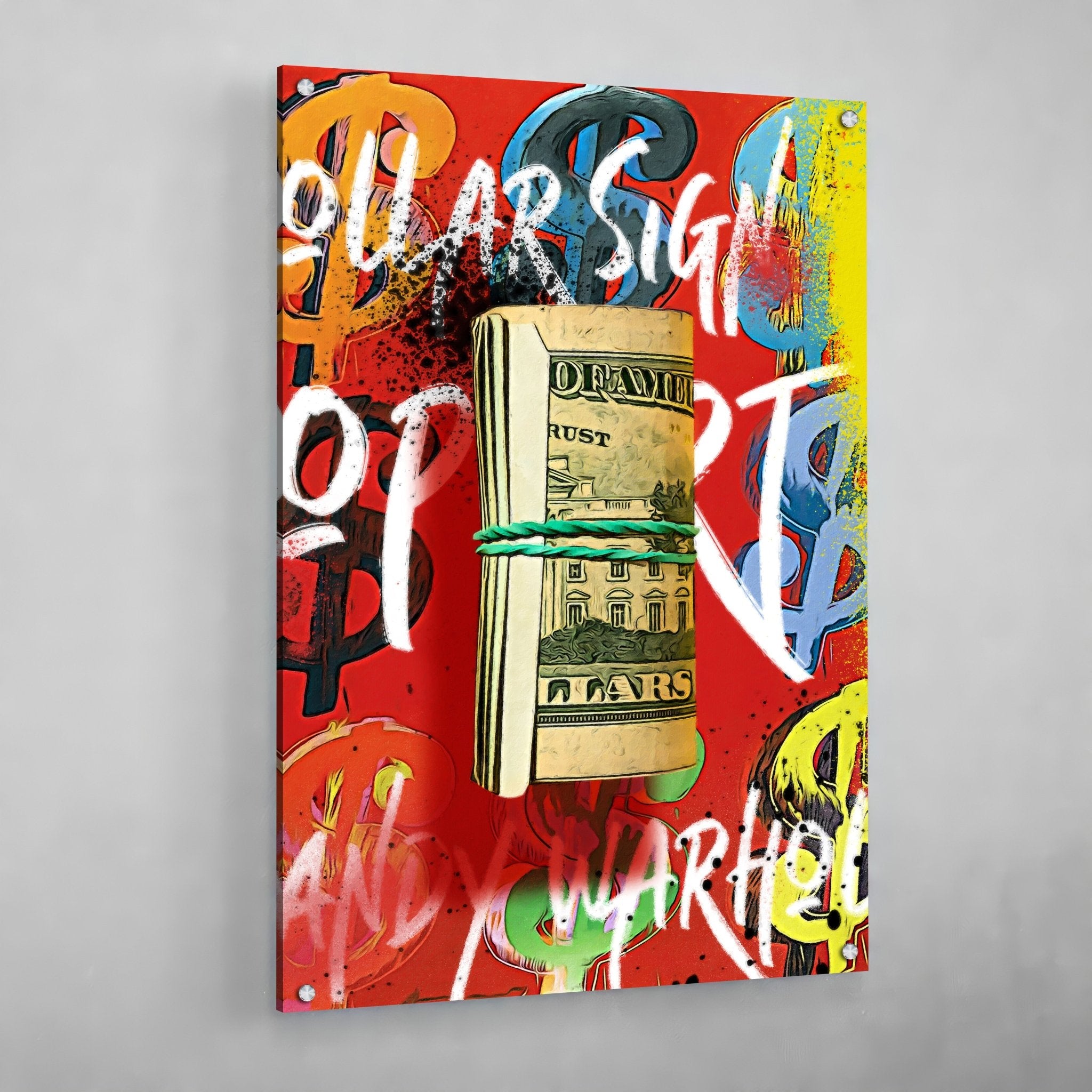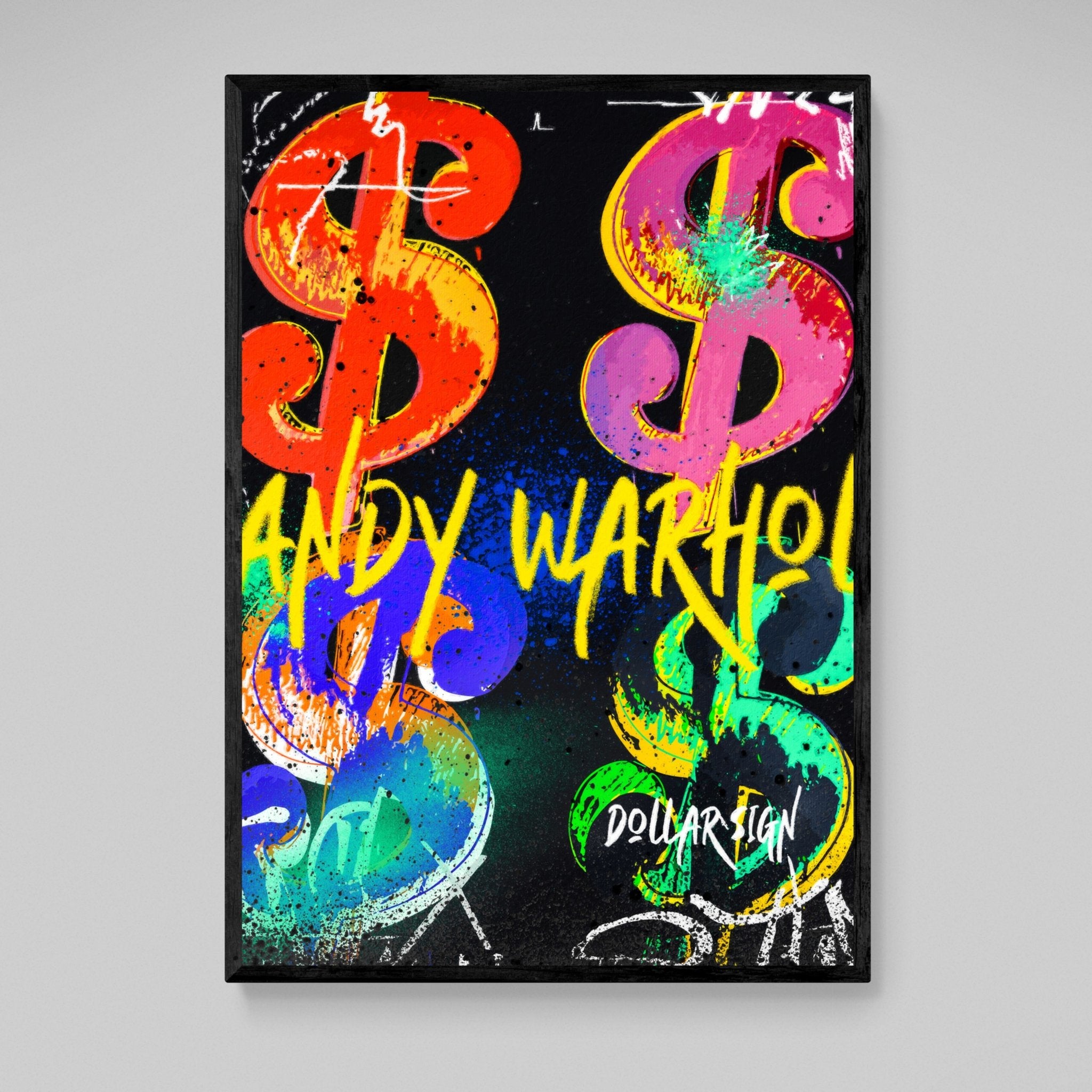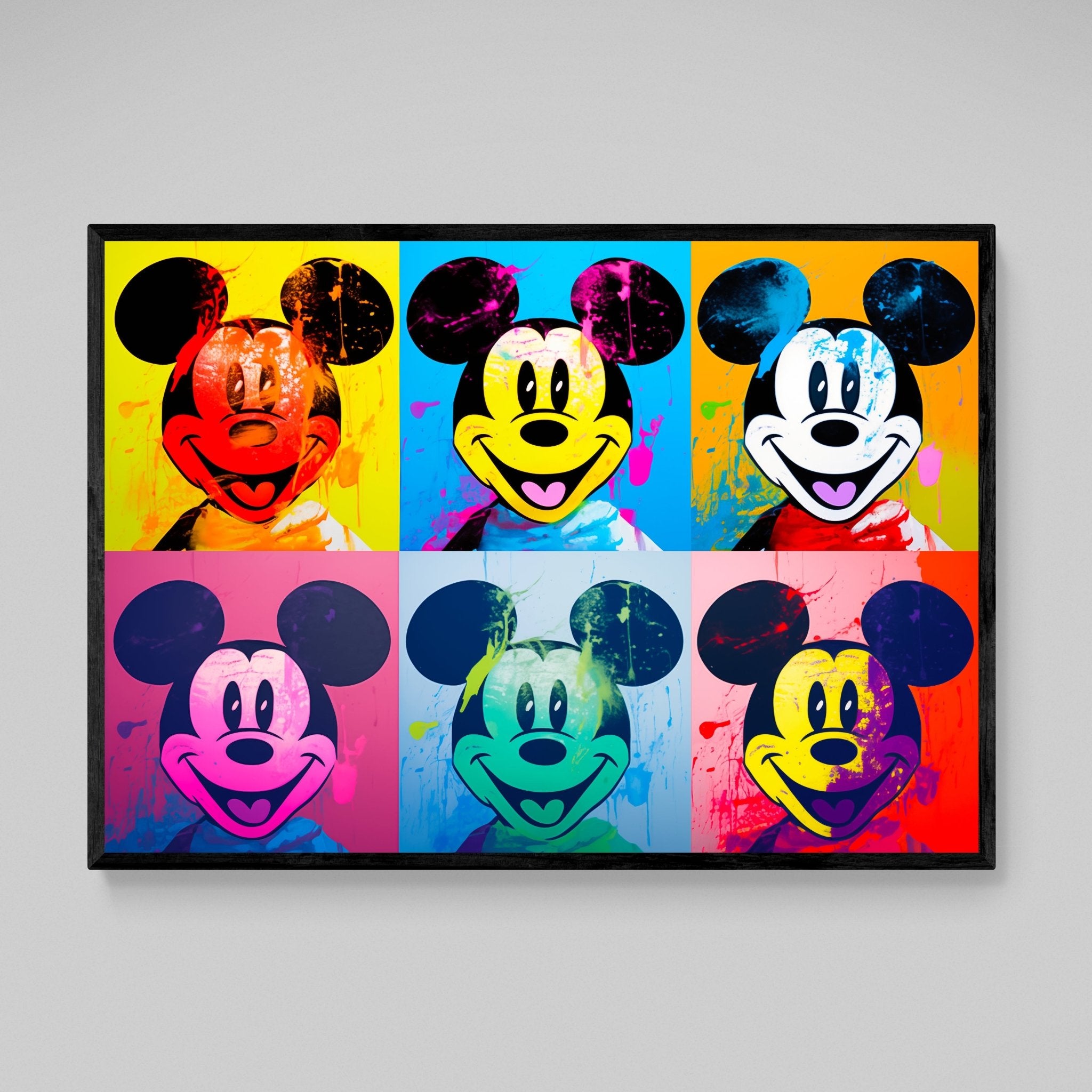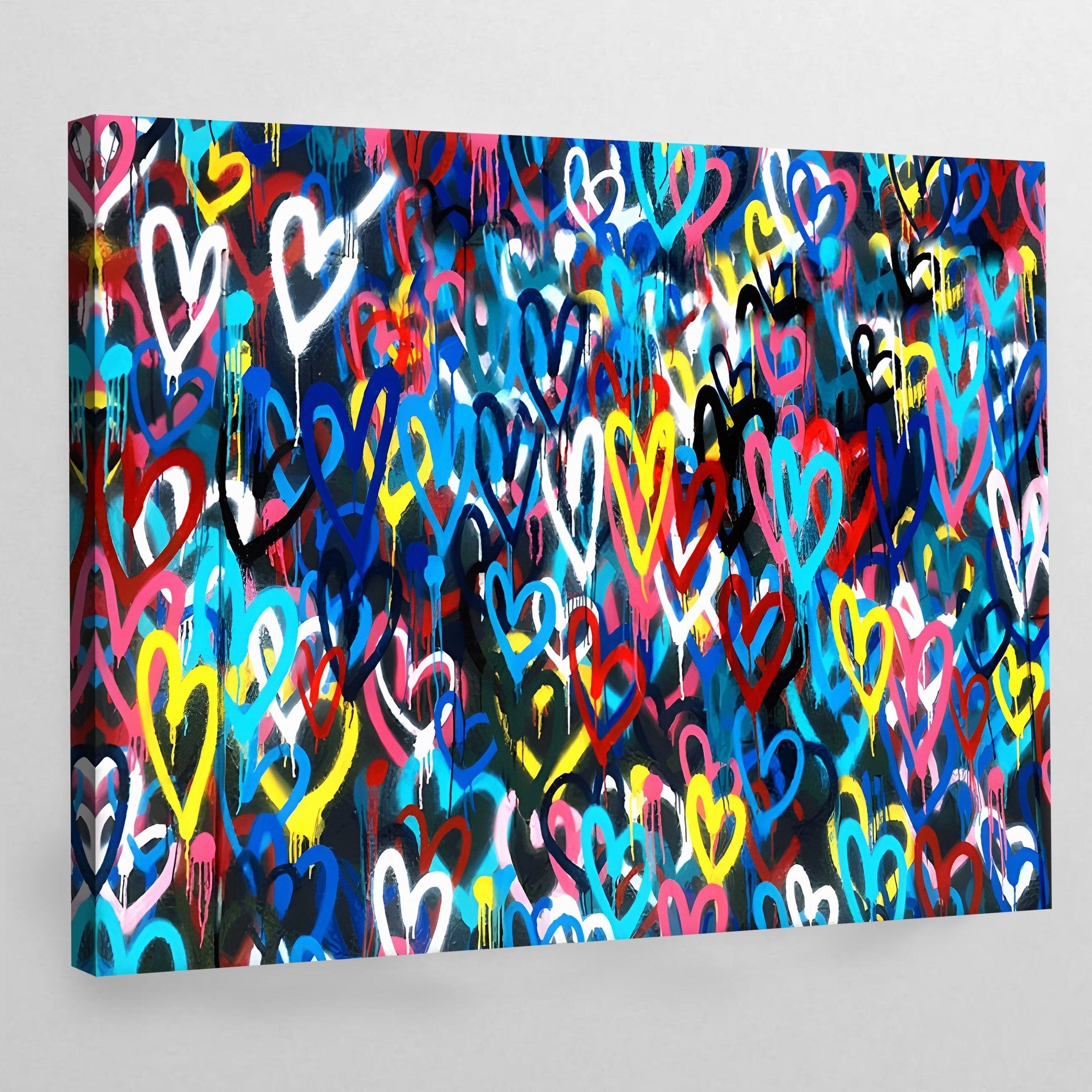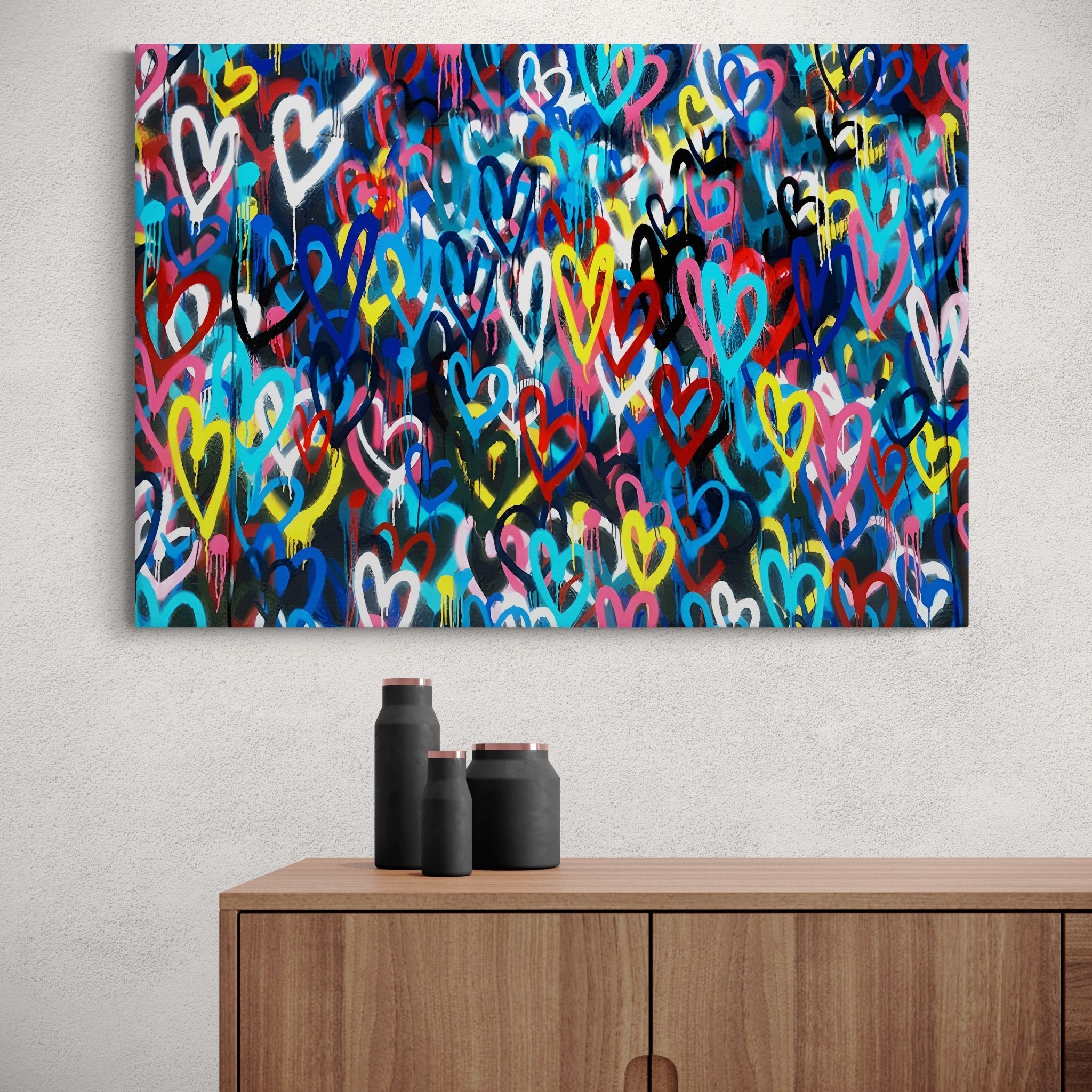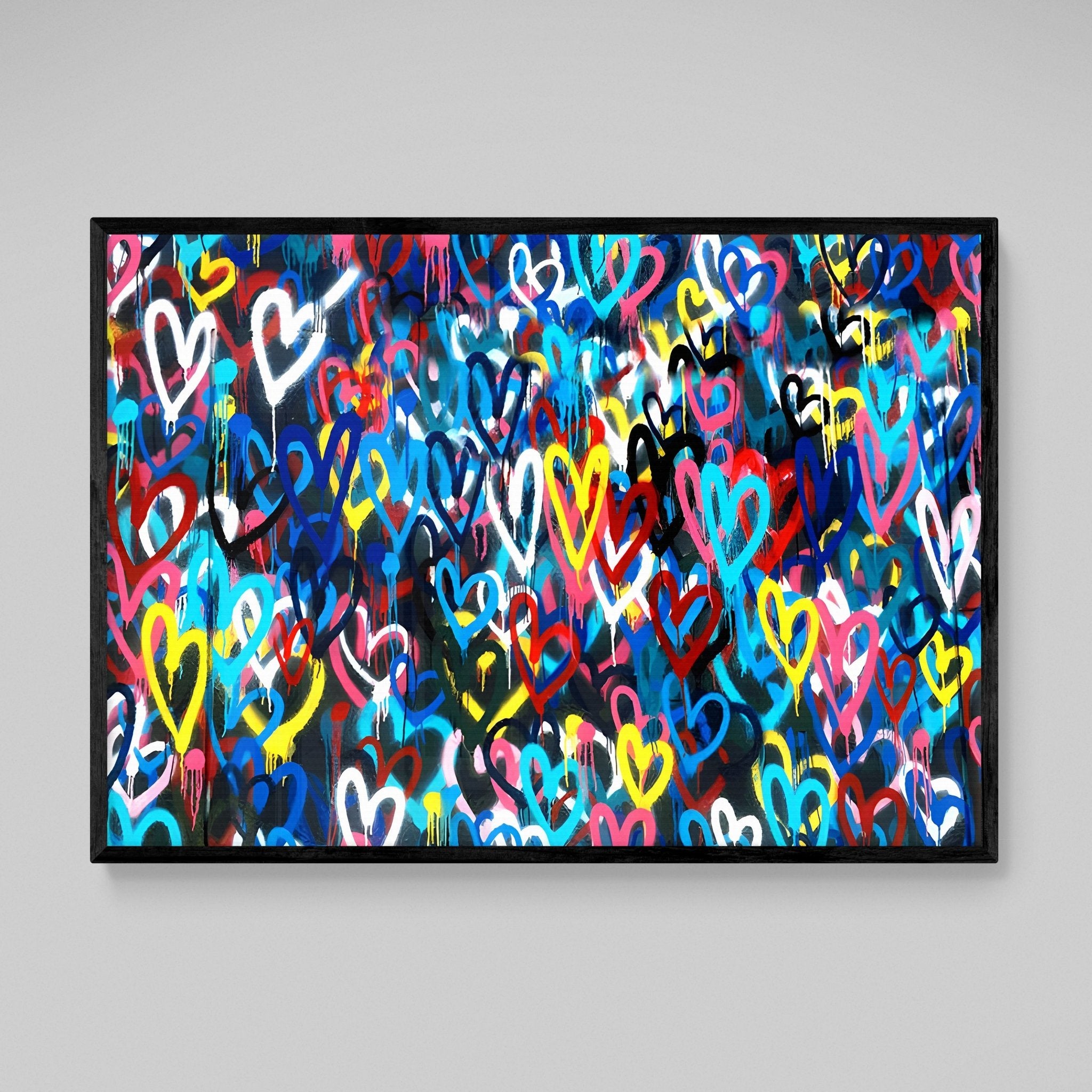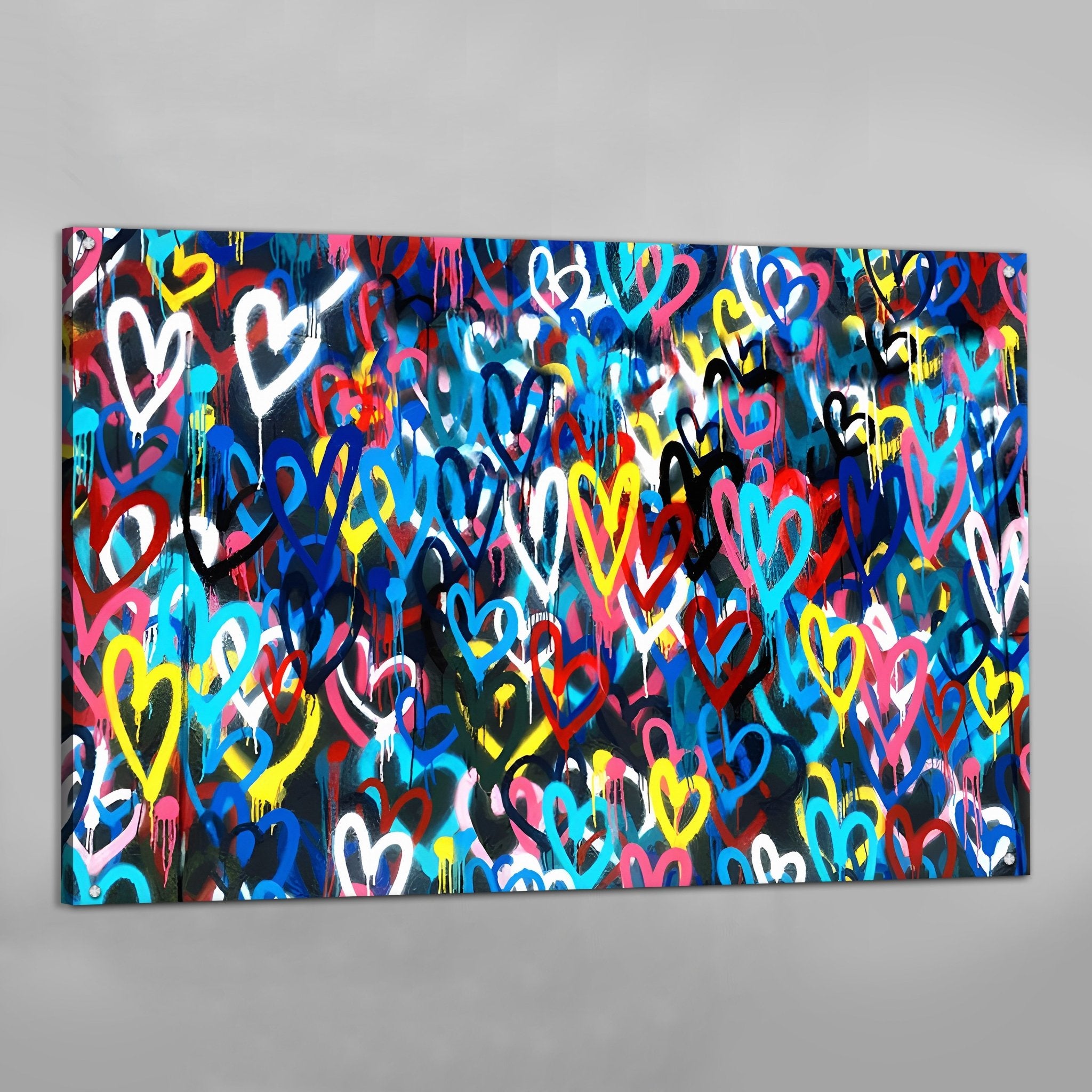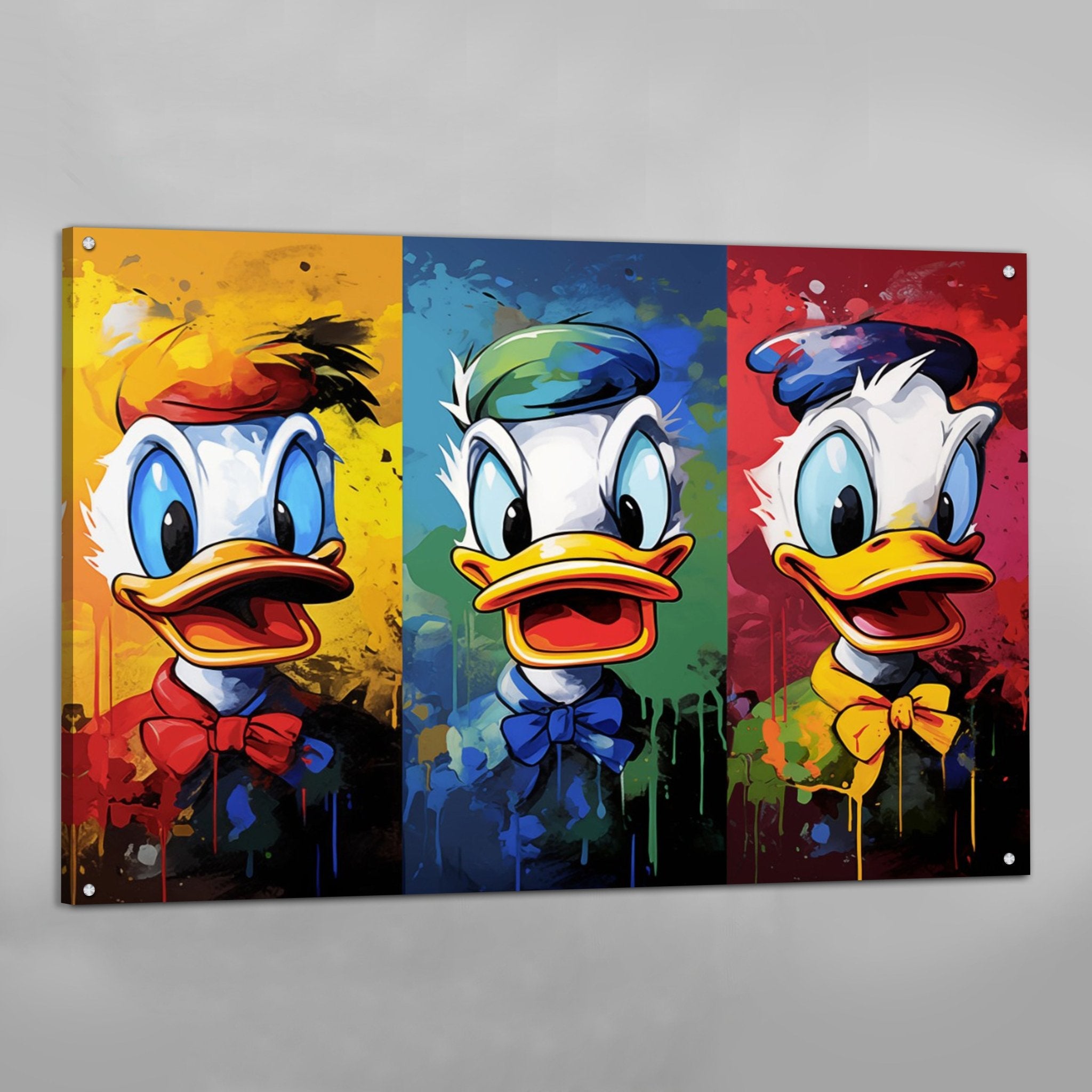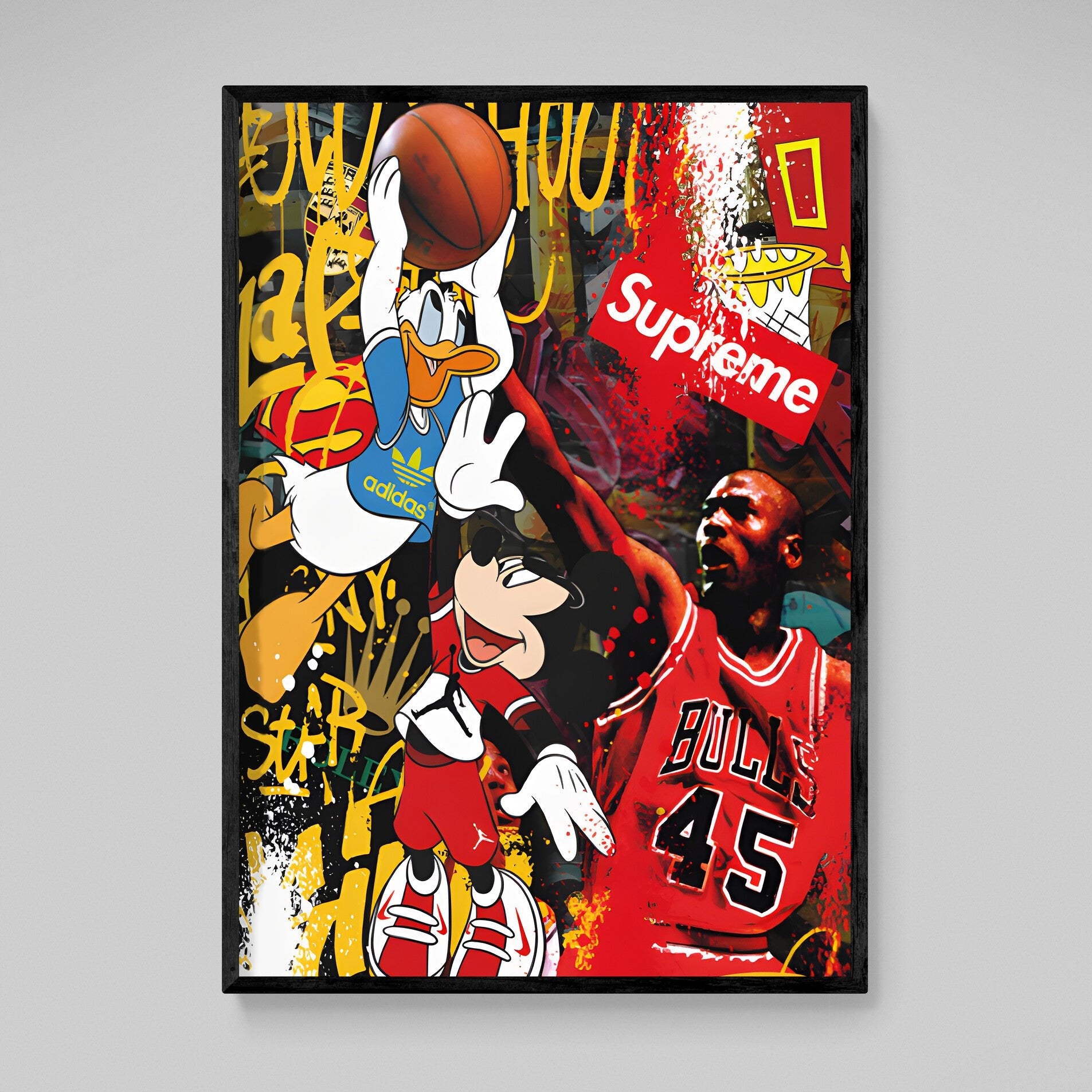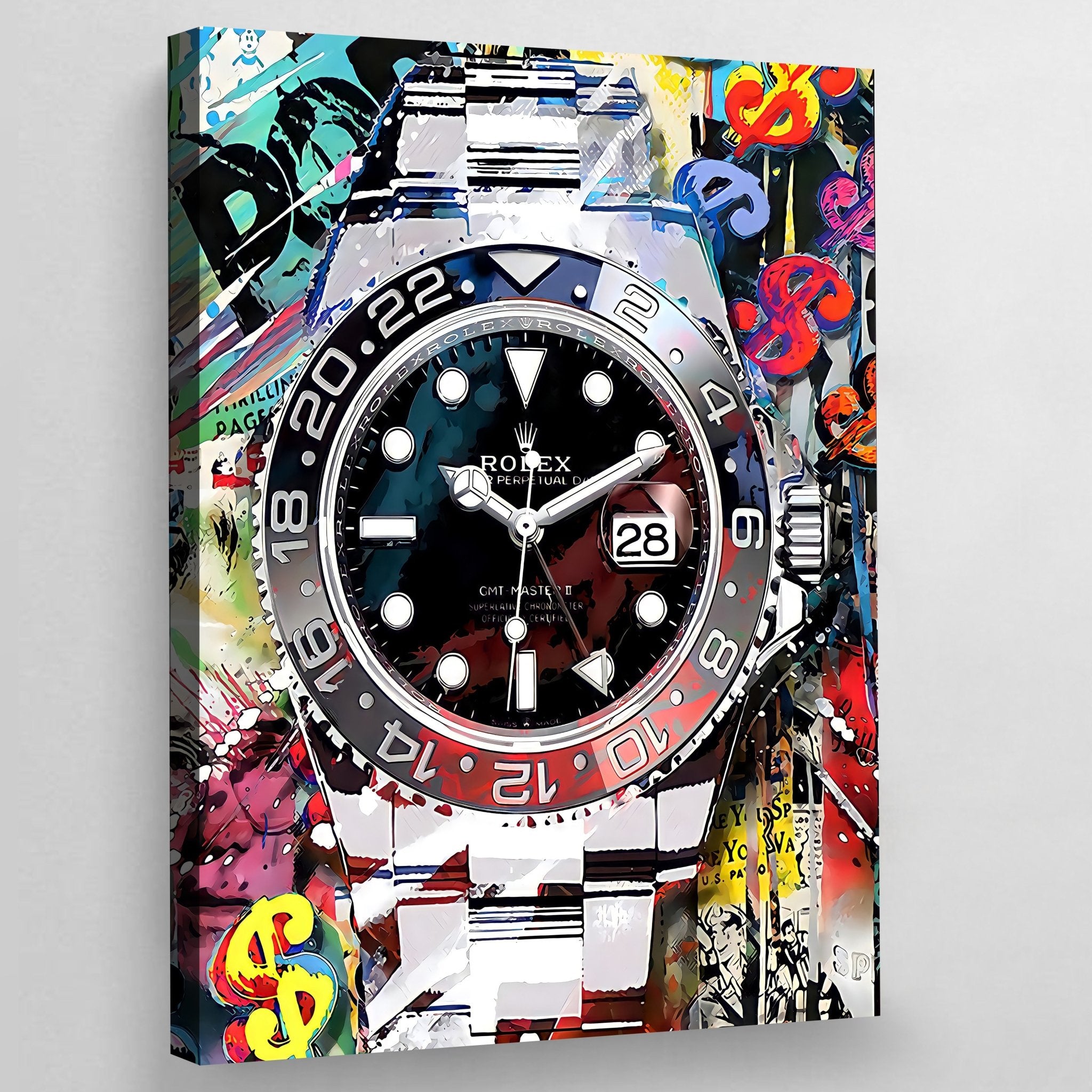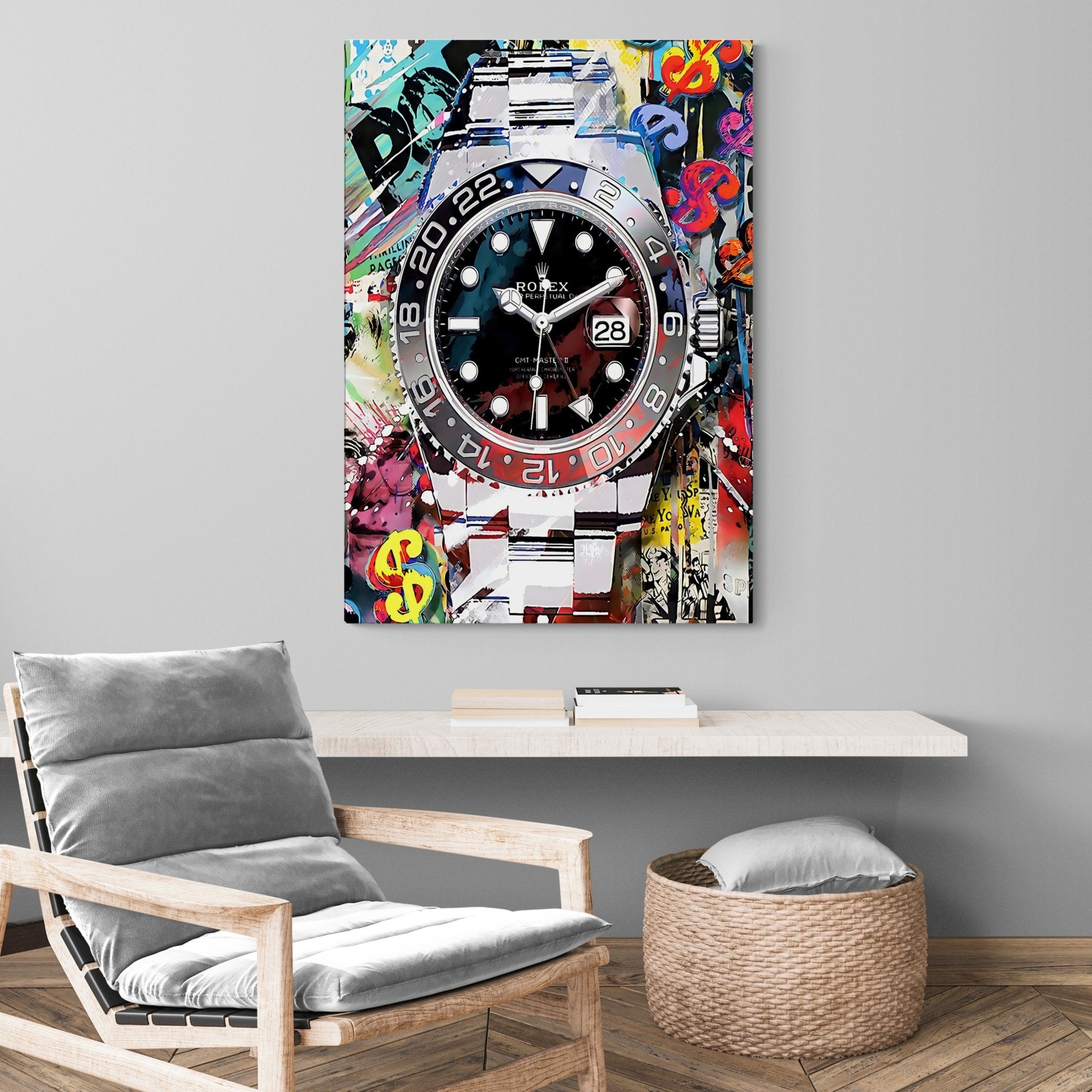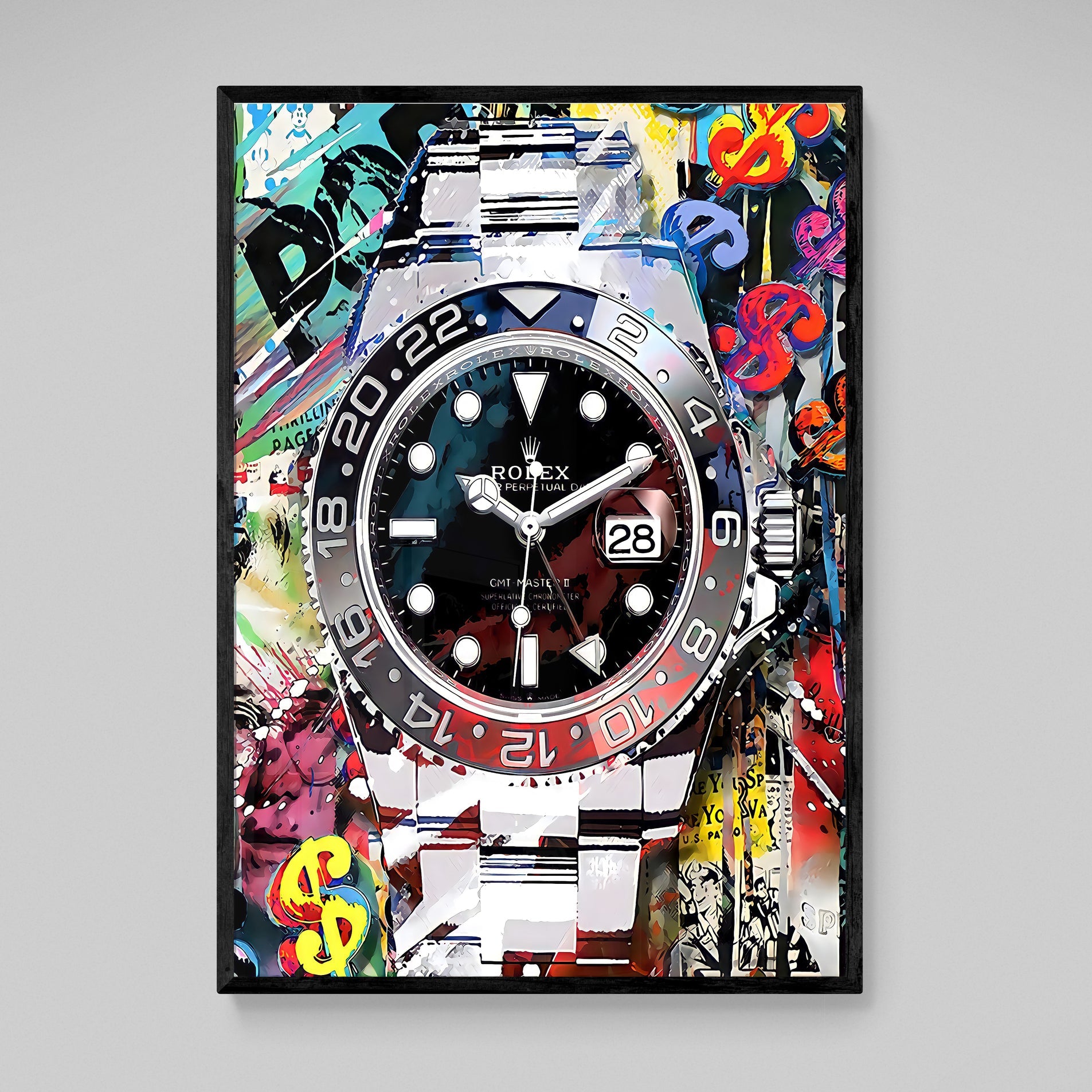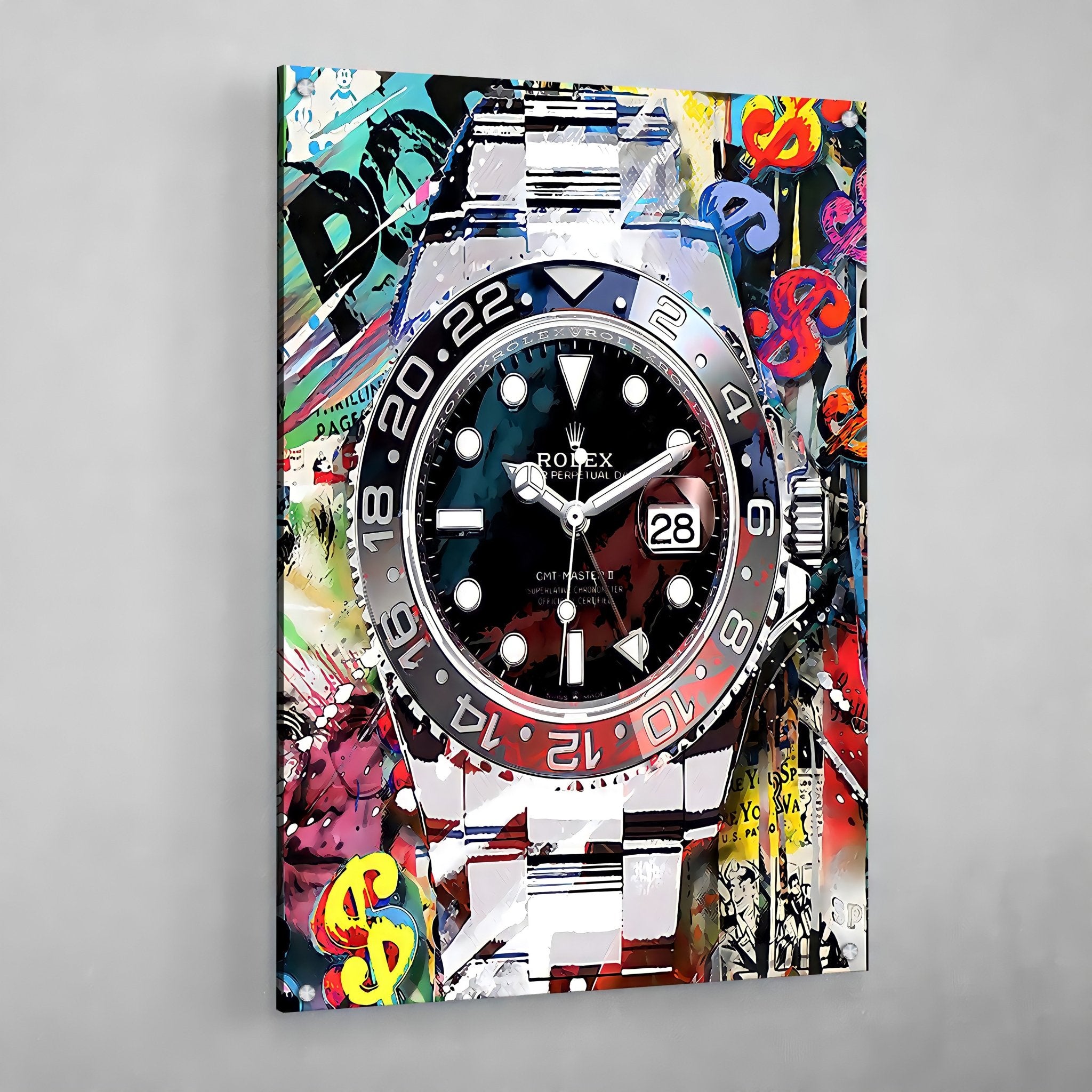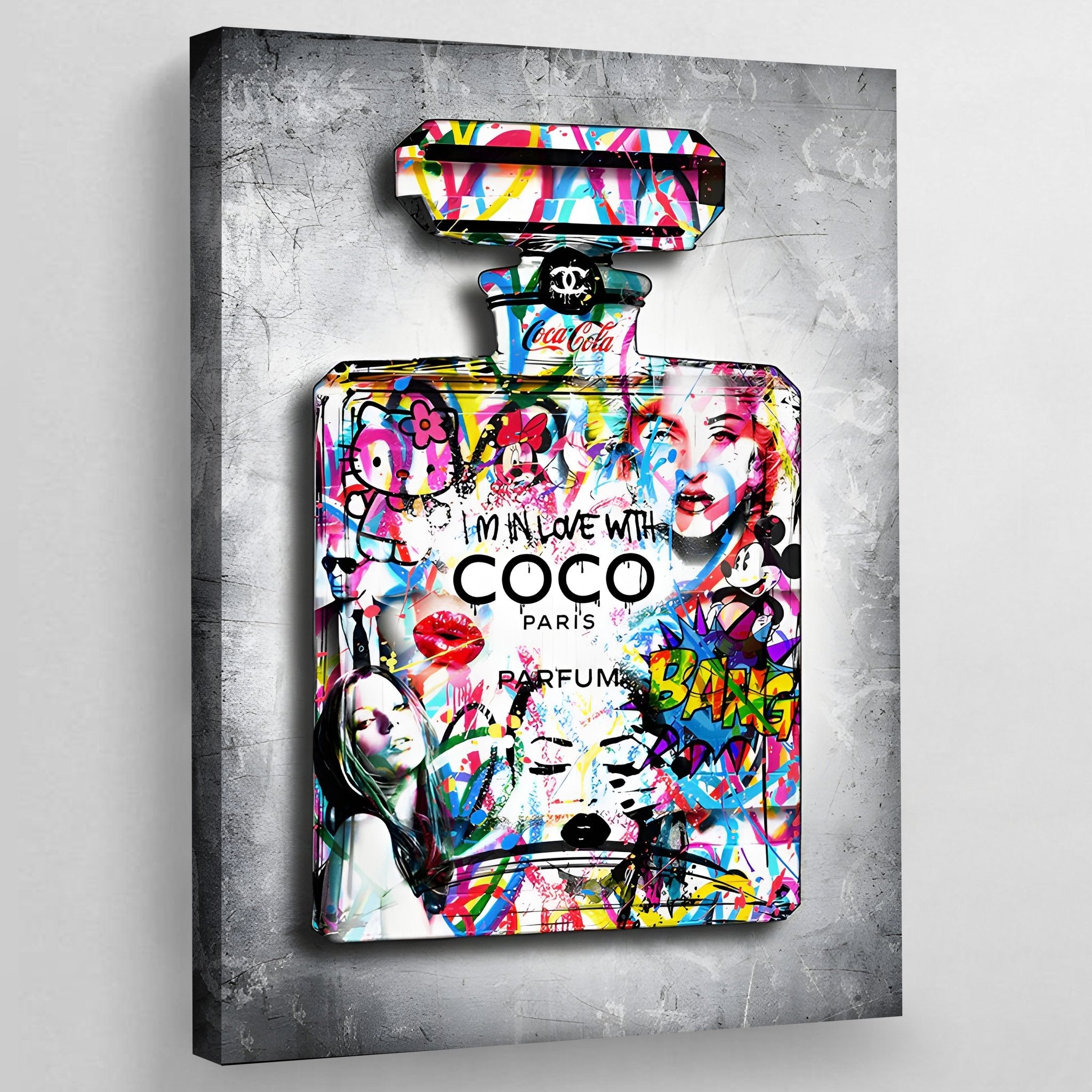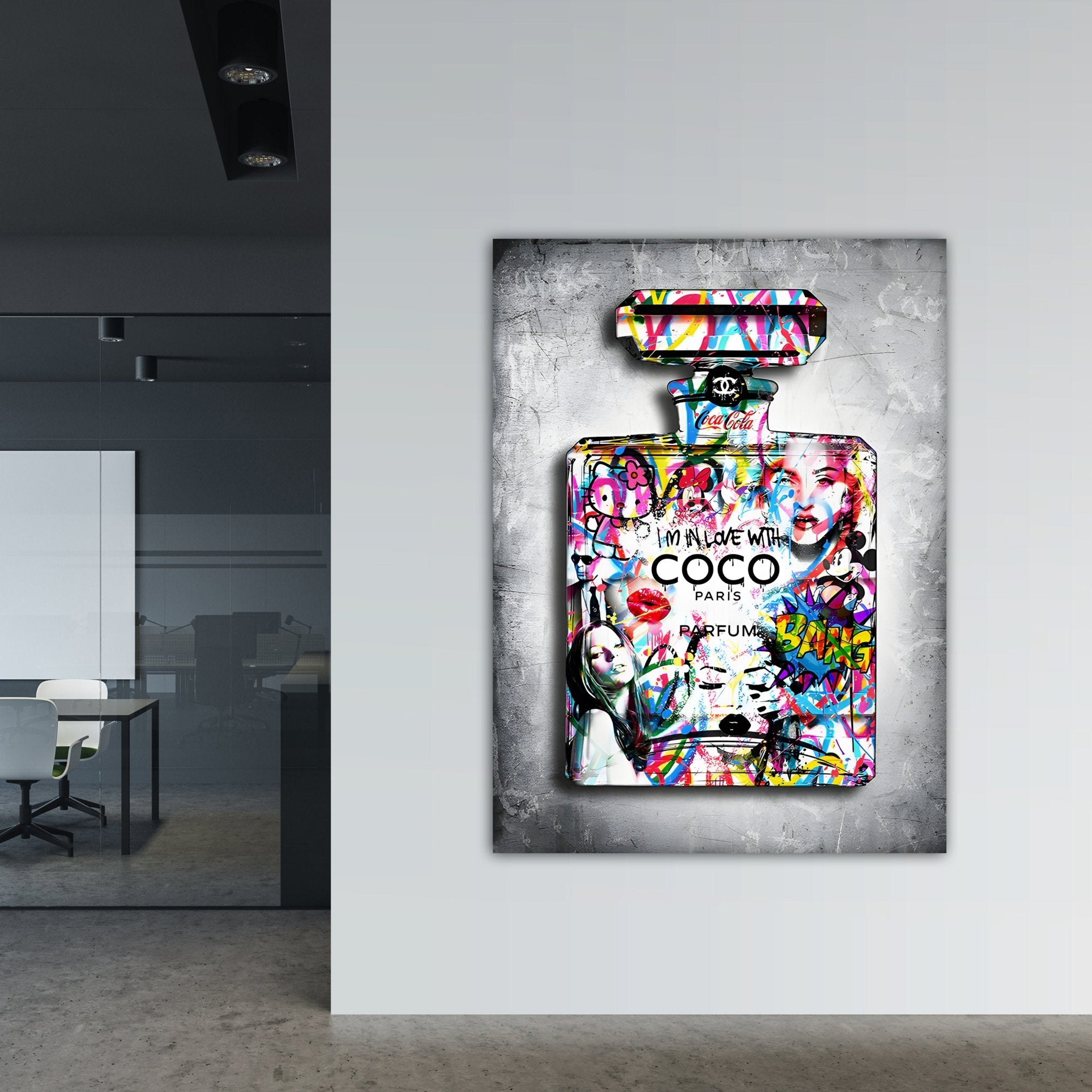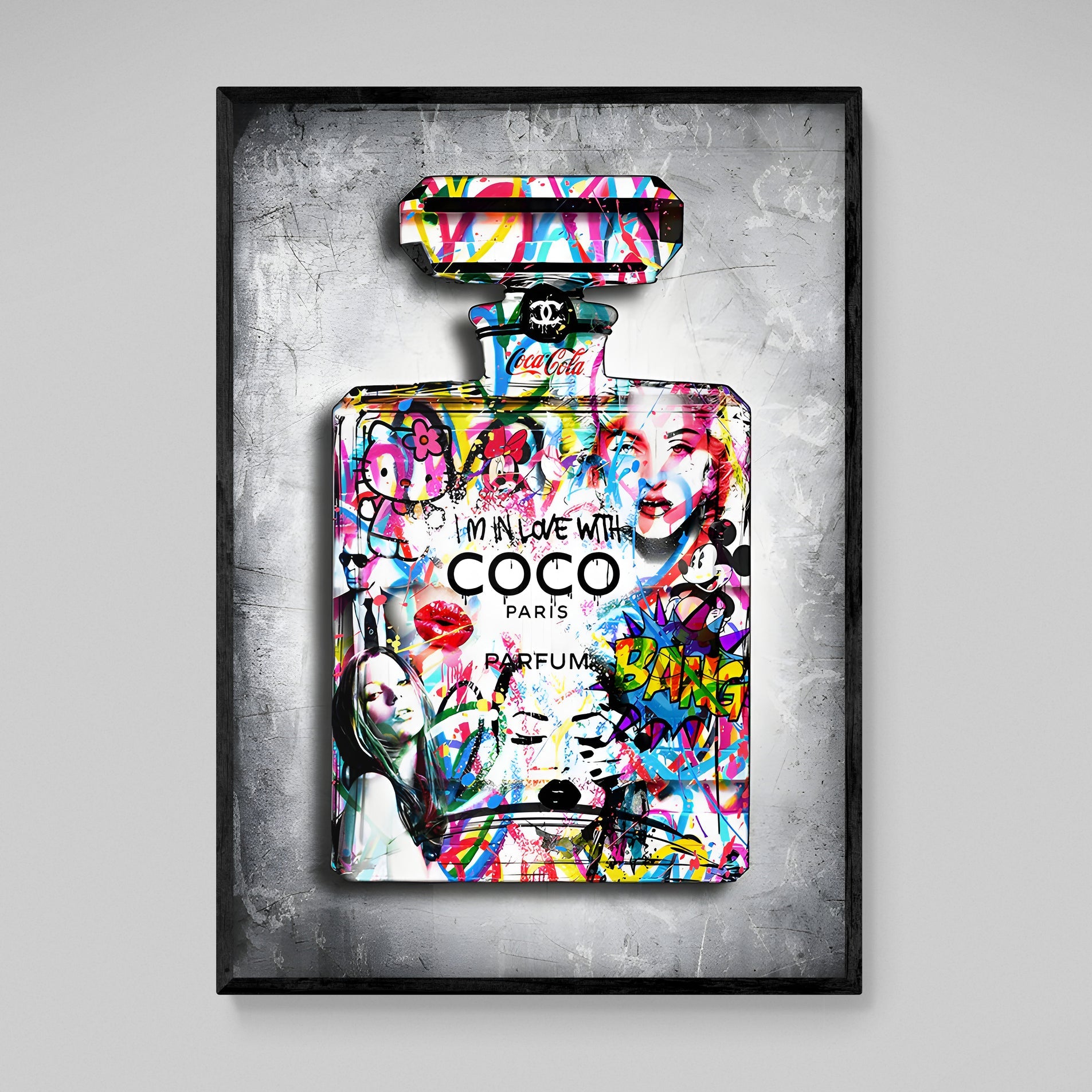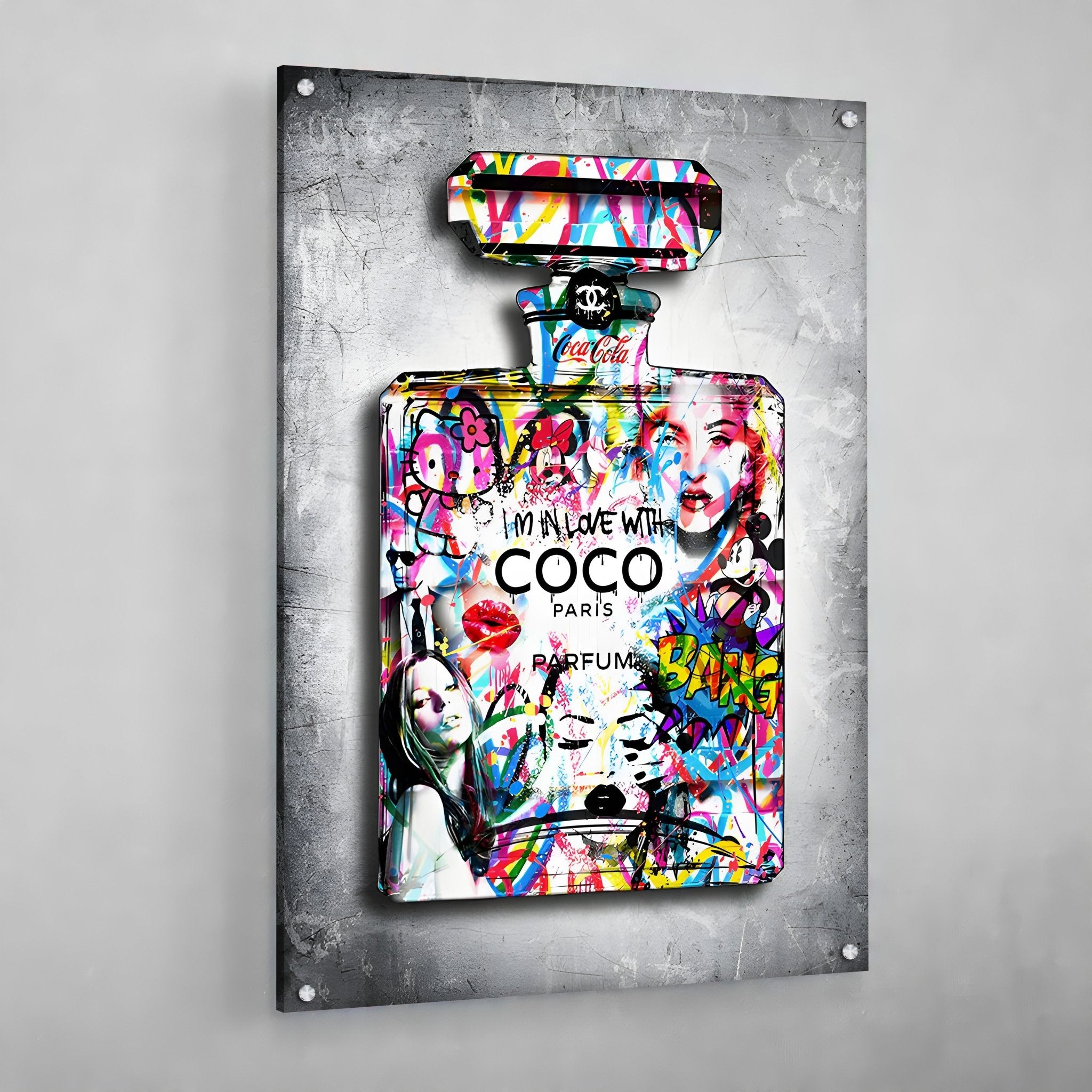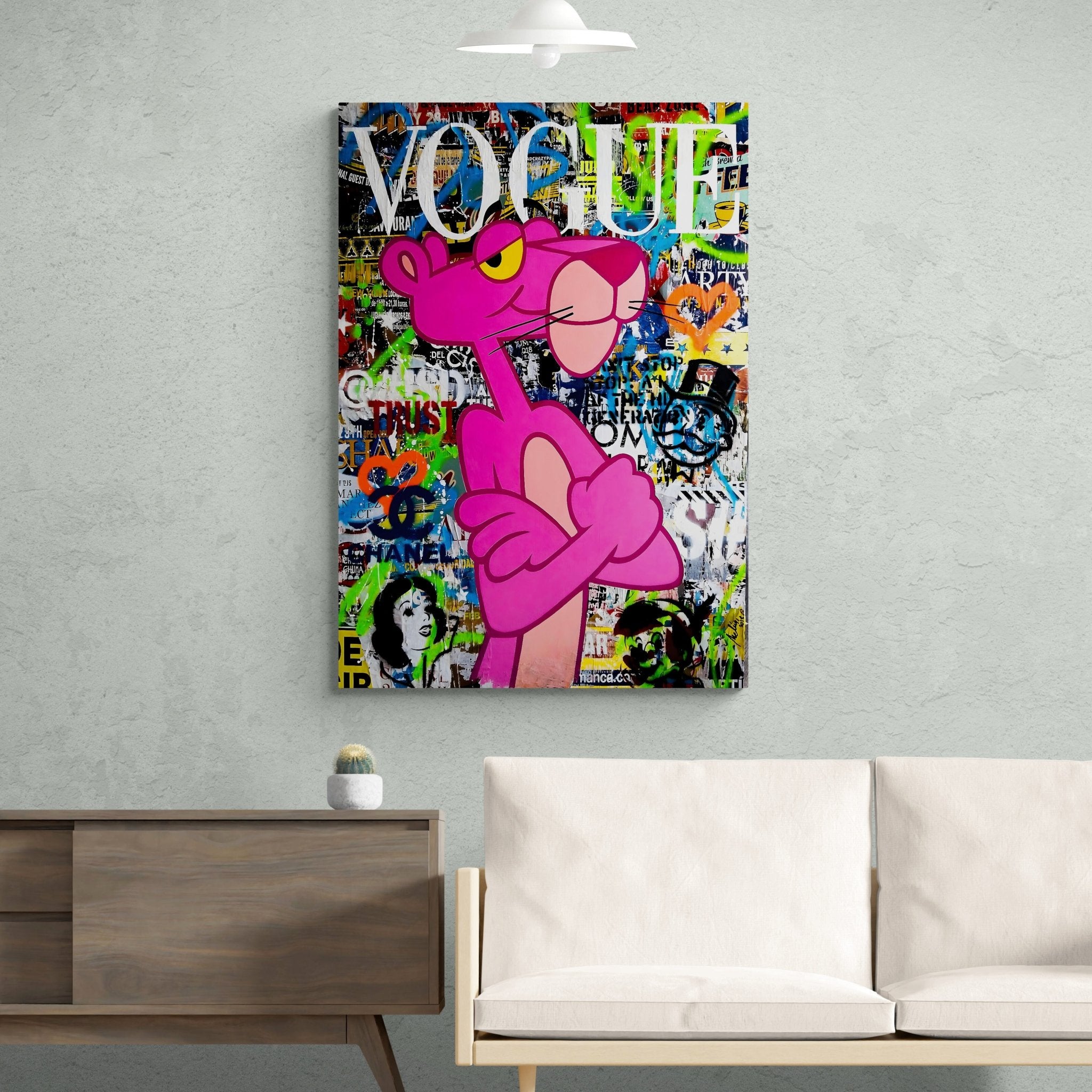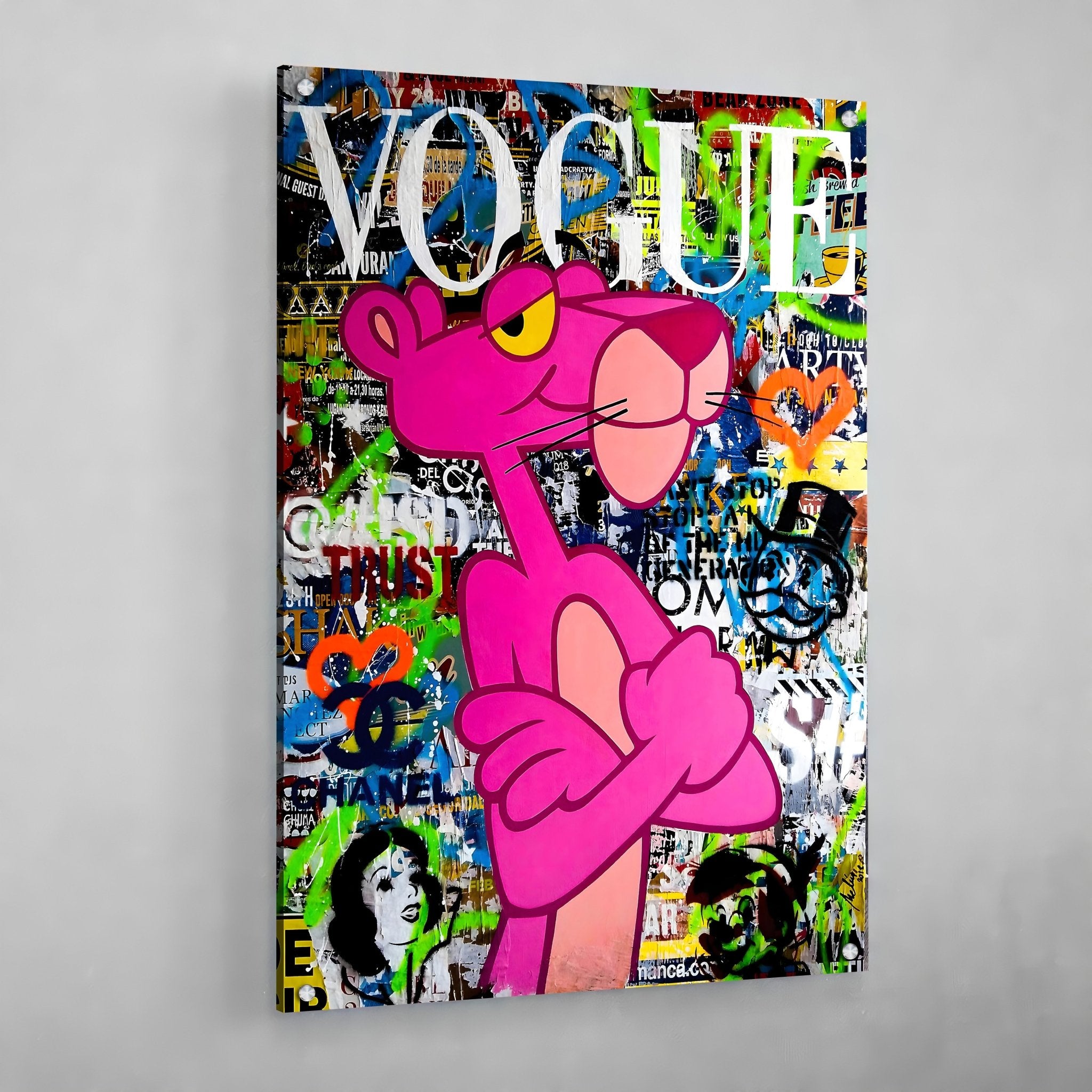Pop Art Andy Warhol Canvas Art
Andy Warhol Jean Michel Basquiat
Jean Michel Basquiat Andy Warhol
Jean Michel Basquiat Self Portrait
Why Pop Art Canvas Décor?
Ever wondered how to transform your walls with a bold statement—one that blends high-end style with accessible pricing? Welcome to the vibrant world of pop art canvas décor, a realm where modern culture meets artistic rebellion. At Luxury Art Canvas, we believe that exceptional, American-made pop art prints can be enjoyed by everyone—no matter the budget. Through a passionate commitment to quality and sustainability, we strive to bring you print creations that echo the spirit of pop art's iconic roots, all while offering an affordable way to personalize your space with stunning pop art wall decor.
From Rebellious Origins to Bold Expressions: The History of Pop Art
The Birth of a Revolutionary Movement
Bursting onto the scene in the 1950s, pop art shattered the rules of the art world by turning everyday objects—like soup cans, comic strips, and celebrity portraits—into iconic imagery. This groundbreaking movement emerged simultaneously in Britain and the United States, challenging traditional notions of what constituted "high art."
Legendary Pop Art Pioneers
Andy Warhol (1928-1987) - The undisputed king of pop art, Warhol revolutionized the art world with his silk-screen prints of Campbell's soup cans, Marilyn Monroe portraits, and Coca-Cola bottles. His Andy Warhol style canvaspieces demonstrated that art could be mass-produced while maintaining its cultural significance. Warhol's factory-like approach to art creation directly inspires our commitment to accessible, high-quality pop culture canvas art.
Roy Lichtenstein (1923-1997) - Famous for his comic book-inspired paintings featuring Ben-Day dots and bold primary colors, Lichtenstein elevated commercial art techniques to fine art status. His work proves that pop art wall decor can be both sophisticated and playful.
Keith Haring (1958-1990) - Known for his vibrant, energetic figures and graffiti-inspired aesthetic, Haring brought pop art to the streets and galleries alike. His influence can be seen in our contemporary street art-inspired collections.
Jean-Michel Basquiat (1960-1988) - Bridging the gap between street art and fine art, Basquiat's neo-expressionist style incorporated pop culture references, social commentary, and raw urban energy into museum-worthy pieces.
These pioneers used bright colors and witty references to bridge the gap between highbrow aesthetics and popular culture, fueling a rebellious energy that still resonates today. Our pop art prints collection carries that same creative spark—alive with explosive color and imaginative twists—to transform your home into a statement of individuality. By choosing our pop art canvas pieces, you're not just decorating; you're igniting the spirit of bold self-expression that has defined pop art for generations.
The Power of 100% American-Made Pop Art Canvas
Our custom pop art canvas offerings are proudly produced in the United States, supporting local artists and craftsmen. Each piece is made with thoughtful care, ensuring it stands out as a high-quality yet wallet-friendly choice. By focusing on domestic production, we minimize our environmental impact while championing American artistry. With our custom pop art canvas options, you can pick designs that speak to your personality—making it even easier to give your walls a distinct, personal flair. The result? An engaging, conversation-starting piece that fuses creativity and value in a single masterpiece.
Explore Our Pop Art Canvas Collection
Seeking variety for your walls? Our expertly curated assortment provides a unique blend of bold expressions, sleek minimalism, and everything in between—allowing you to find the perfect pop culture canvas fit for any room in your home.
Canvas Prints, Framed Print, or Acrylic Glass – Pick Your Medium
Every space demands its own vibe. Love the tactile feel of pop art prints on canvas? Prefer the refined look of a framed print? Or perhaps the futuristic flair of acrylic glass suits your modern tastes. No matter the medium, each piece is meticulously reproduced to capture every detail of the original art, reflecting pop art's rebellious spirit. With choices ranging from traditional pop art canvas to sleek acrylic surfaces, you can effortlessly define the tone of your interior—be it eclectic or elegantly understated.
High-Resolution & Eco-Friendly Materials
Quality and sustainability go hand in hand at Luxury Art Canvas. Our pop art wall decor is printed with archival inks on environmentally responsible materials, so you can feel confident about your purchase. From our art canvas textures to our responsibly sourced frames, every component is designed to reduce environmental impact without compromising on the vibrant pop that makes each piece stand out. Expect rich colors, crisp lines, and a sustainable footprint—proof that high-end looks can indeed come at accessible prices.
Find the Perfect Pop Art Wall Art for Your Space
Wondering how to integrate pop art wall decor pieces into your current décor? Size, color palette, and placement all play crucial roles. By keeping these factors in mind, you'll land on an artwork that complements your style and enhances your living areas.
Size and Scale – From Intimate to Statement-Making
Choosing the right dimensions can mean the difference between a piece that seamlessly fits and one that overpowers your layout. Our collection offers sizes from 12x18 inches for cozy nooks to large pop art canvas pieces up to 28x40 inches for rooms begging for a statement piece.
Small Pop Art Canvas (12x18 to 18x24): Perfect for bathrooms, hallways, or creating gallery walls with multiple pieces.
Medium Pop Art Prints (18x24 to 20x28): Ideal for bedrooms, home offices, or above furniture pieces.
Large Pop Art Canvas (24x36 to 28x40): Best for living rooms, dining areas, or any space that needs a dramatic focal point.
Seek balance: if you have subtle furnishings and minimal clutter, a large pop art canvas can serve as a dramatic focal point; if your room already brims with personality, try a smaller print that tastefully enhances the overall look. Either way, your new pop art canvas addition will inject a spark of creative energy into the space.
Thick Frame Options & Mirror-Printed Sides
Give your artwork an extra edge—literally. A substantial frame emphasizes the artwork's presence, creating a gallery-like effect on your wall. Alternatively, mirror-printed sides deliver a contemporary, seamless look. Both options are popular for pop culture canvas lovers seeking a polished yet bold finish. Coupled with the vivid details of the print itself, your room will resonate with the same audacious spirit that made pop art a household favorite in the first place.
Elevate Your Décor with Vibrant Pop Wall Art Canvas
Pop art isn't just about bright colors; it's about storytelling—fusing elements of mass media, celebrity culture, and everyday imagery to create something unforgettable. Whether you yearn for nostalgic references or an edgy urban look, each style can instantly elevate your home's décor.
Retro Icons, Graffiti Vibes, and Bold Color Palettes
From vintage-inspired Andy Warhol style canvas designs that pay homage to the 1960s through the '80s to dynamic, street art-influenced pieces, our collection caters to different tastes. Want to channel a graffiti vibe? Opt for designs that layer text and stencils, making it seem as if the city has come alive on your walls. Or maybe you prefer retro icons—think classic cartoons, old-school branding, or music legends. Pairing these theme choices with bold color palettes makes a clear statement: you appreciate both the roots and evolution of pop culture.
Minimalist vs. Impactful Pop Art Prints – Matching Your Interior
Finding harmony between minimalism and head-turning allure can be a balancing act. If you gravitate toward sleek lines and subdued hues, a minimalist pop art canvas can infuse personality without clashing with your existing aesthetic. Alternatively, an eye-popping, large pop art canvas piece can grab attention, perfect for wide-open spaces or modern settings that lean into a "wow" factor. Whichever path you choose, your pop art prints selection will reflect your individuality as well as the playful spirit of a movement that challenges norms.
Ready to Hang, Ready to Impress with Pop Art Canvas
Upgrading your walls shouldn't be complicated. That's why each of our pop art canvas pieces arrives fully assembled and ready to hang, turning a once-drab space into a stylish haven of creativity in just a few simple steps.
Quick Setup for Instant Impact
No complicated assembly or professional tools required—simply unbox, hang, and step back to admire the transformation. Whether it's your home office, hallway, or living room, vibrant pop art wall decor can breathe fresh life into your surroundings instantly. Think of it as a small investment of time for a lifetime of enjoyment and conversation.
Secure Payments, Free and Fast Shipping
We're committed to delivering both peace of mind and convenience. From secure online transactions to speedy, reliable free shipping, we work tirelessly to ensure your purchase arrives at your door in pristine condition. By offering quality pop art prints at prices that won't break the bank, our goal is to make upscale design accessible—proof that you can have premium artwork without a hefty price tag.
Why Choose Luxury Art Canvas for Your Pop Art Wall Art?
At Luxury Art Canvas, our mission is simple: to give you pop art canvas pieces you'll love at a price you can celebrate. We infuse every collection with artistic passion and top-notch craftsmanship, so you can confidently find the piece that elevates your interior.
FSC-Certified Quality & Sustainability
Caring for the planet is integral to our business. By adhering to FSC (Forest Stewardship Council) standards, we ensure our frames and packaging meet eco-friendly guidelines—so you can adorn your walls with amazing pop culture canvas art while helping preserve the environment. That means guilt-free flair for your home, all wrapped in the boldness that is signature pop art.
The Ultimate Fusion of Style and Durability
Every pop art canvas we produce marries style with longevity. From top-tier inks that capture the most vibrant hues to sturdy frames that maintain shape and form for years, our designs promise staying power. This reliability, combined with an array of styles—ranging from retro references to edgy, modern motifs—speaks directly to our vision: accessible, high-end aesthetic experiences for all. With Luxury Art Canvas, you get more than a simple purchase; you invest in a pop art wall decor statement that stands the test of time.
Feel free to reach out if you'd like guidance in finding the perfect piece or have any questions about custom pop art canvas sizing and framing. Welcome to the bold, innovative universe of pop art—made for anyone who dares to stand out, cherishes premium quality, and wants to showcase a slice of art history in their own space.
